At the beginning of the 20th century, the population of Portland, Oregon was nearly 100,000, and the city was developing with rapid economic growth and stable politics. In the 1890s, when the city annexed surrounding communities, its area grew, and the 1905 exposition celebrating the 100th anniversary of Lewis and Clark’s arrival brought national attention to the city. The Columbia River’s location at the junction of the main north-south route separating California from Puget Sound made Portland a valuable commercial center for producing forest, farm, and animal products of the Cascades, Willamette Valley, and Columbia River basin. The industry thrived after deepwater ports were constructed, the Northern Pacific transcontinental railroad was completed, and cheap hydroelectric power was introduced.
Below are some stunning historical photos that will take you back to the 1900s in Portland.
#1 Portland Heights Panorama, 1903
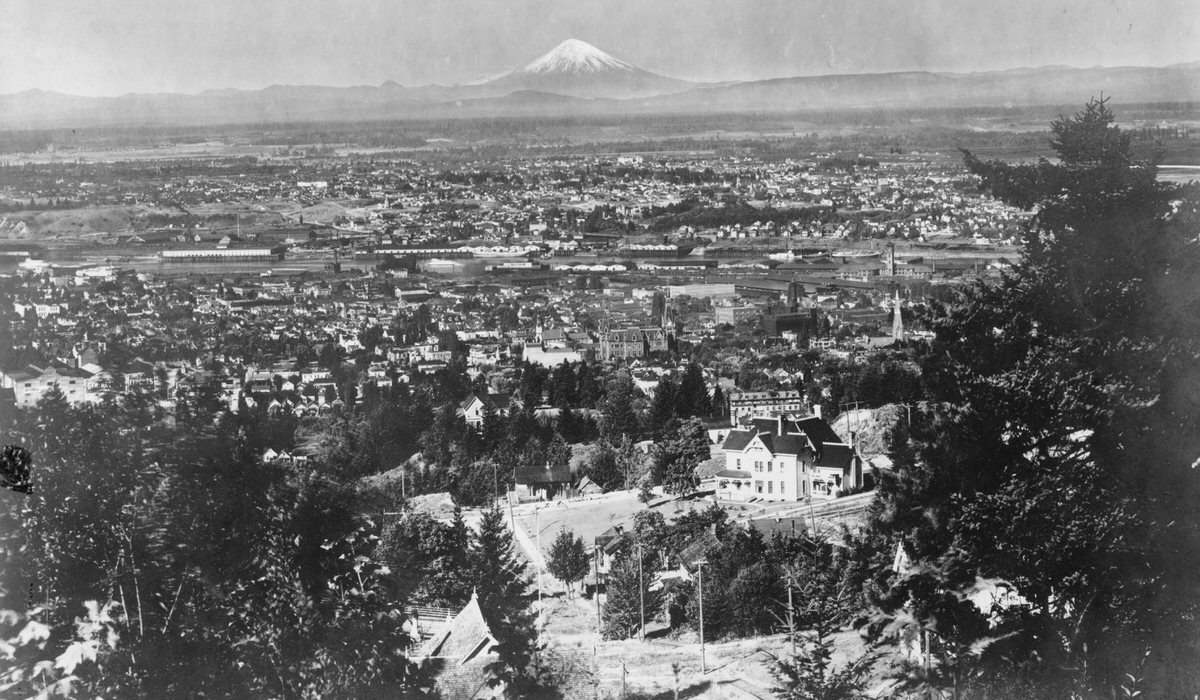
This lovely 1903 image from Portland Heights encompasses Goose Hollow on the left, Union Station on the right, out to Mount St. Helens in the distance. The large white residence near the center was the Monroe Bennett Rankin home. Mr. Rankin made his fortune in the timber industry and built this fine home in 1890 on the block bounded by SW 16th and 17th Streets, Clifton and Myrtle Avenues. It’s no longer in existence and the four homes now on that block date from the late 1930s.
#2 Portland Heights Illustrated Brochure, 1904
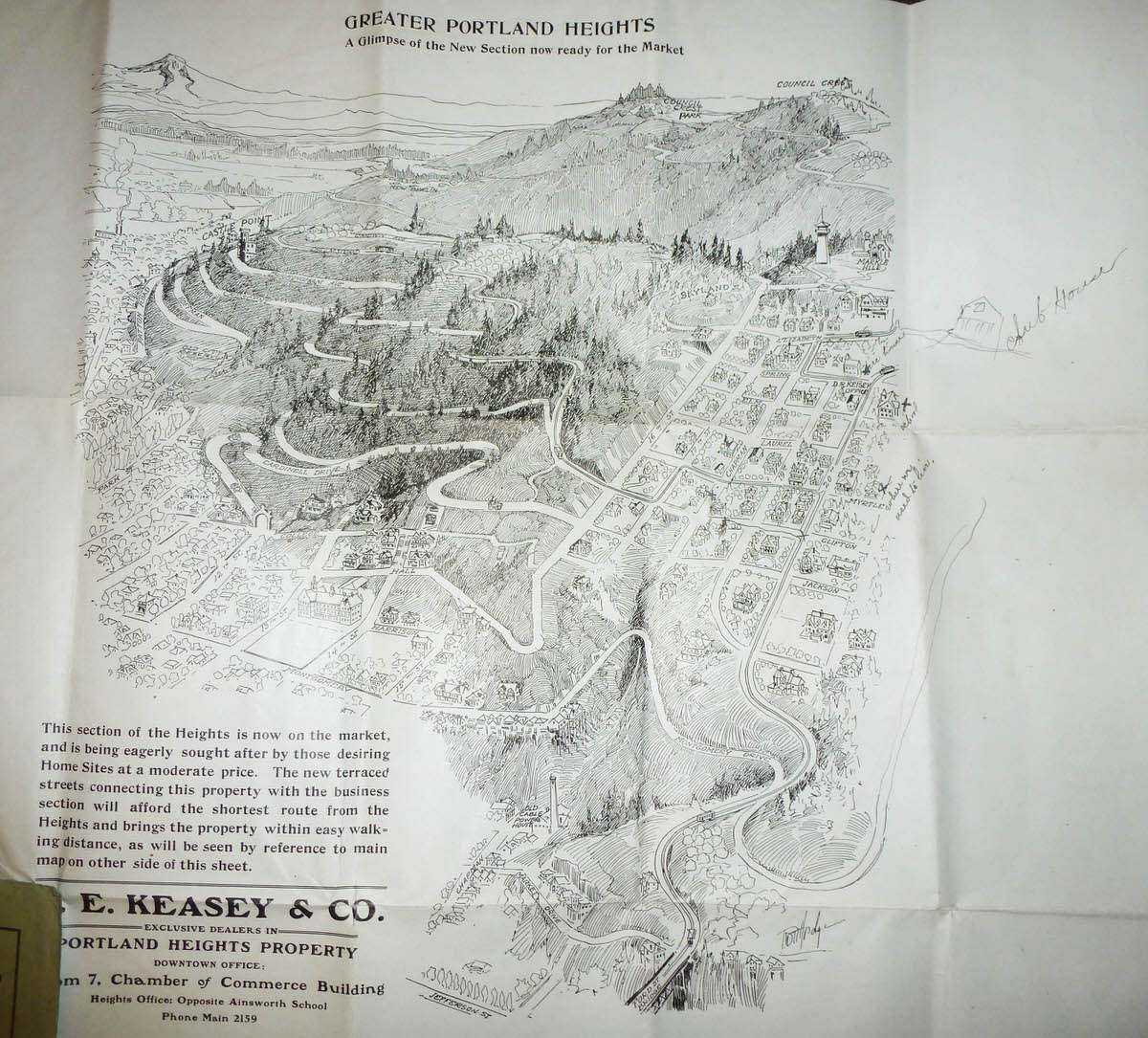
The D.E. Keasey & Co. real estate people didn’t just put out the ad shown here a couple weeks ago. They also distributed this beautiful hand-drawn illustration of Portland Heights and surrounding areas. The great perspective shows Ford Street Bridge (Vista Avenue Viaduct) in the lower right all the way to Council Crest and Castle Point in the distance.
#3 Washington Park Zoo, 1900
#4 Downtown from Portland Heights, 1900
#5 Lewis & Flanders Block, Ankeny Block, 1900
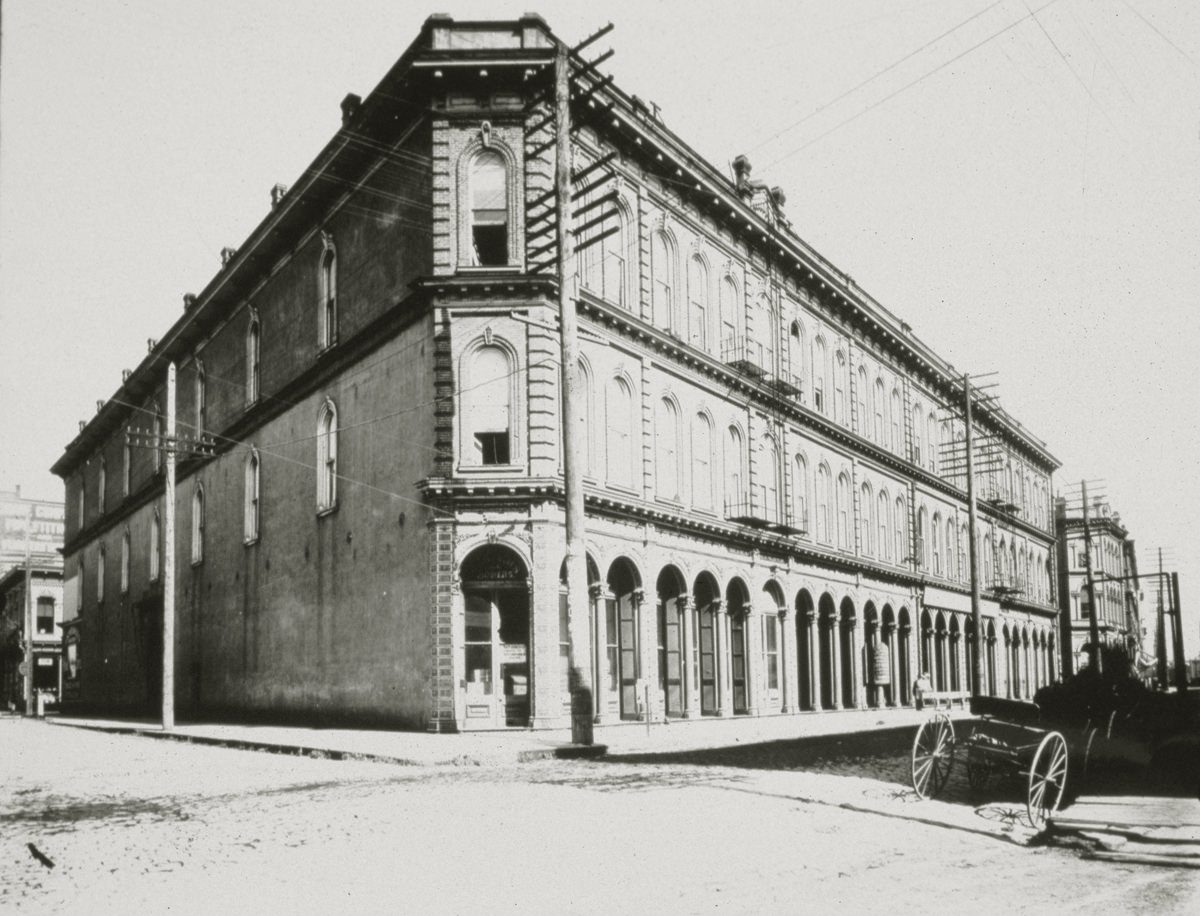
The 1869 Lewis & Flanders Block and the Ankeny Block were two buildings that shared the same external architectural detailing. They covered the entire block between SW Vine and Ash Streets, Front and 1st Avenue. Originally two stories, both buildings were increased to three stories at some point. The buildings were demolished in the 1940s and replaced with the Central Fire Station. Knapp, Burrell & Company were one-time occupants of the building.
#6 Kamm Block, 1900
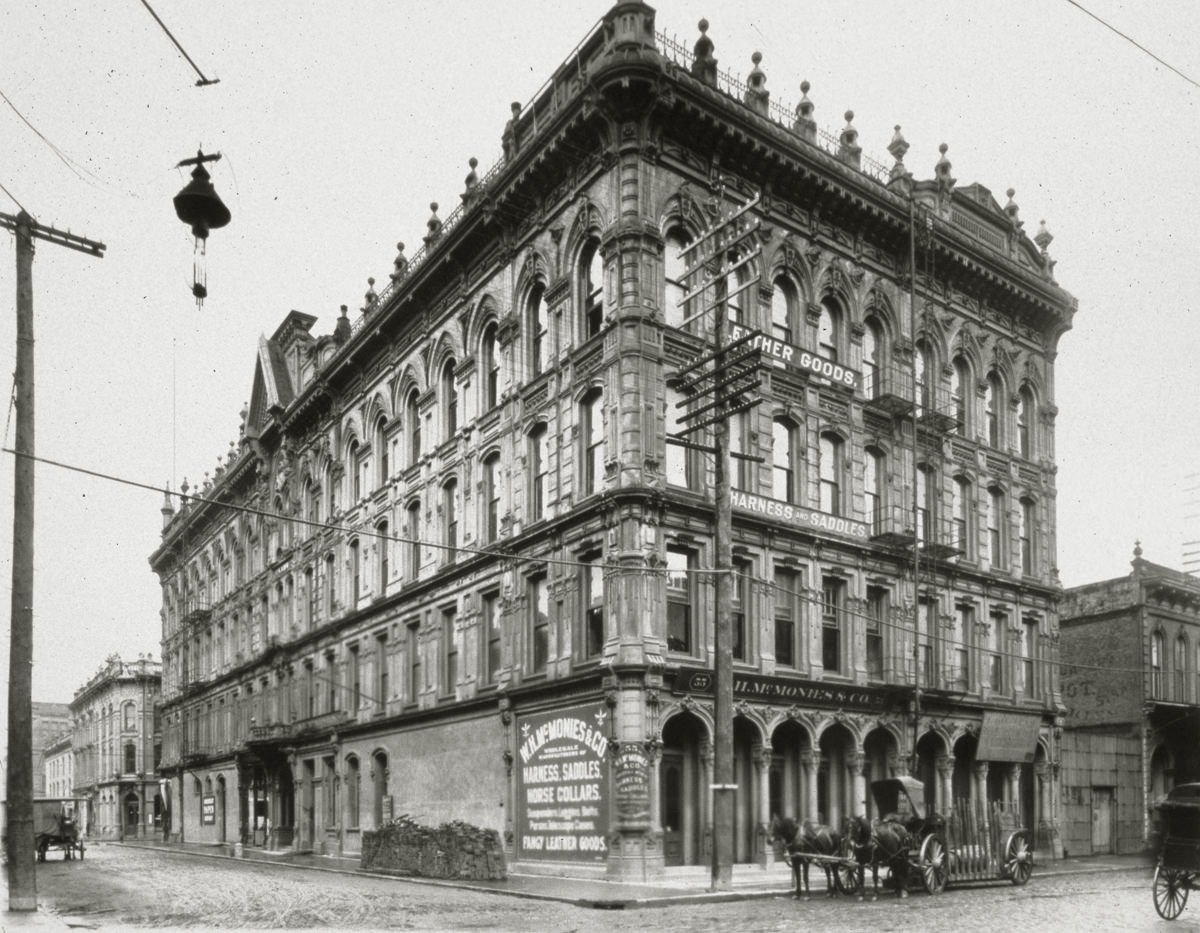
The 1884 Kamm Block was one of Portland’s most richly decorated cast-iron buildings. It was situated on the north side of SW Pine St. between Front and 1st Avenue; this undated photo looks northwest. The building had an imposing tower above its mid-block entry; an 1892 fire destroyed that. Another fire, this time in 1939, destroyed the eastern end of the building. The remaining, 1st Avenue end, was demolished in 1948.
#7 Morrison Bridge, 1900
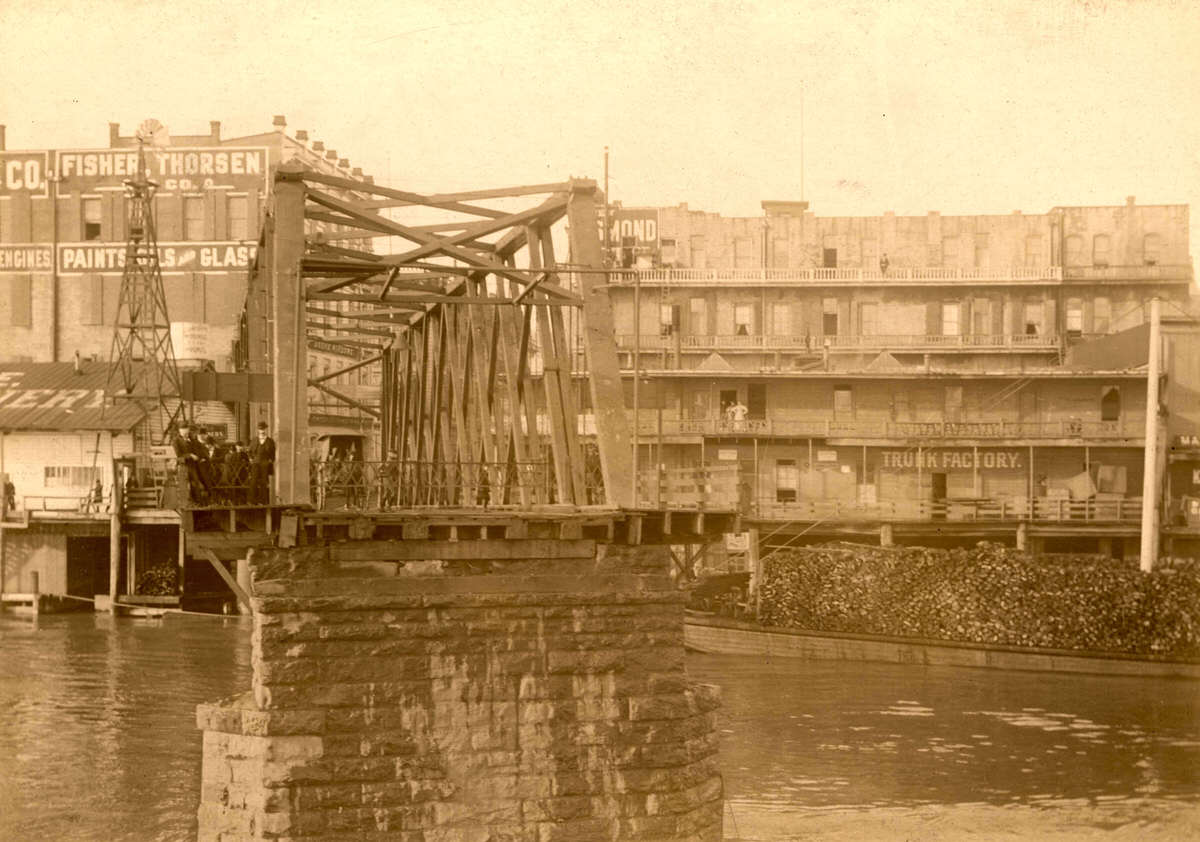
Today’s Morrison Bridge, completed in 1958, is actually the third Portland bridge to carry that name. The bridge shown here, a swing span bridge built in 1887, was Portland’s first bridge over the Willamette River and the longest west of the Mississippi River. The second Morrison Bridge, also a swing span, was completed in 1905. At that time it actually terminated on the west side at Morrison Street, as shown here (the present bridge lands between Alder and Washington).
#8 Hill Military Academy, c1901
#9 Thompson Elk Fountain, 1901
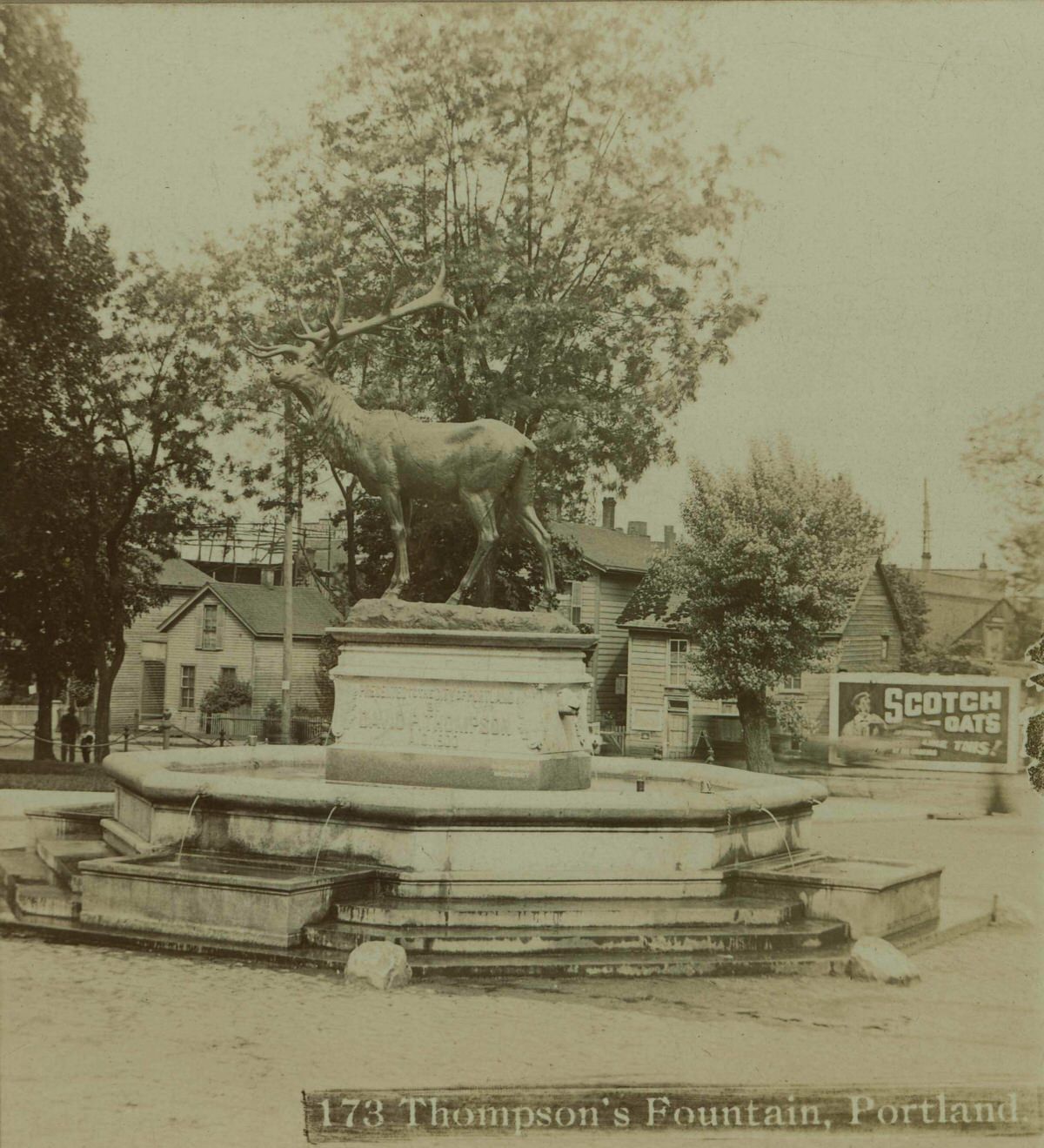
The Thompson Elk Fountain has stood in the middle of SW Main Street between 3rd and 4th Avenues since 1900. The statue was presented to the city by David P. Thompson, a former Portland mayor and civic leader. Single family wood framed homes lined the east side of 3rd in this 1901 photo, half of a stereoscopic image. A very similar perspective, but 34 years later, can be seen in this earlier post.
#10 Portland Traction Company, 1902
#11 City Park, circa 1902
#12 First Congregational Church, 1902
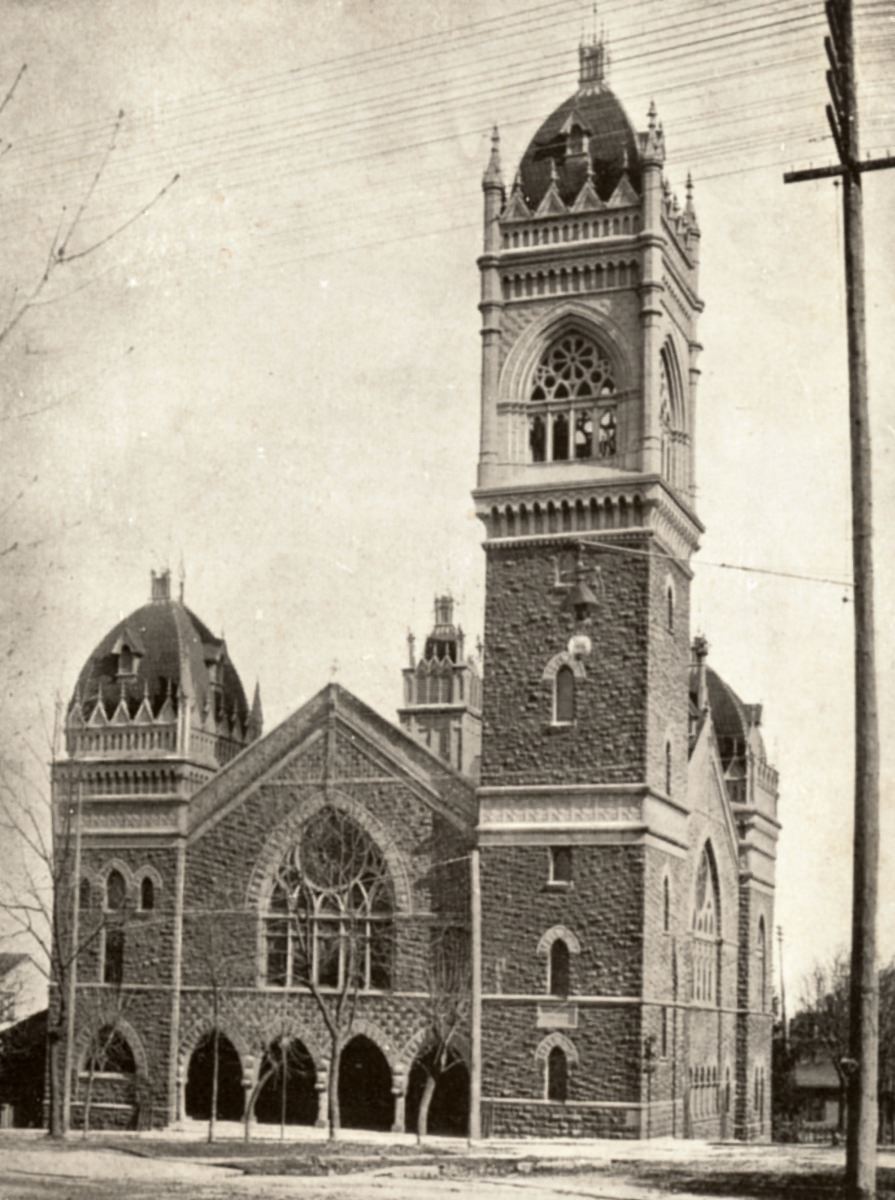
The First Congregational Church, at SW Park & Madison Street, is shown here seven years after its completion in 1895. It was designed to look similar to the Old South Church in Boston and for many years was the tallest building in Portland. The 175-foot bell tower still stands but the smaller towers and cuppola were removed in 1951 due to extensive damage.
#13 Public Library, 1902
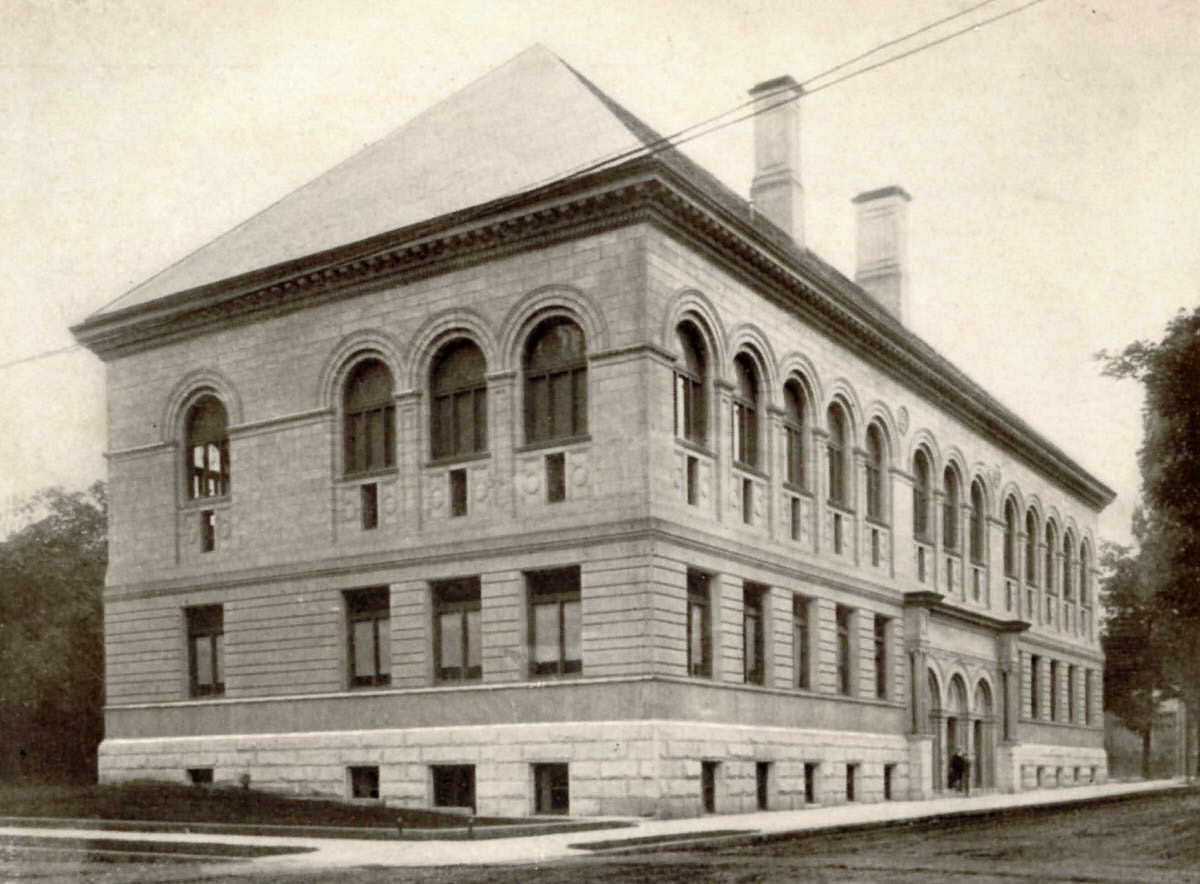
Before the Library Association of Portland opened their new Central Library on SW 10th in 1913, the library was in this building on SW Stark between Broadway and Park Ave. This 1902 view looks southwest at Stark and Broadway. In later years the Liberty Theater would be on this site but the Bank of California occupies this block now.
#14 First Baptist Church, 1902
#15 Mt. Hood, 1903
#16 River View Cemetery, 1903
#17 Larch trees, 1903
#18 Kern Park, 1903
#19 Grohs Saloon, 1903
#20 Portland Hotel, 1904
#21 SW 6th Avenue, 1904
#22 United States Cavalry, 1904
#23 Forestry Building, 1904
#24 Portland Harbor, 1904
#25 Morrison Street, circa 1904
#26 Lewis & Clark Expo Illustrations, 1904
#27 US Custom House, 1904
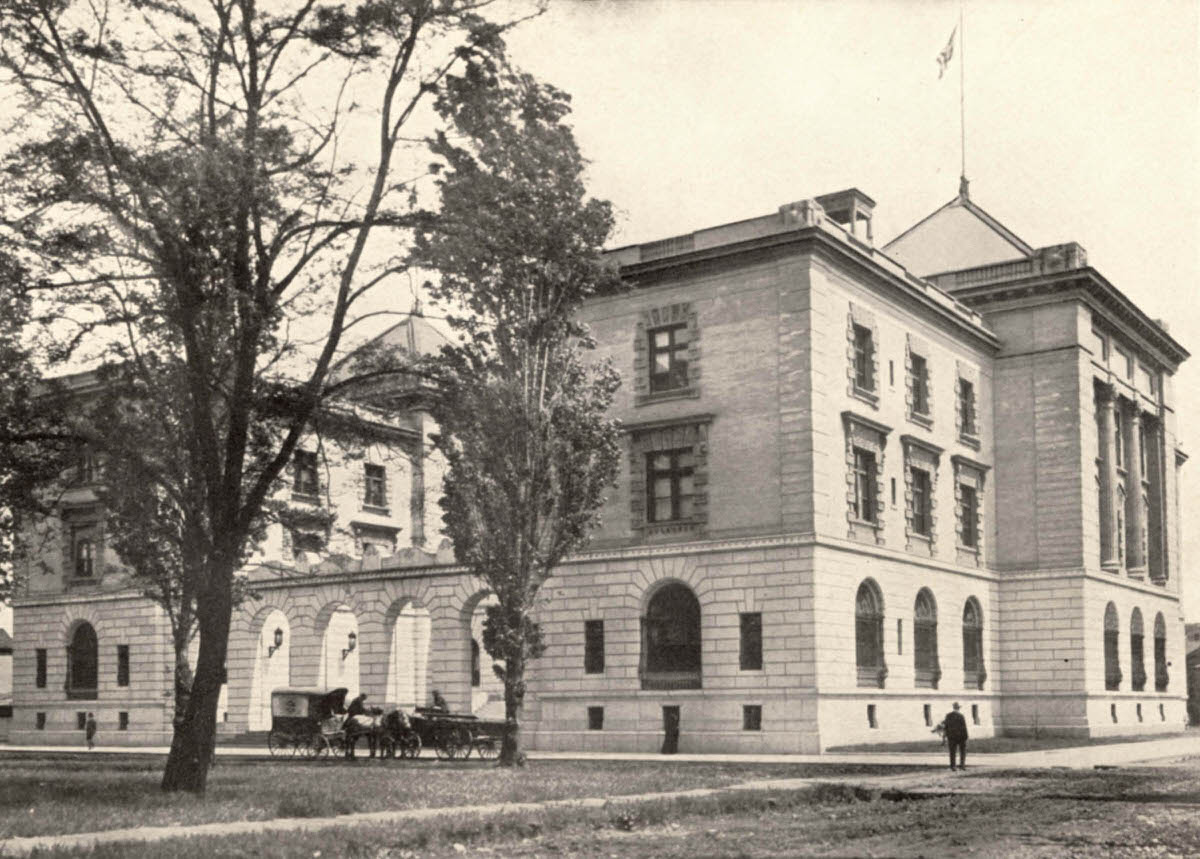
Since its opening in 1901 the US Custom House on NW 8th Avenue between Everett and Davis Streets has been home to the US Customs Service and the US Army Corps of Engineers. It’s currently the site of the police headquarters in the TV program “Grimm.” The building recently sold at auction with future plans for the building not announced. The streets appear to still be unpaved in this 1904 image.
#28 City Hall, 1904
#29 SW 3rd Avenue, 1904
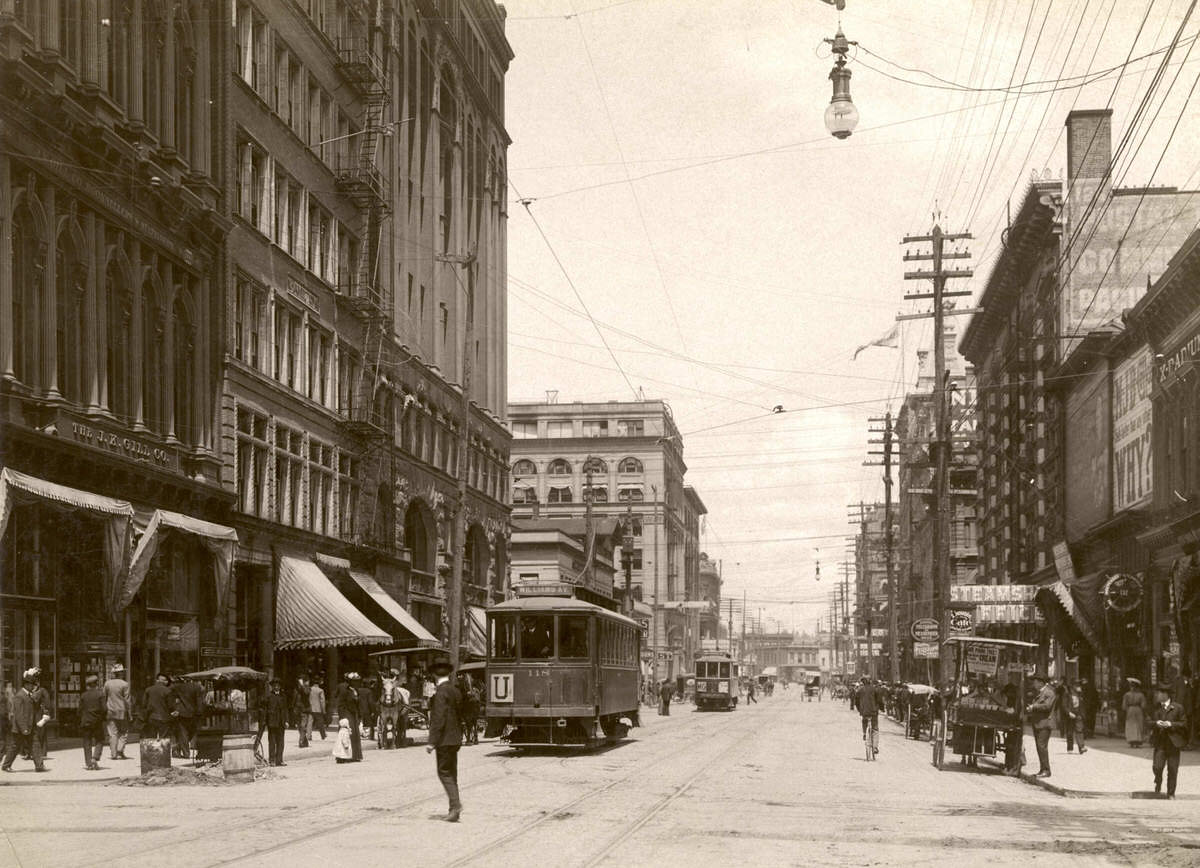
There are many details to discover in this wonderful 1904 image looking north up SW 3rd Avenue from Alder Street. The Hamilton and Dekum buildings (both extant), the Chamber of Commerce Building, and the Ainsworth Building are visible on the left side of the street. On the right side, the Postal Building (still standing), the tower of the Abington Building (behind the pole) and the Worcester Building can be seen farther down the block.
#30 Temple Beth Israel, 1904
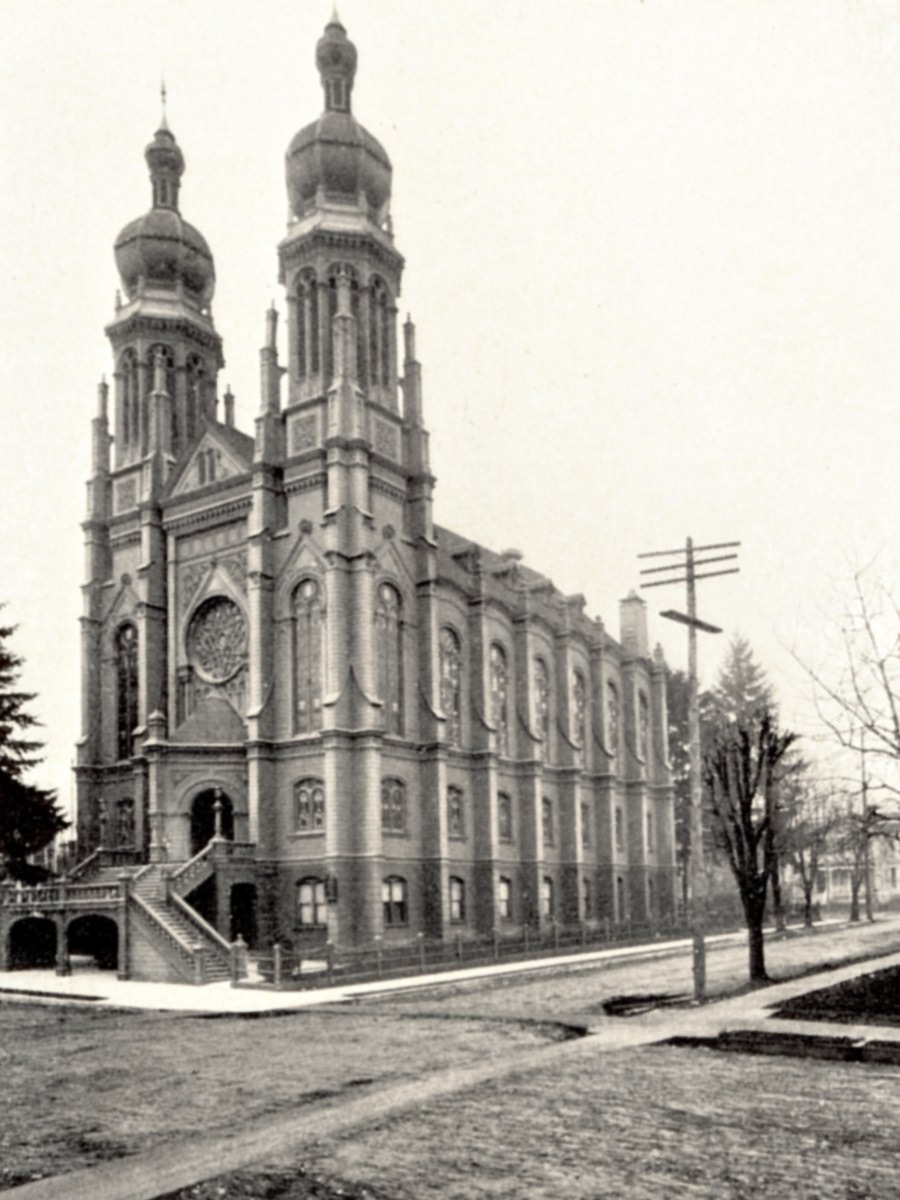
This Temple Beth Israel synagogue was built in 1888 on SW Main Street between 12th and 13th Avenues. Its two distinctive 125-foot towers were landmarks on Portland’s early skyline. It was destroyed by fire in 1928 and replaced by the congregation’s current building in Northwest Portland.
#31 Portland High School, 1904
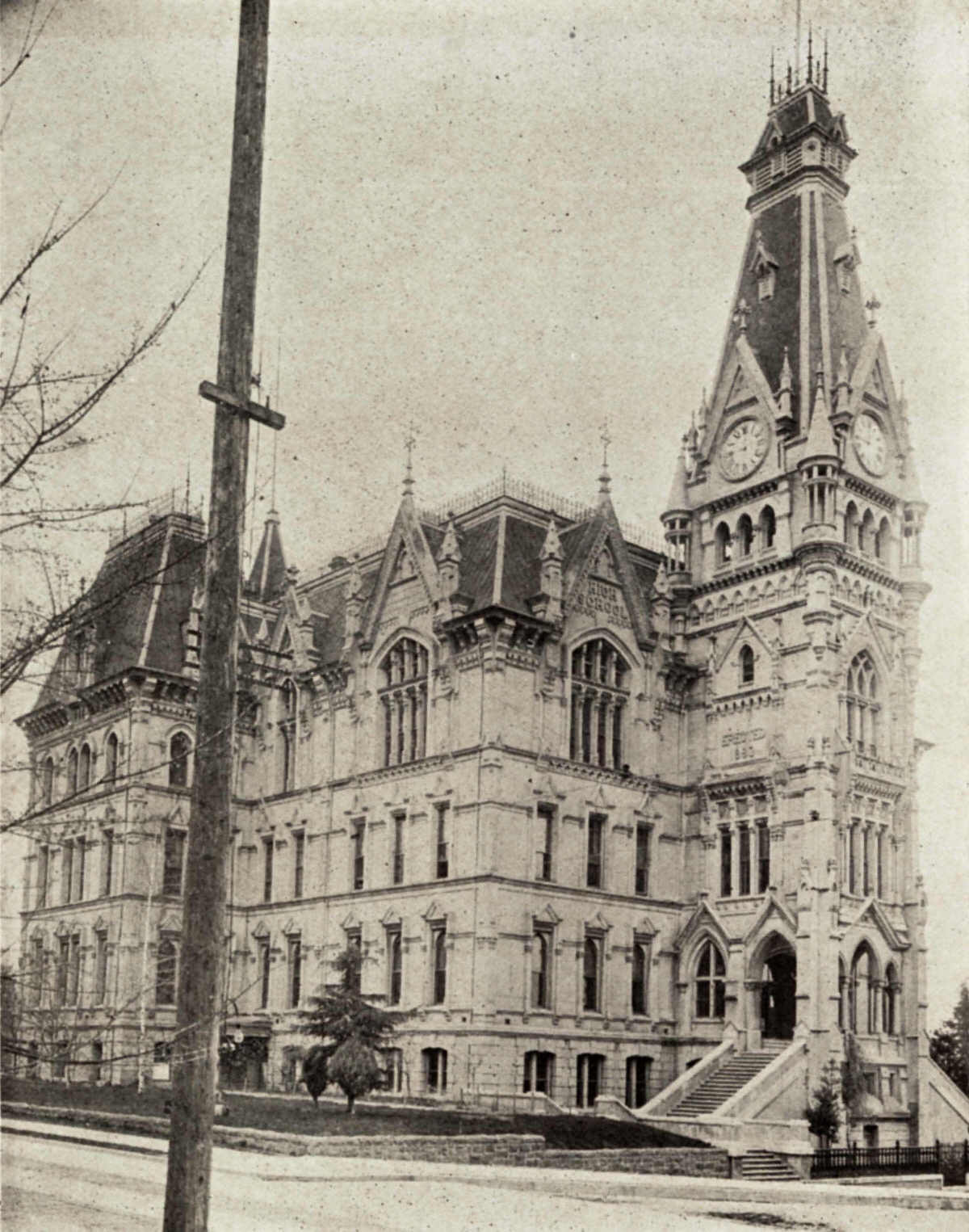
The building at far left of the previous post was the magnificent old Portland High School. Completed in 1885, it stood at SW 14th and Morrison until it was demolished in 1929. The school was renamed Lincoln High School in 1909 and moved to Lincoln Hall (now part of Portland State University) in 1912. Construction began in 1950 for Lincoln’s current Goose Hollow location.The building can be seen at far right in the illustration from Vintage Seattle.
#32 Forestry Building, 1905
#33 SW 5th Avenue, circa 1905
#34 Lewis and Clark Centennial Exposition, 1905
#35 The American Inn, 1905
#36 Lewis and Clark Exposition, 1905
#37 Willamette River, 1905
#38 Lewis and Clark Centennial Exposition, 1905
#39 Lewis and Clark Centennial Exposition, 1905
#40 Lewis and Clark Centennial Exposition, 1905
#41 SW 3rd Avenue, 1905
#42 Forestry Building, 1905
#43 Lewis and Clark Centennial Exposition, 1905
#44 Lewis and Clark Centennial Exposition, 1905
#45 Lewis and Clark Exposition, 1905
#46 Lewis and Clark Centennial Exposition, 1905
#47 Lewis and Clark Centennial Exposition, 1905
#48 Guilds Lake, 1905
#49 Lewis and Clark Centennial Exposition, 1905
#50 Lewis and Clark Centennial Exposition, 1905
#51 Log Raft, 1905
#52 Lewis and Clark Centennial Exposition, 1905
#53 Fire Chief David Campbell, 1905
#54 NE Clackamas Street, circa 1905
#55 Portland Waterfront, 1905
#56 Large Fir Tree, 1905
#57 The New York Building, 1905
#58 Lewis and Clark Exposition, 1905
#59 The Forestry Building, 1905
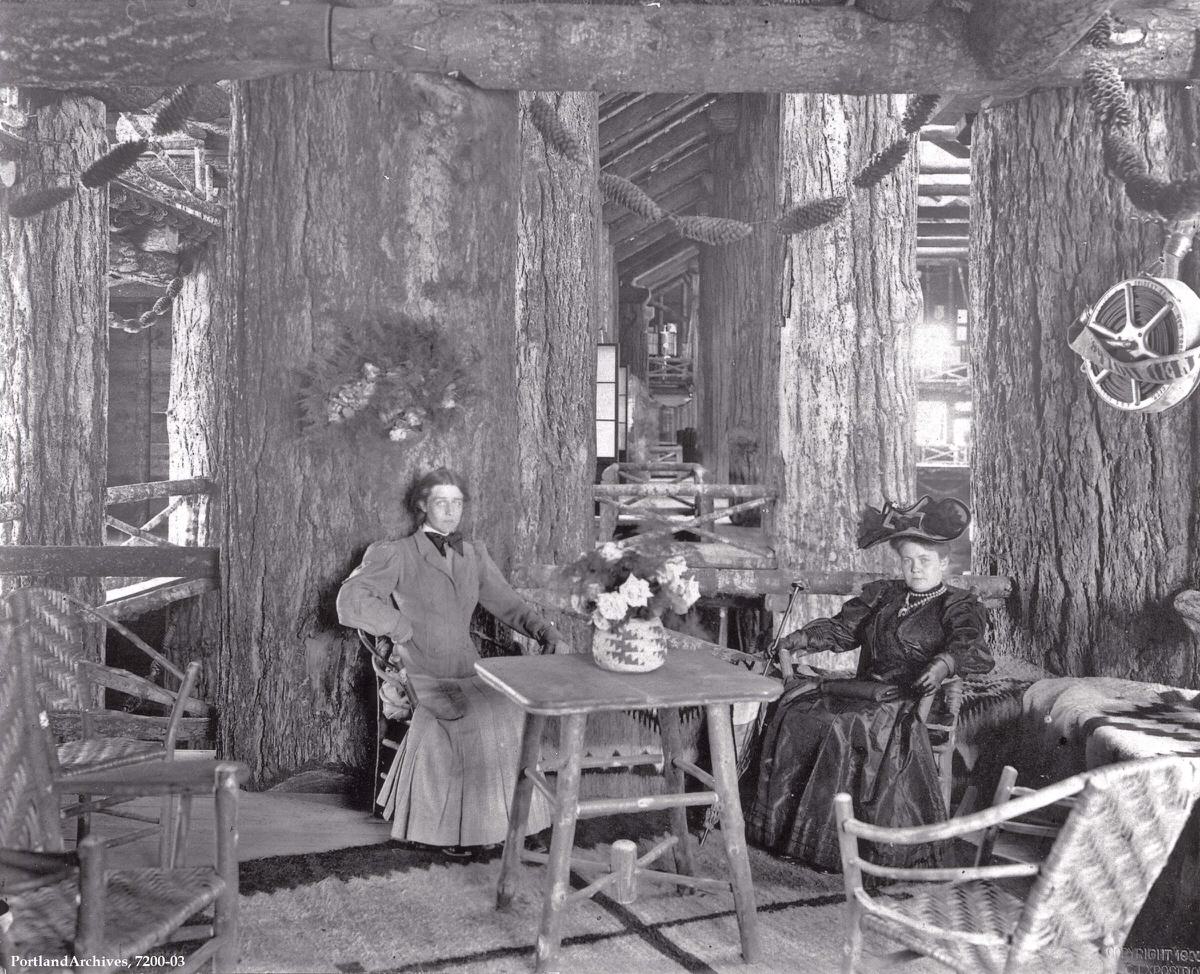
Here we a have a picture of two women sitting in the upper balcony of the Forestry Building. This image really displays how massive the support logs were. Keep in mind, this image is from 1905. Imagine what they must have gone through during the constructions of this building. It is truly spectacular!
#60 Lewis and Clark Exposition, 1905
#61 City Hall, 1905
#62 Forestry Building, 1905
#63 Rose City Waffle House, c1905
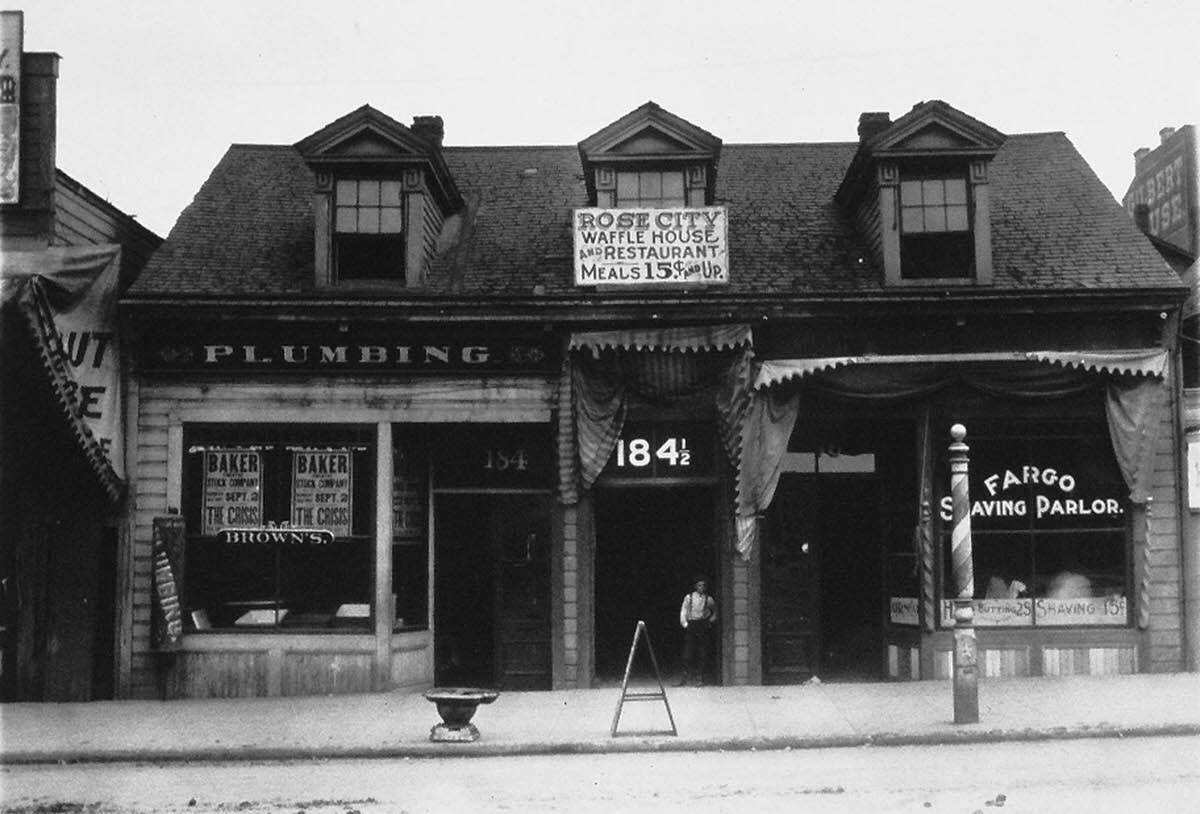
Portland loved waffles over a century ago as this early turn-of-the-century photo indicates. This building was originally the “Old Crosby House,” built in 1848 or 1849, the first frame residence in Portland. It was located on the east side of SW 4th Avenue between Yamhill and Taylor.
#64 SW Washington & 3rd, 1905
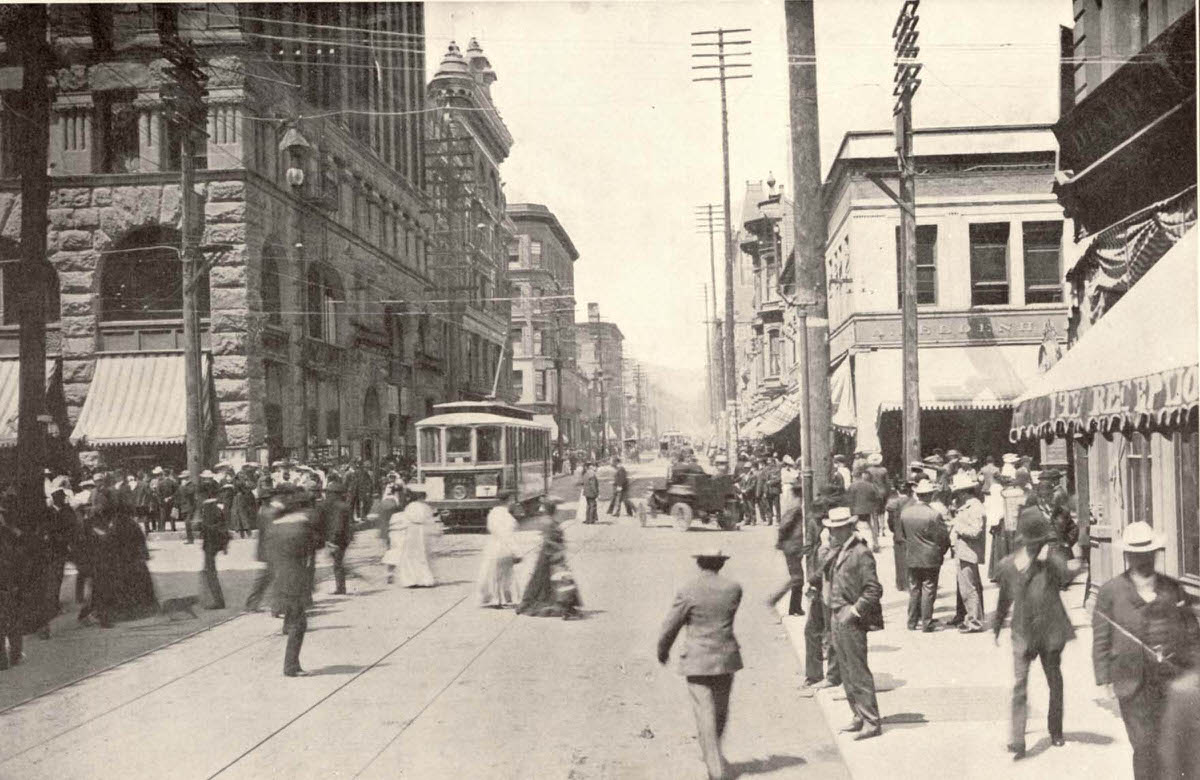
It was a very busy day in 1905 when the streets and sidewalks were crowded with pedestrians and a few vehicles. This view is west on SW Washington St. at 3rd Avenue. The Dekum Building is a familiar sight on the left and the Oregon Pacific Building another block west still stands.
#65 Washington Park Zoo, 1900
#66 Columbia River, 1900
#67 Columbia River, 1900
#68 SW Morrison Street, 1900
#69 SE Umatilla Street, 1900
#70 Willamette River, 1900
#71 SE Stark Street, 1900.
#72 Multnomah County Courthouse, 1900
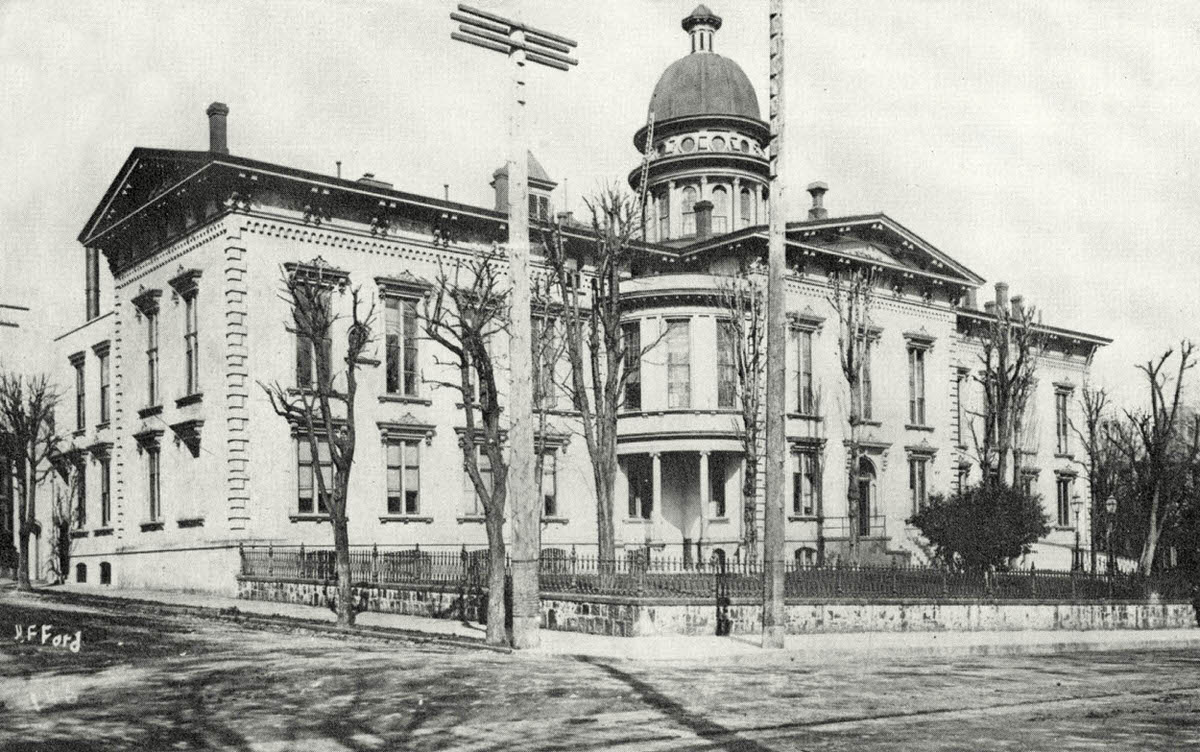
The 1864 Multnomah County Courthouse is shown here probably around the turn of the 20th century. The dome towered over the city at 106 feet tall. It was demolished in 1910 as the new and extant courthouse was built on the same site. This photo looks northwest at the corner of SW 4th and Main Street.


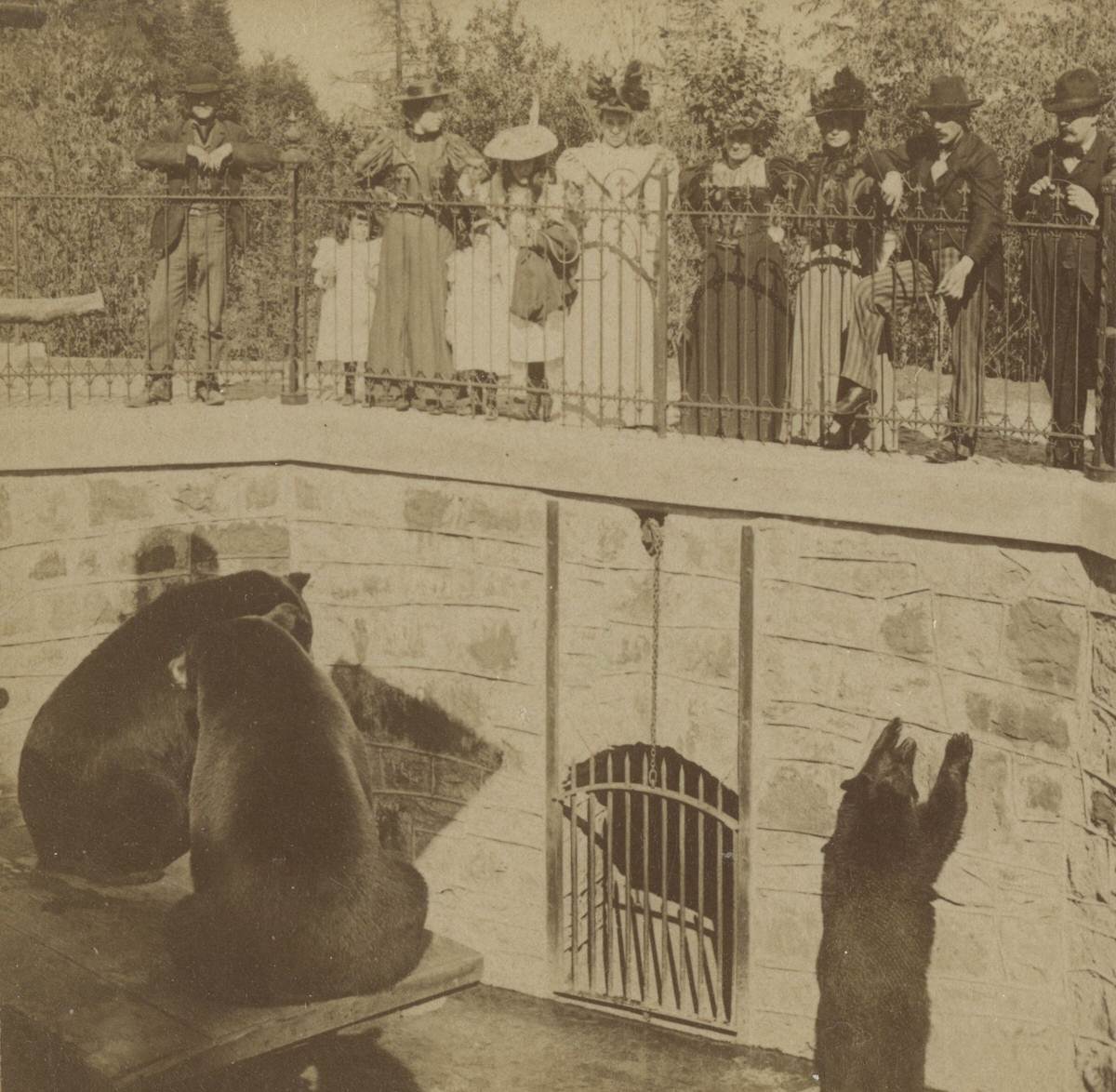
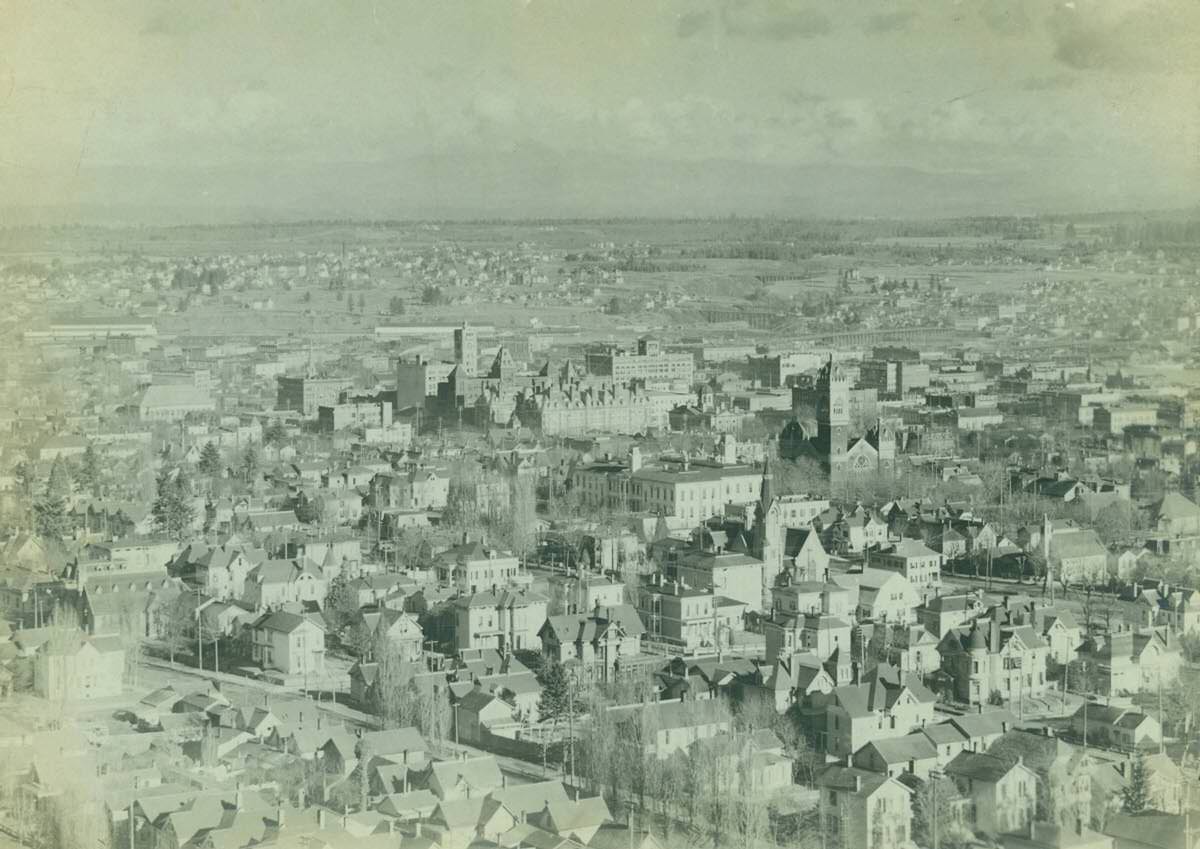
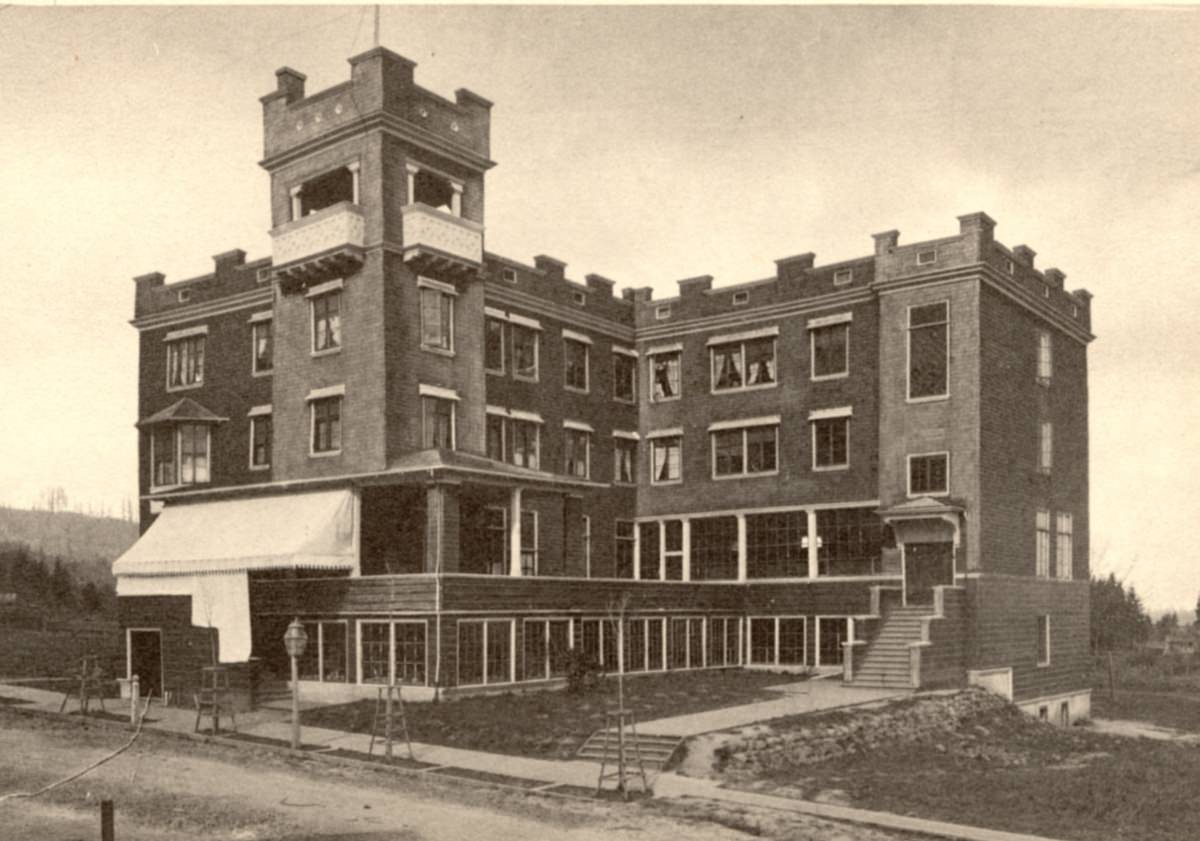
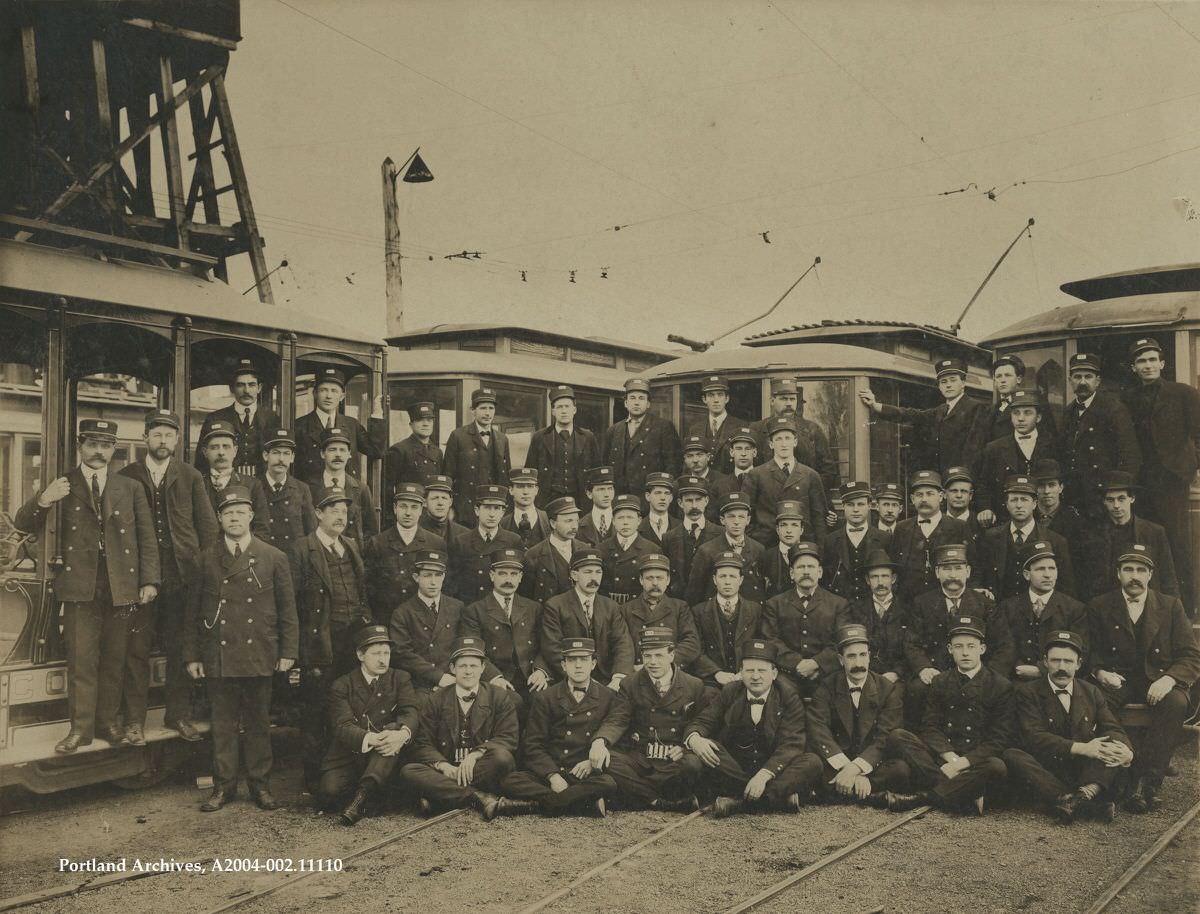
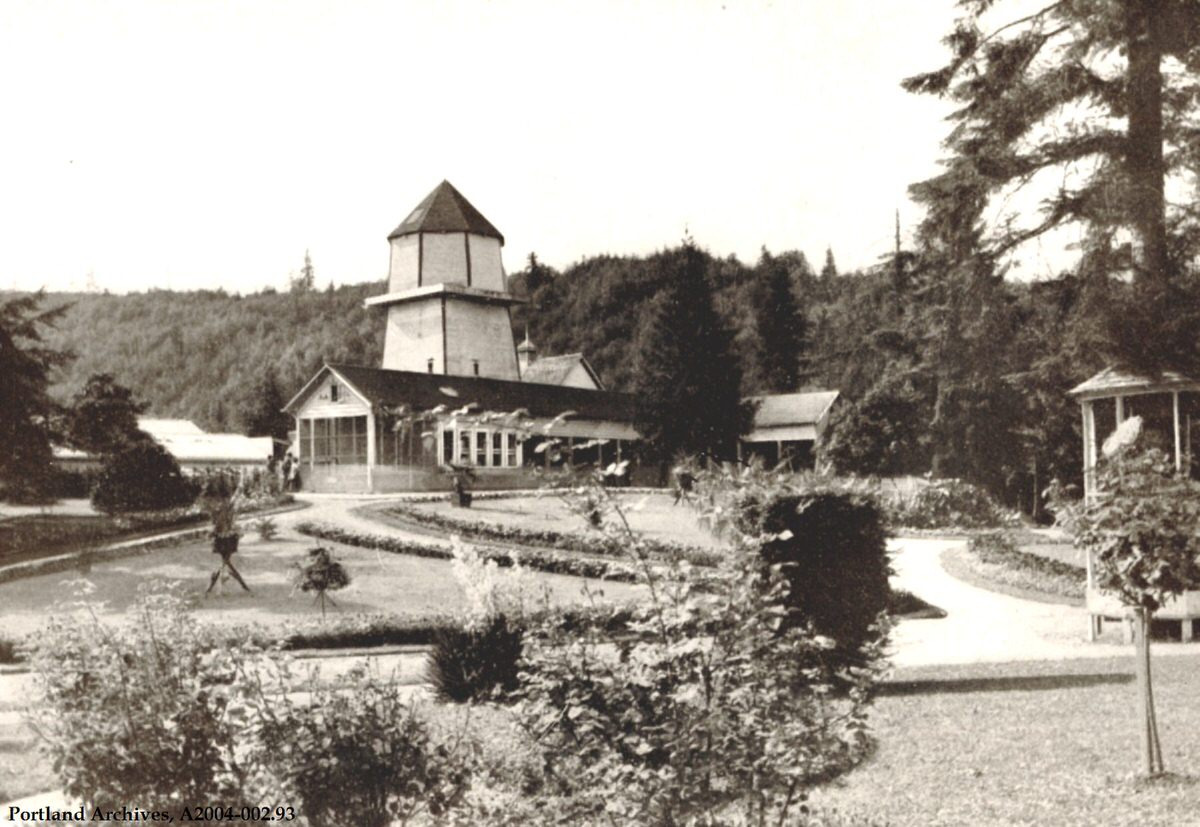
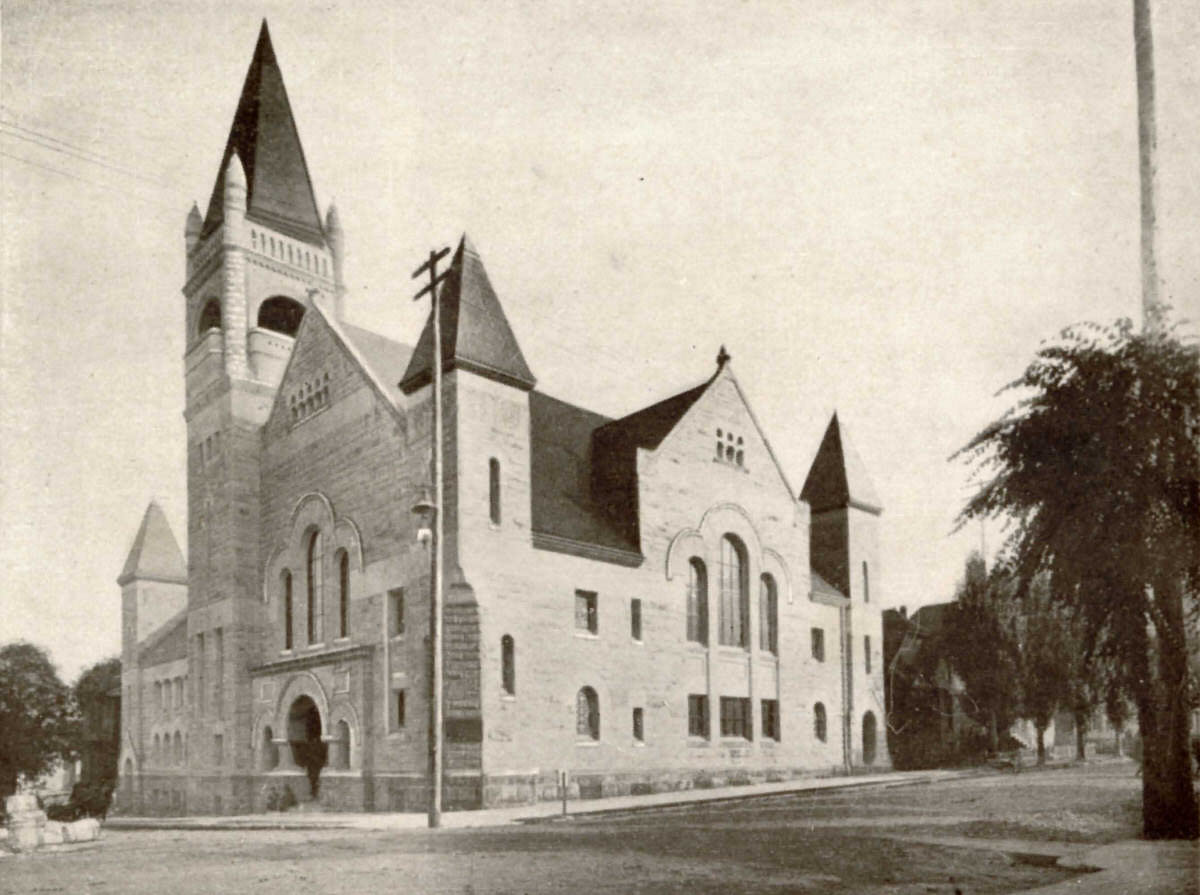
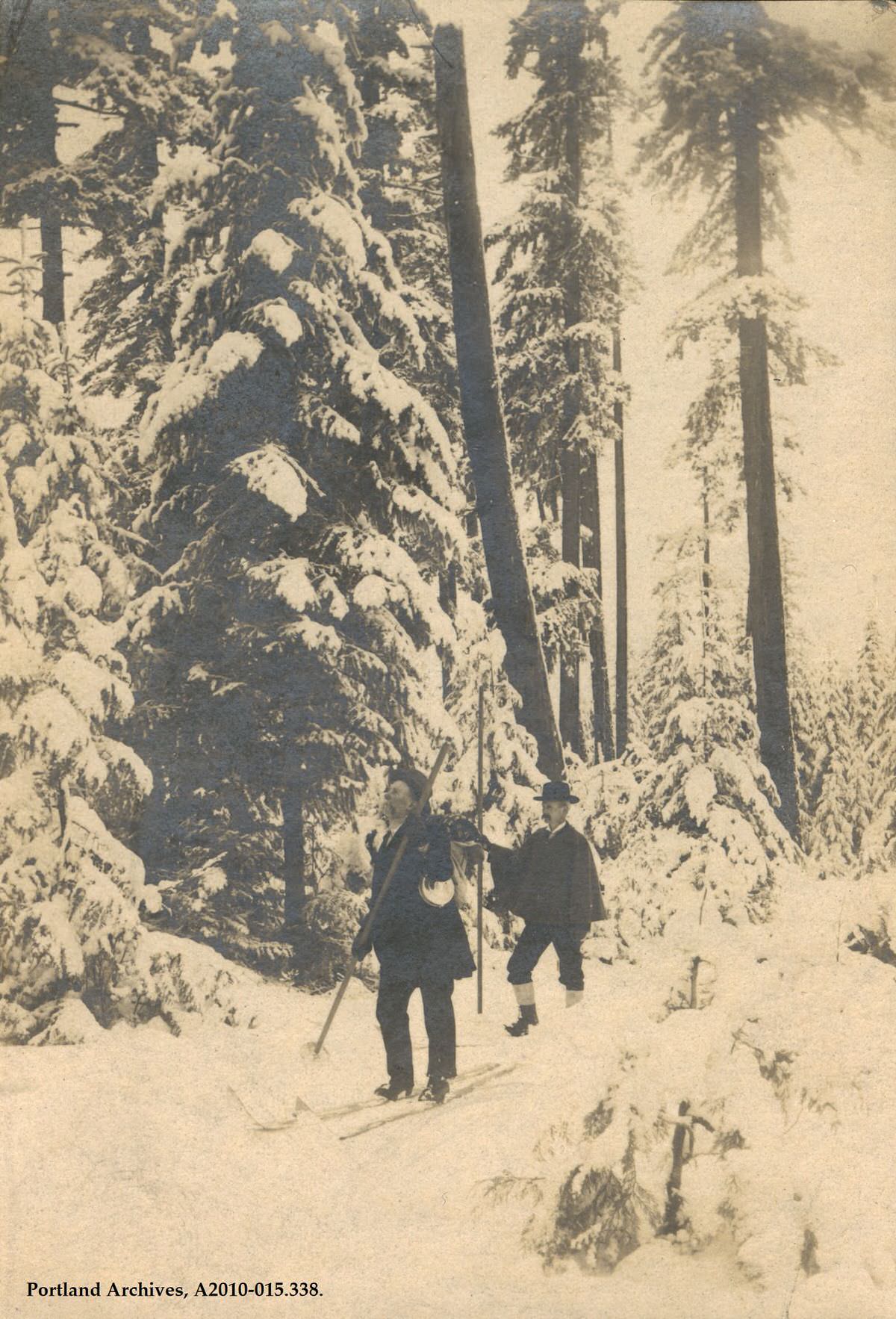
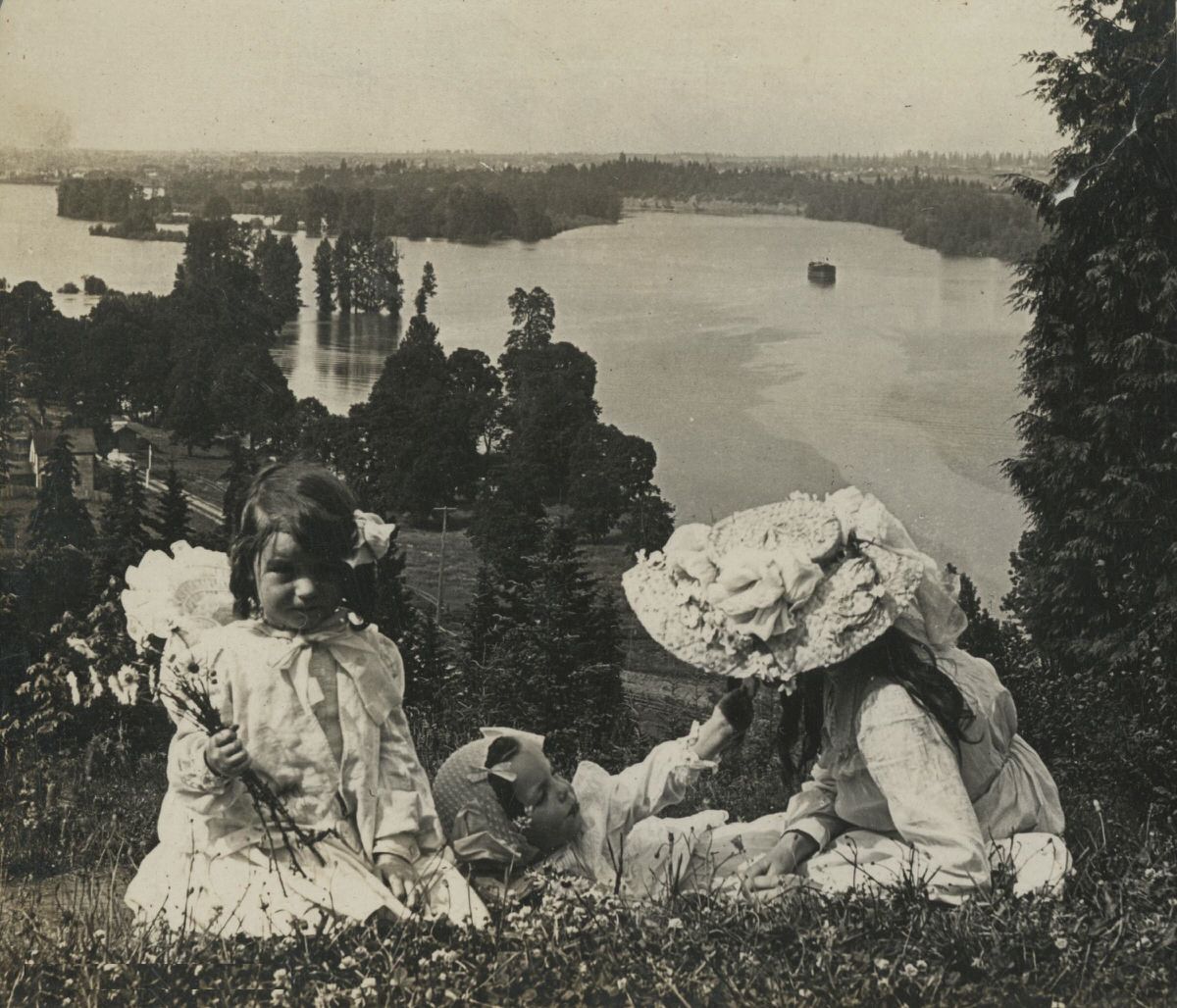
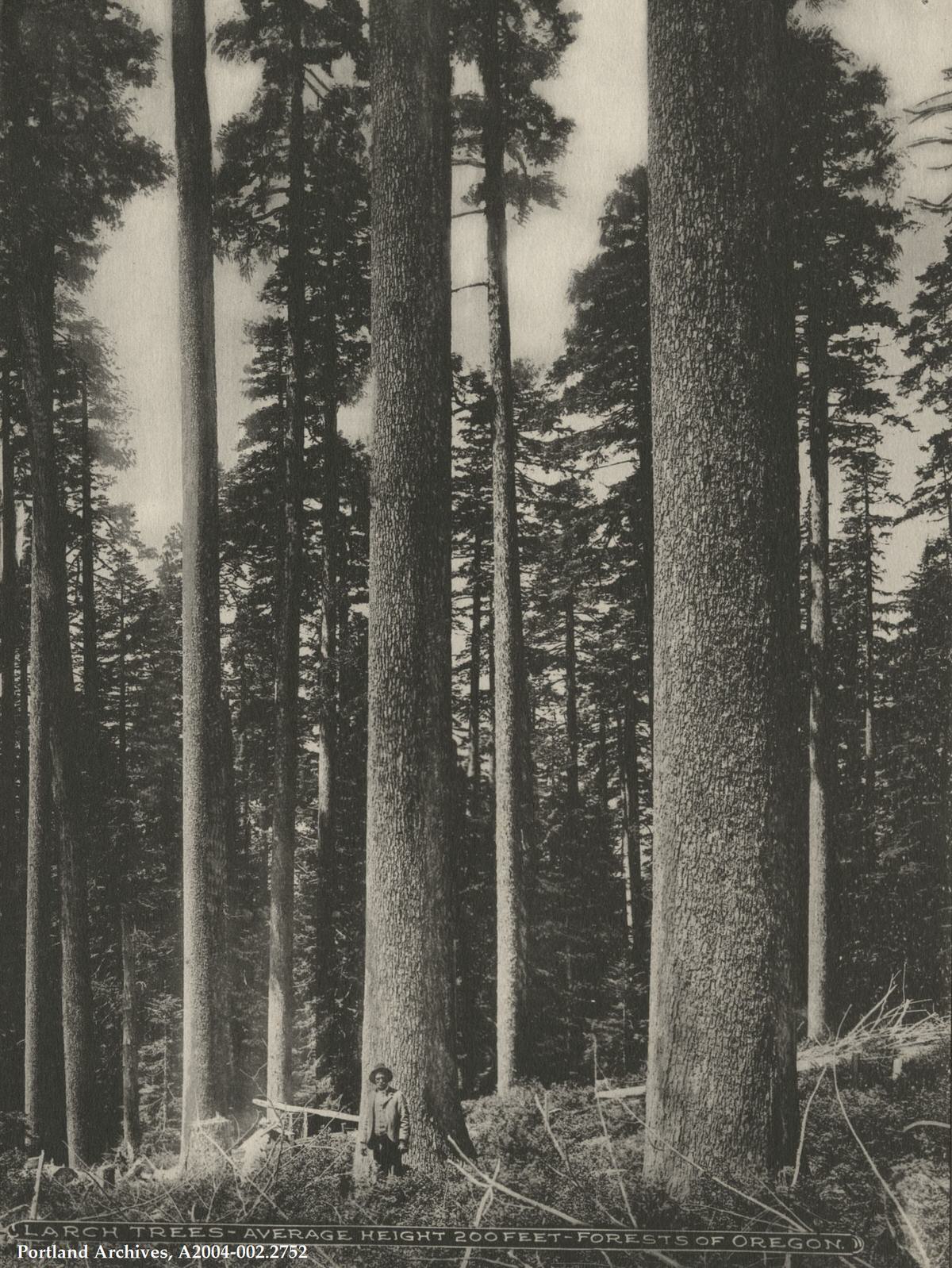
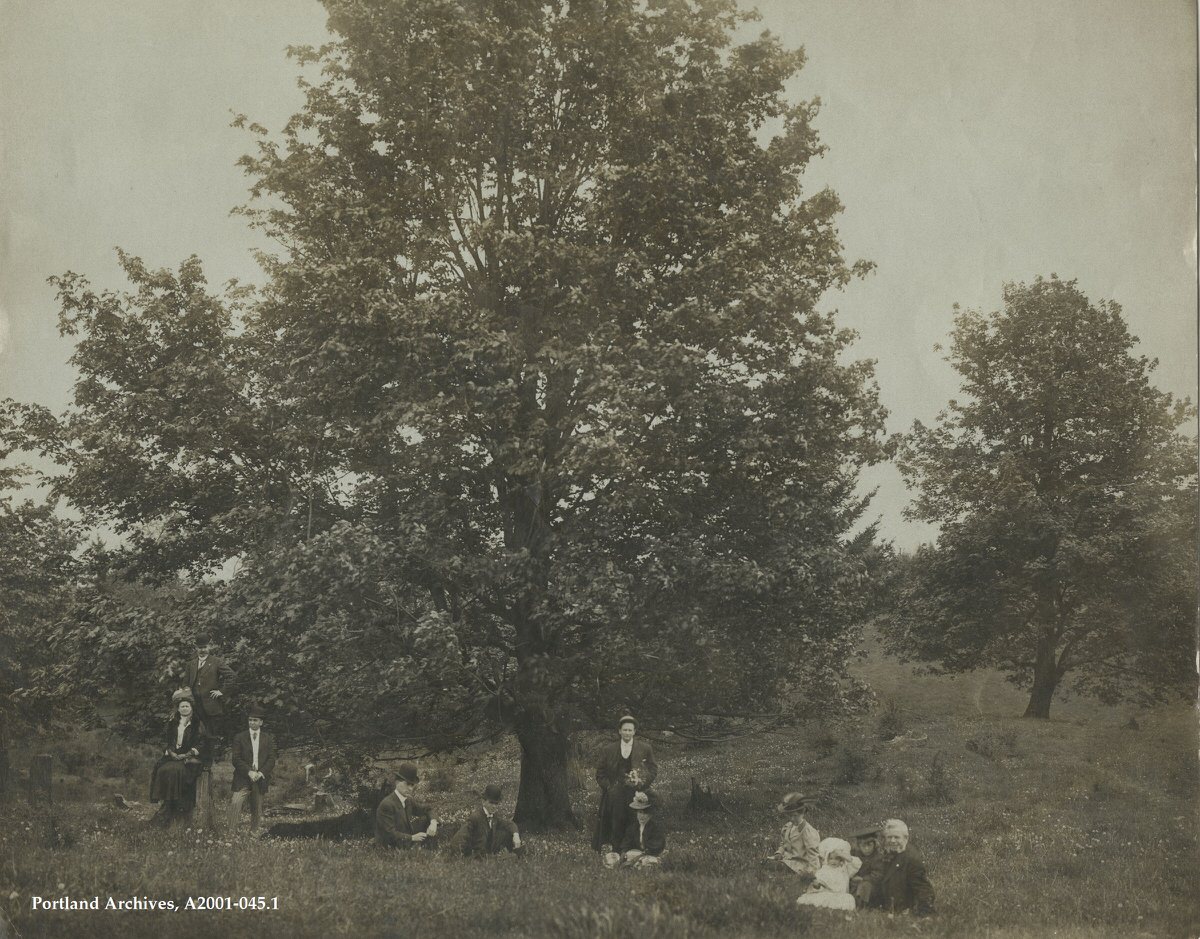
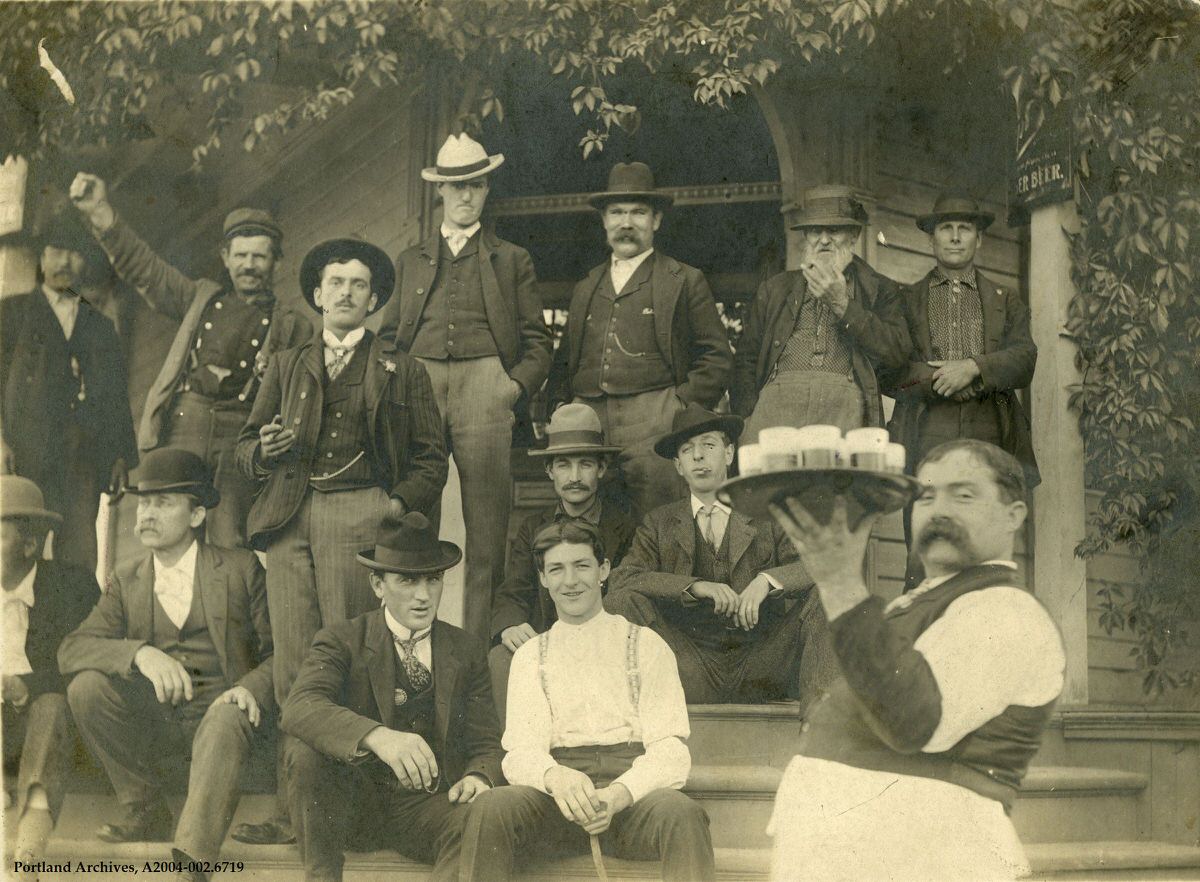
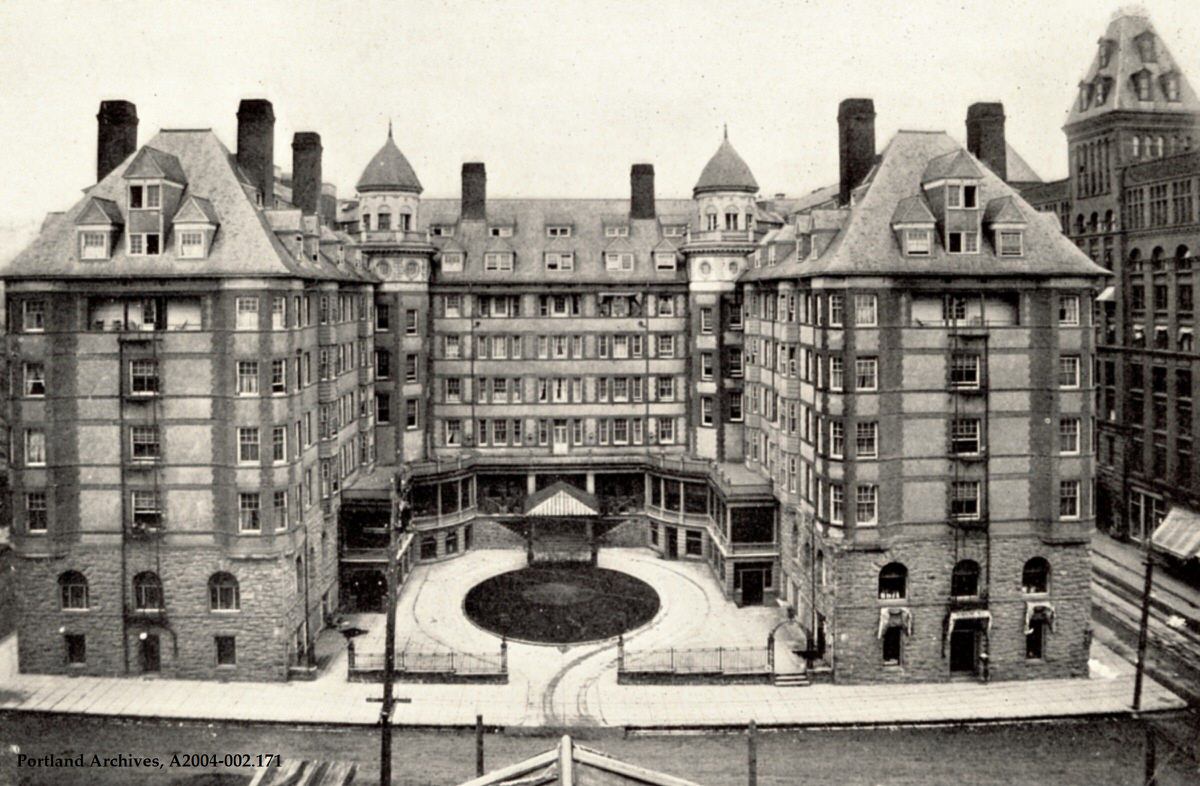
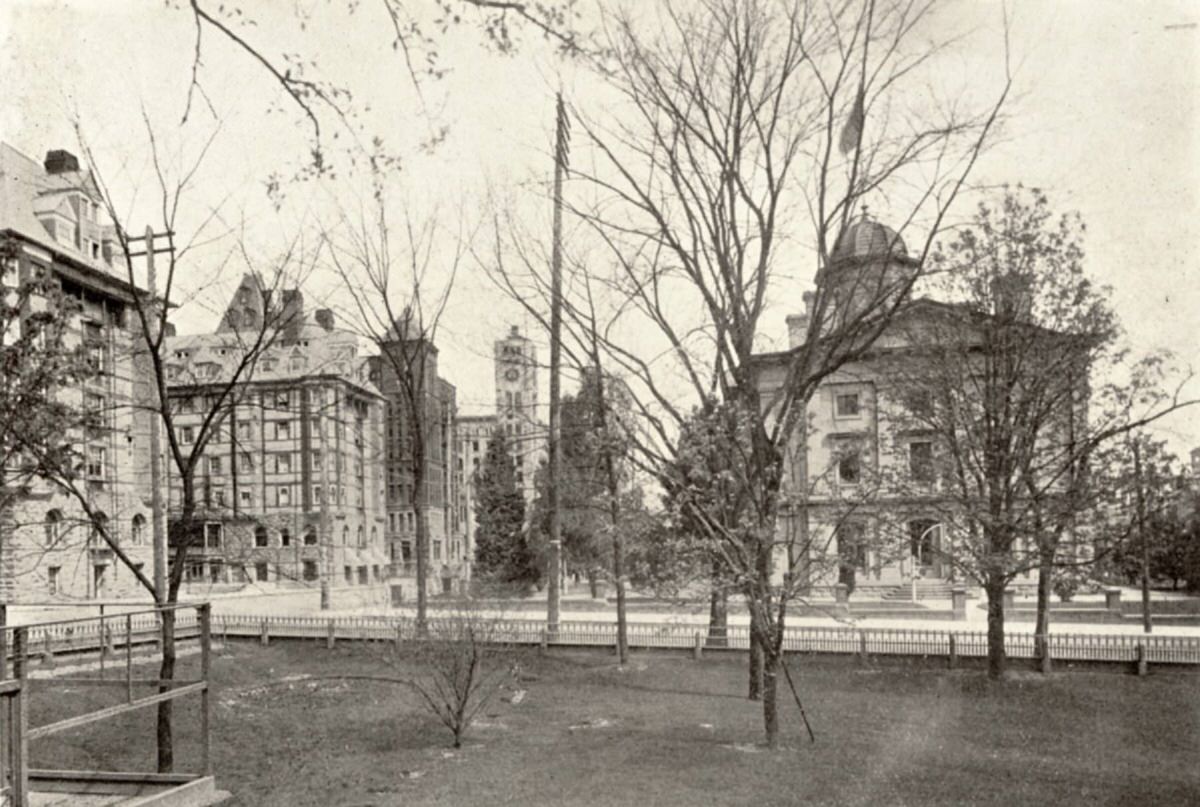
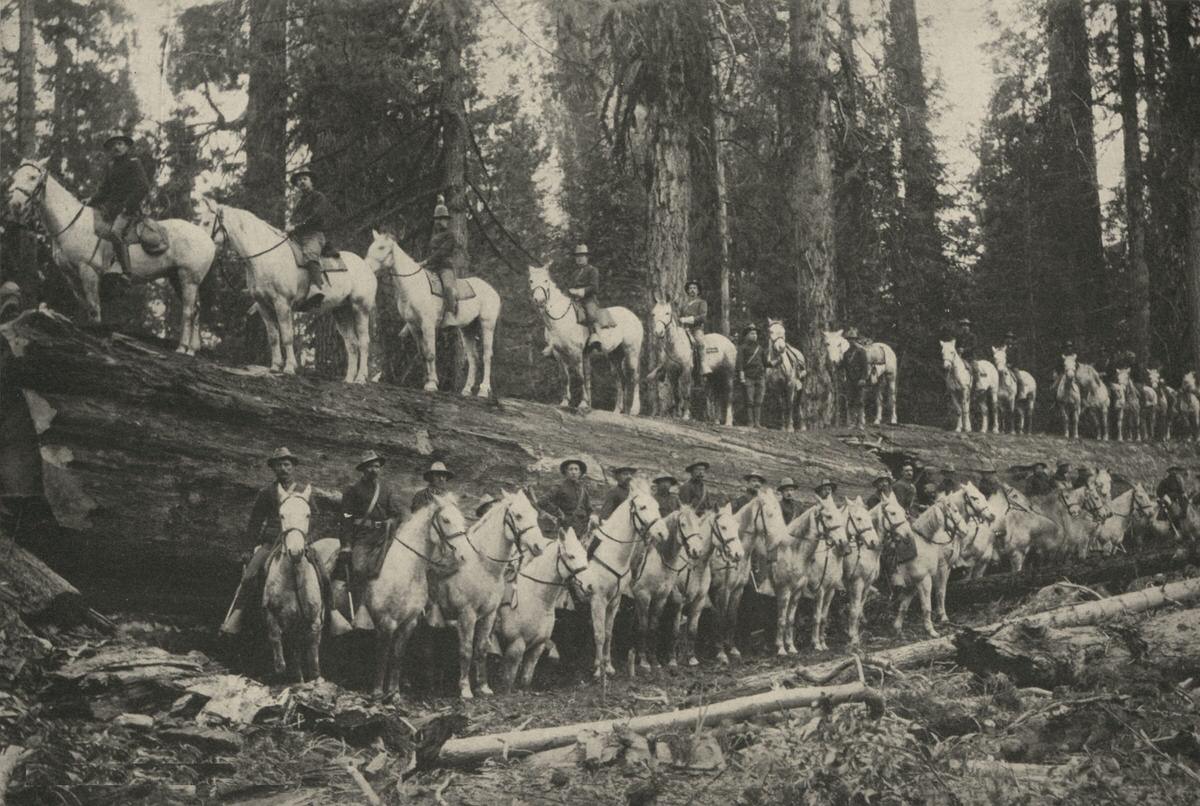
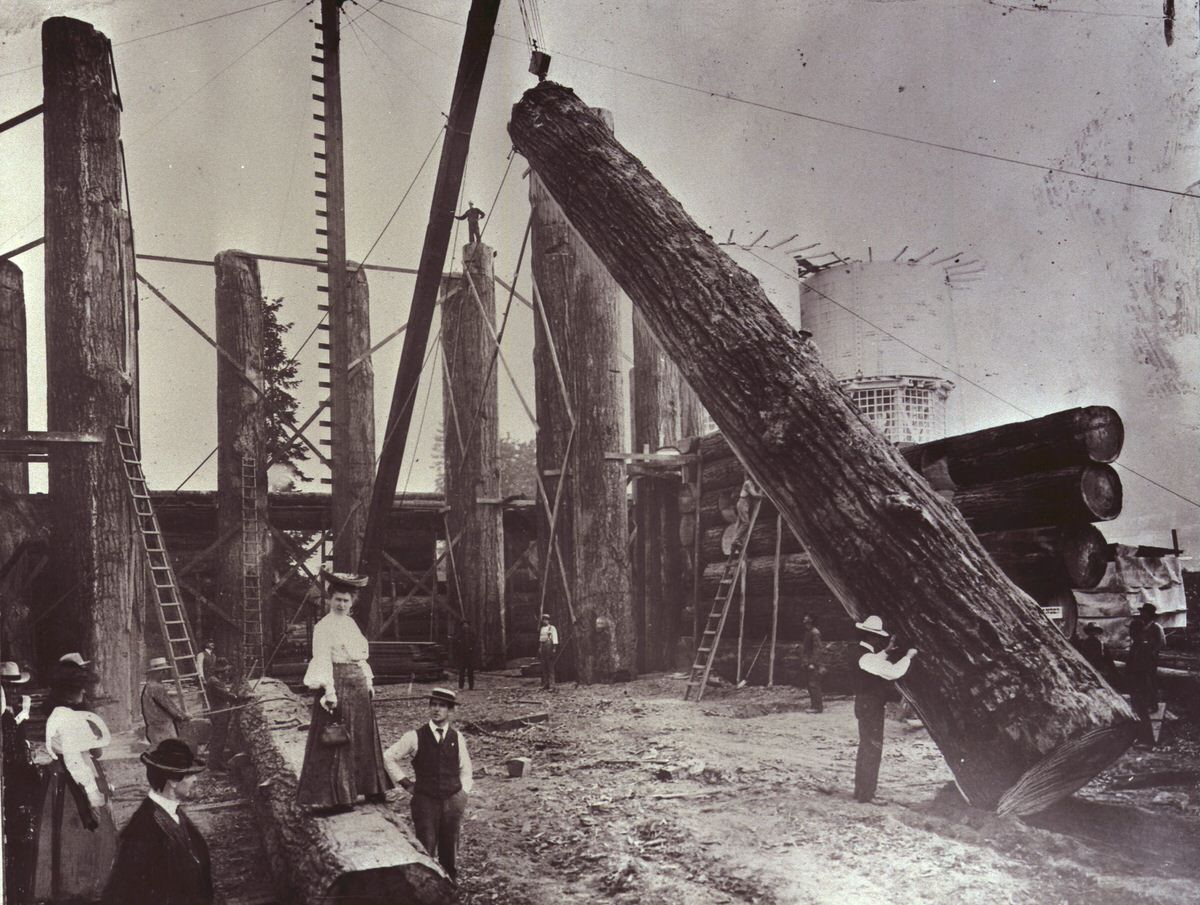
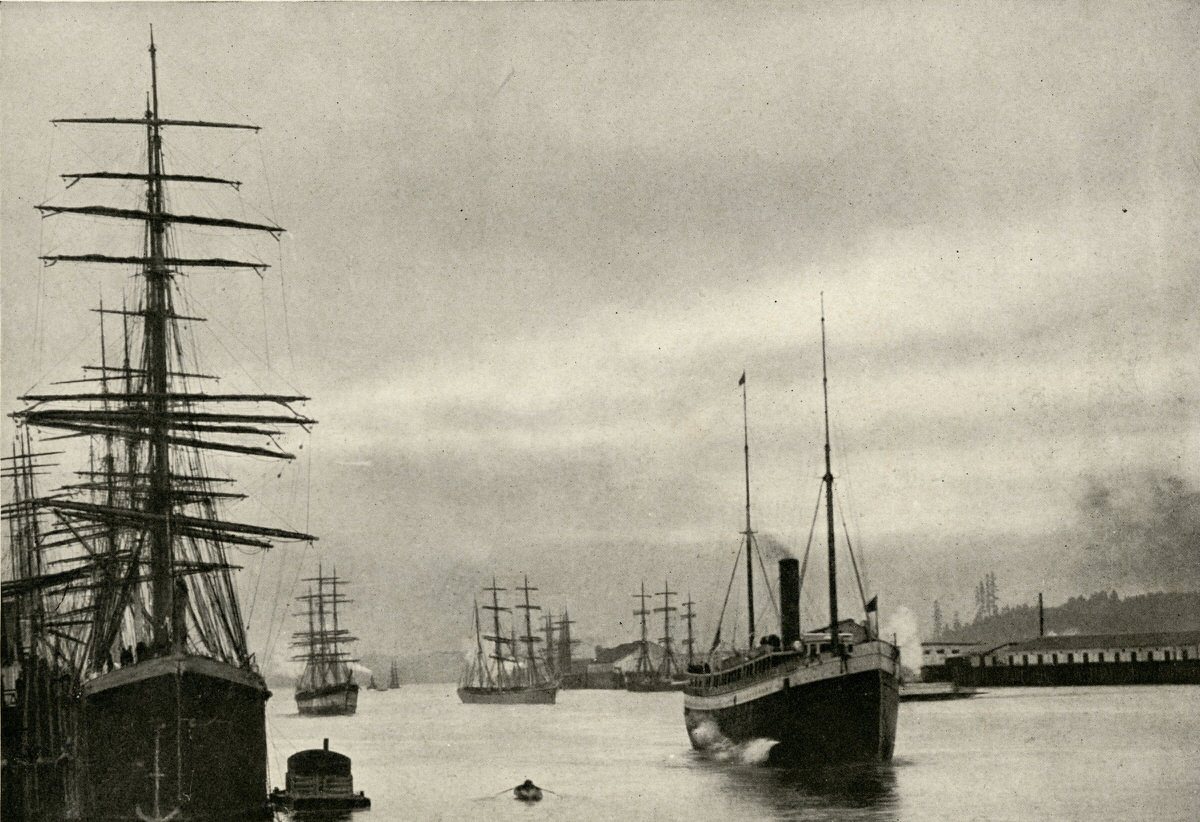
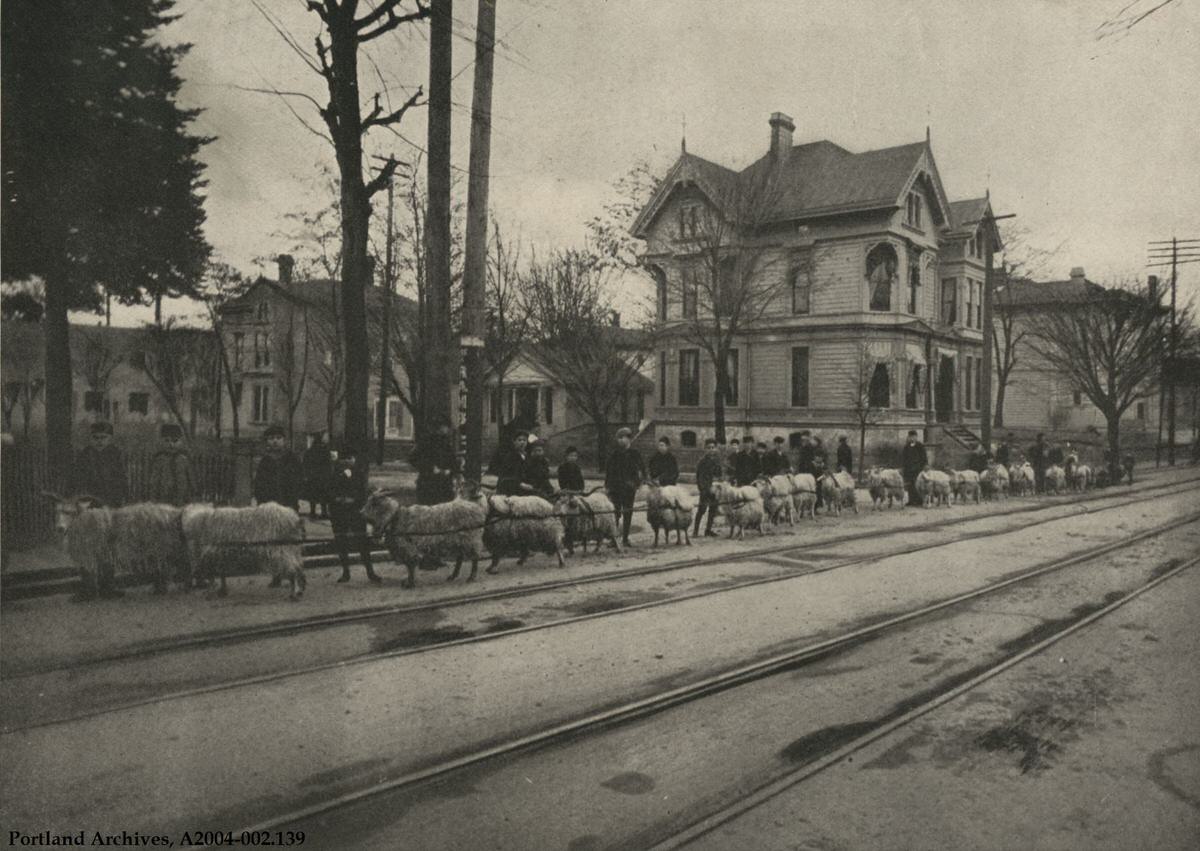
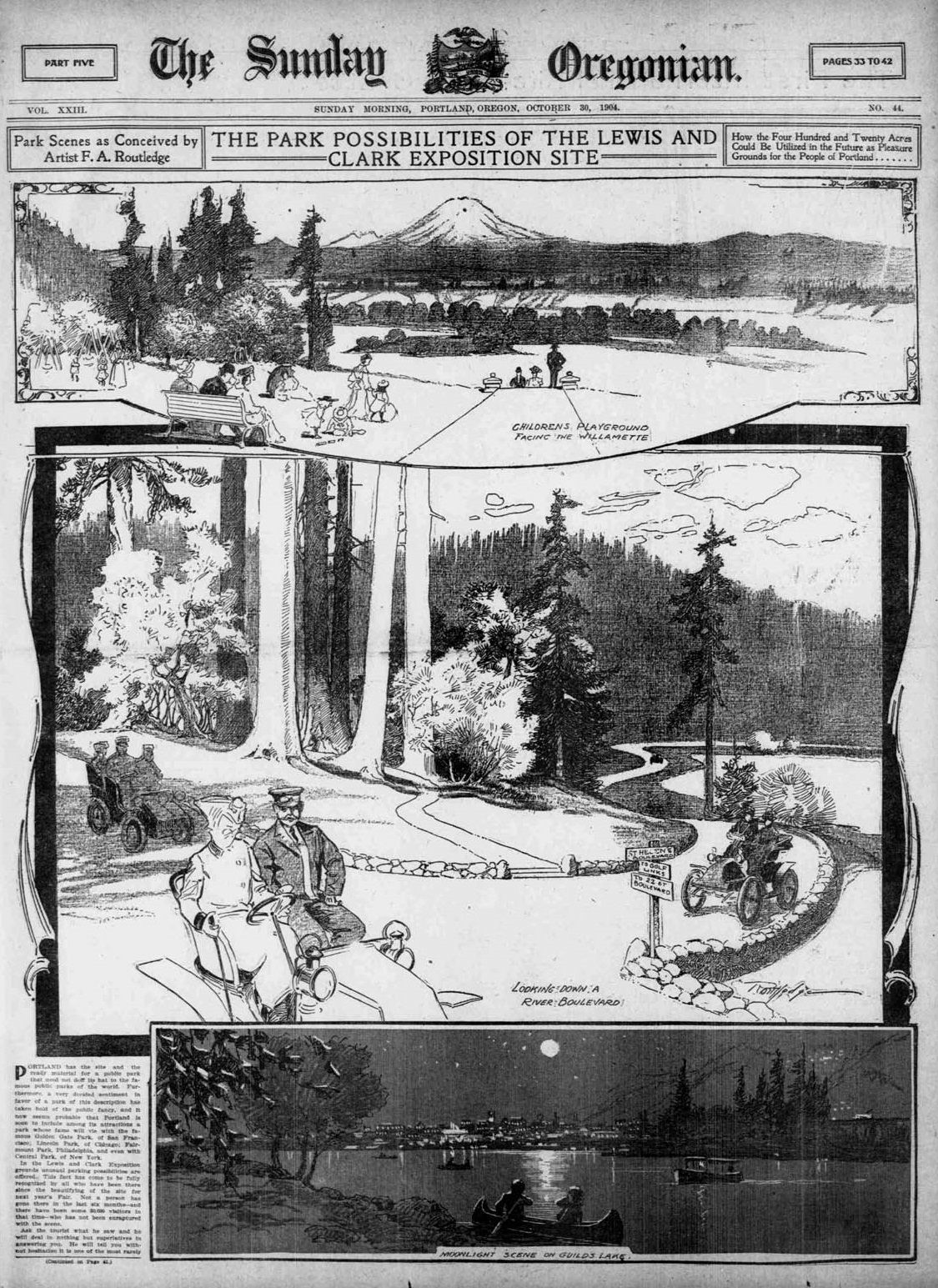
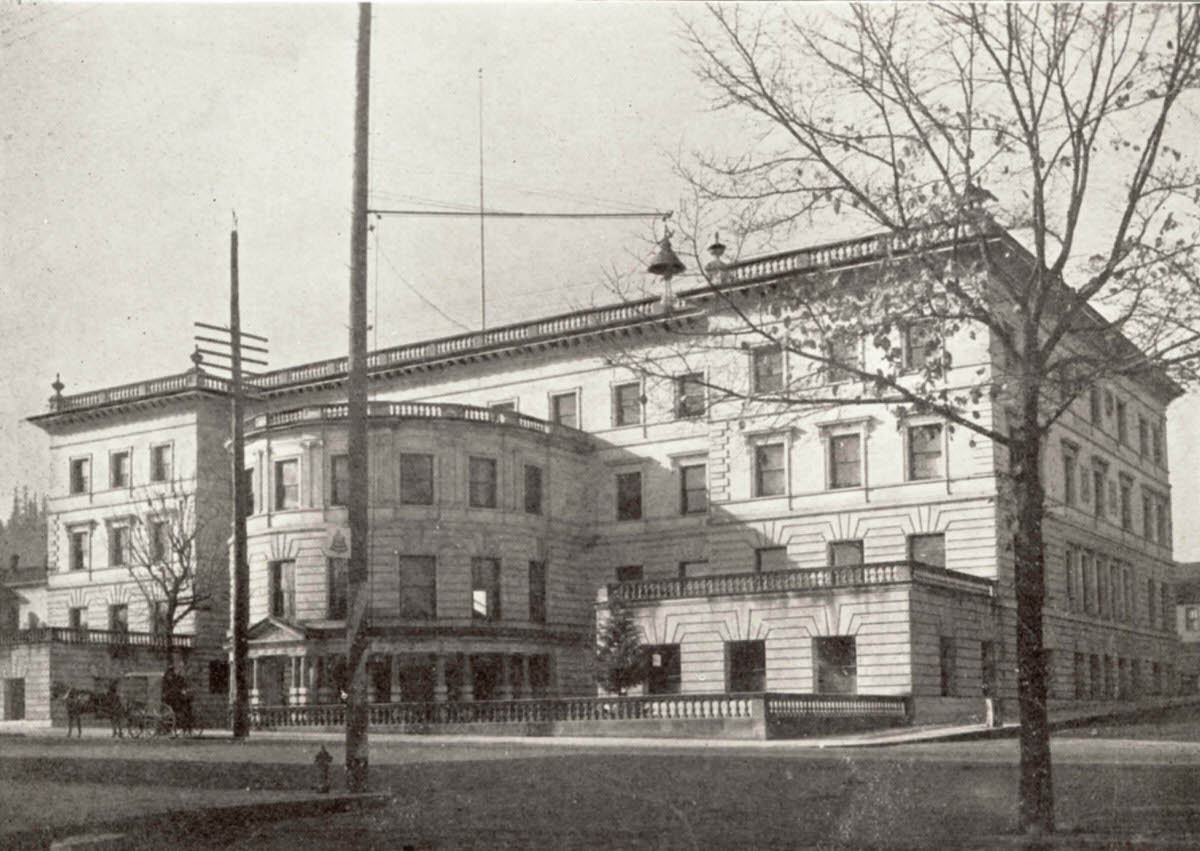
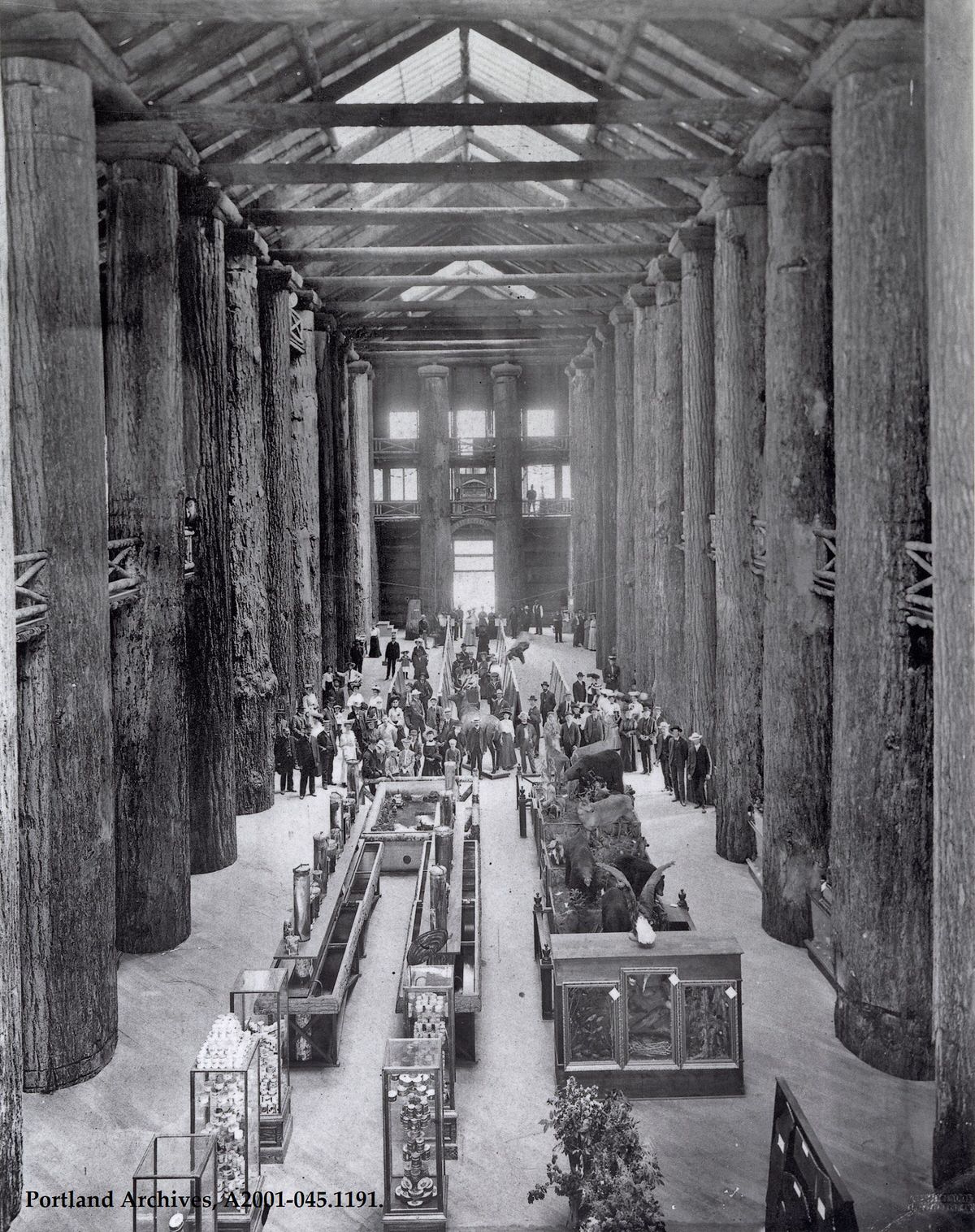
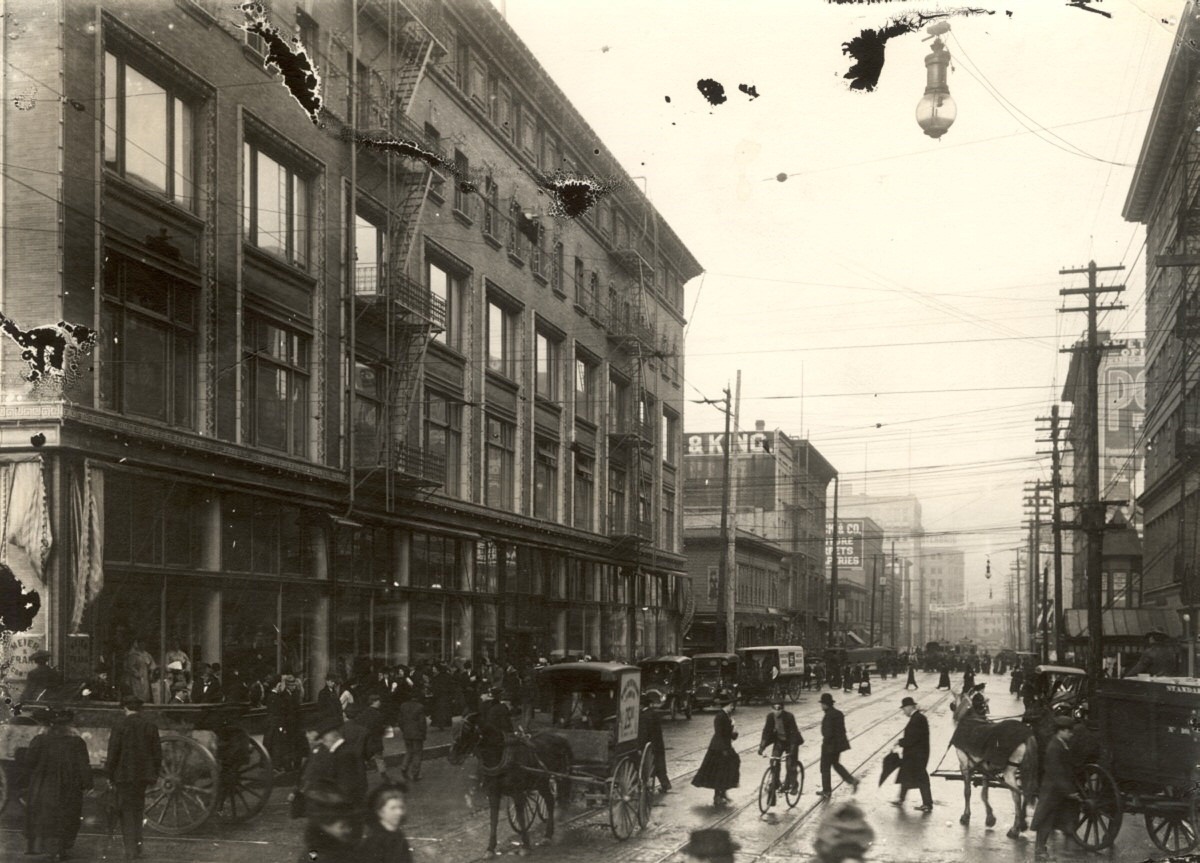
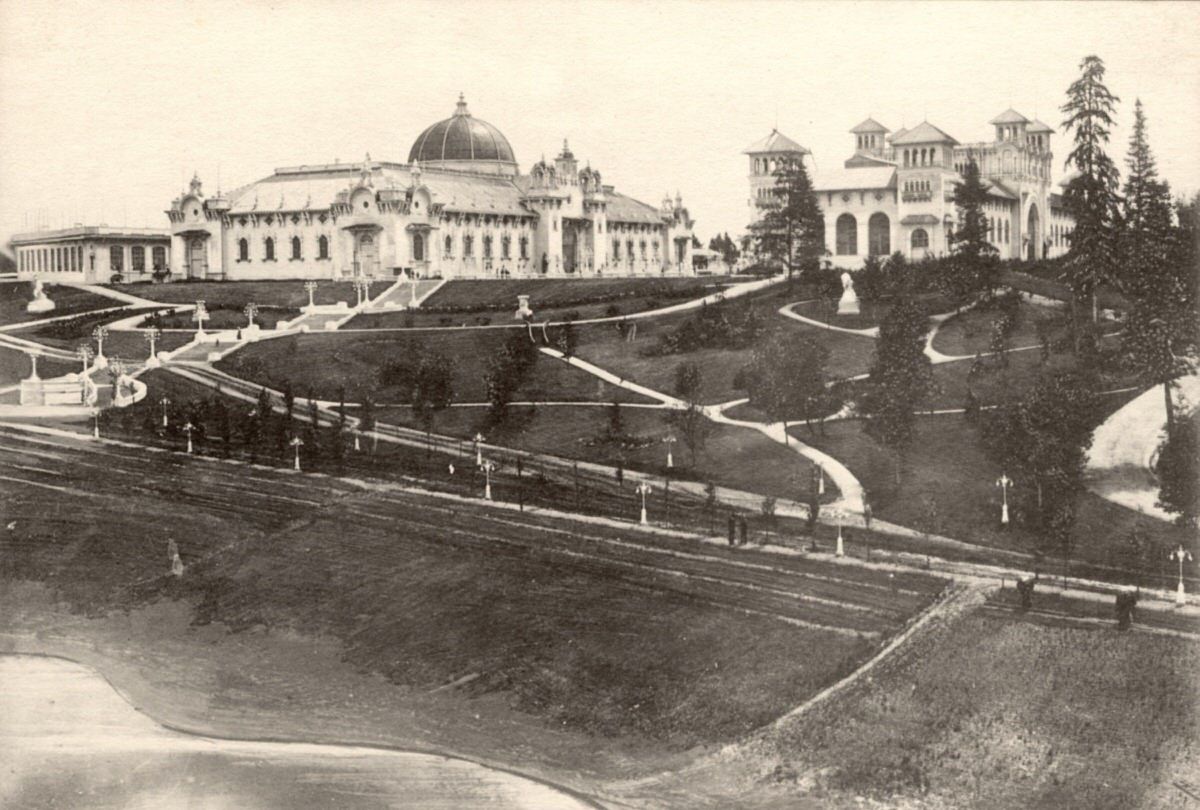
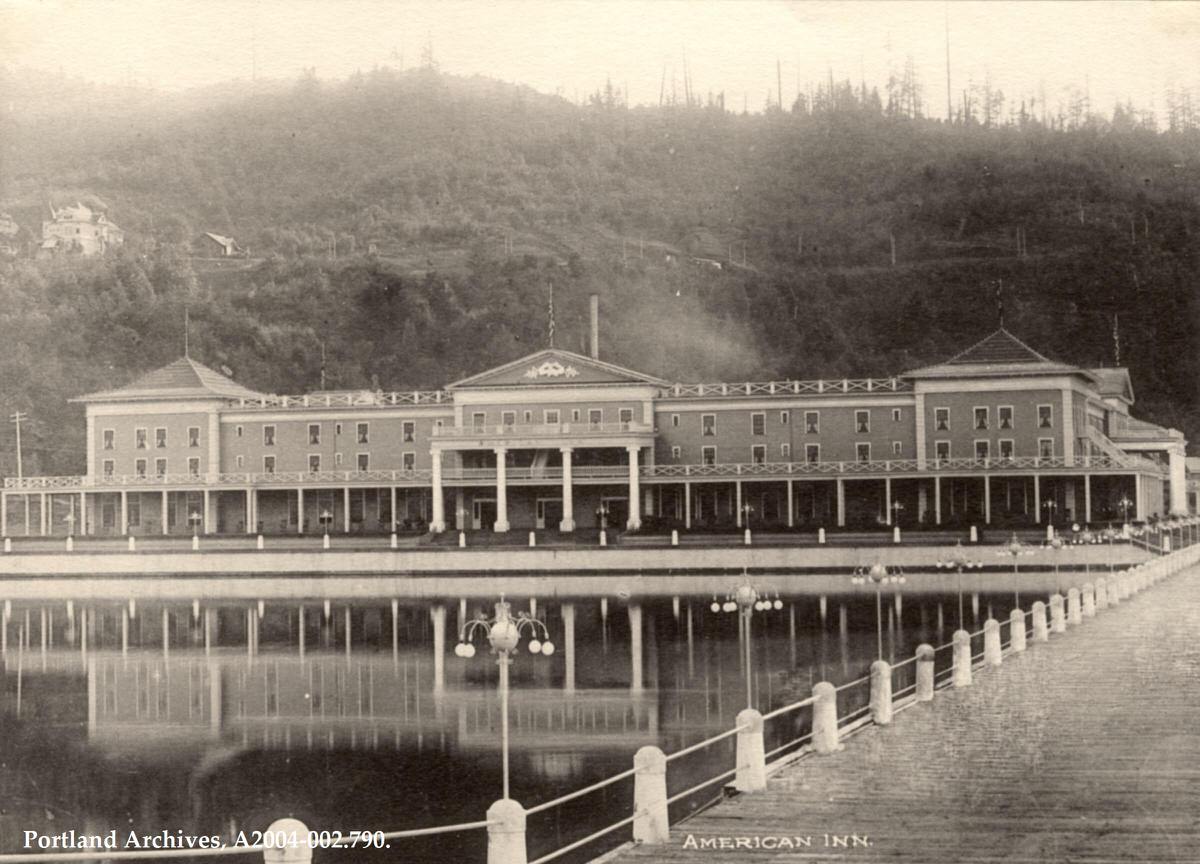
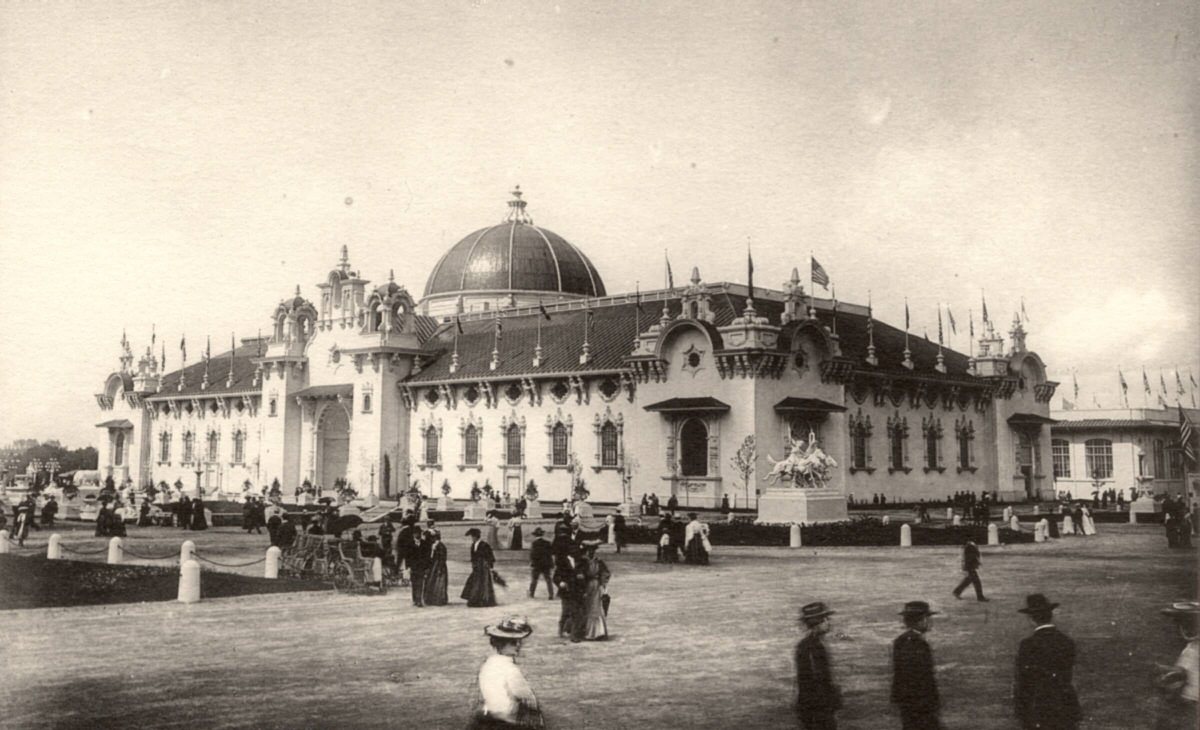
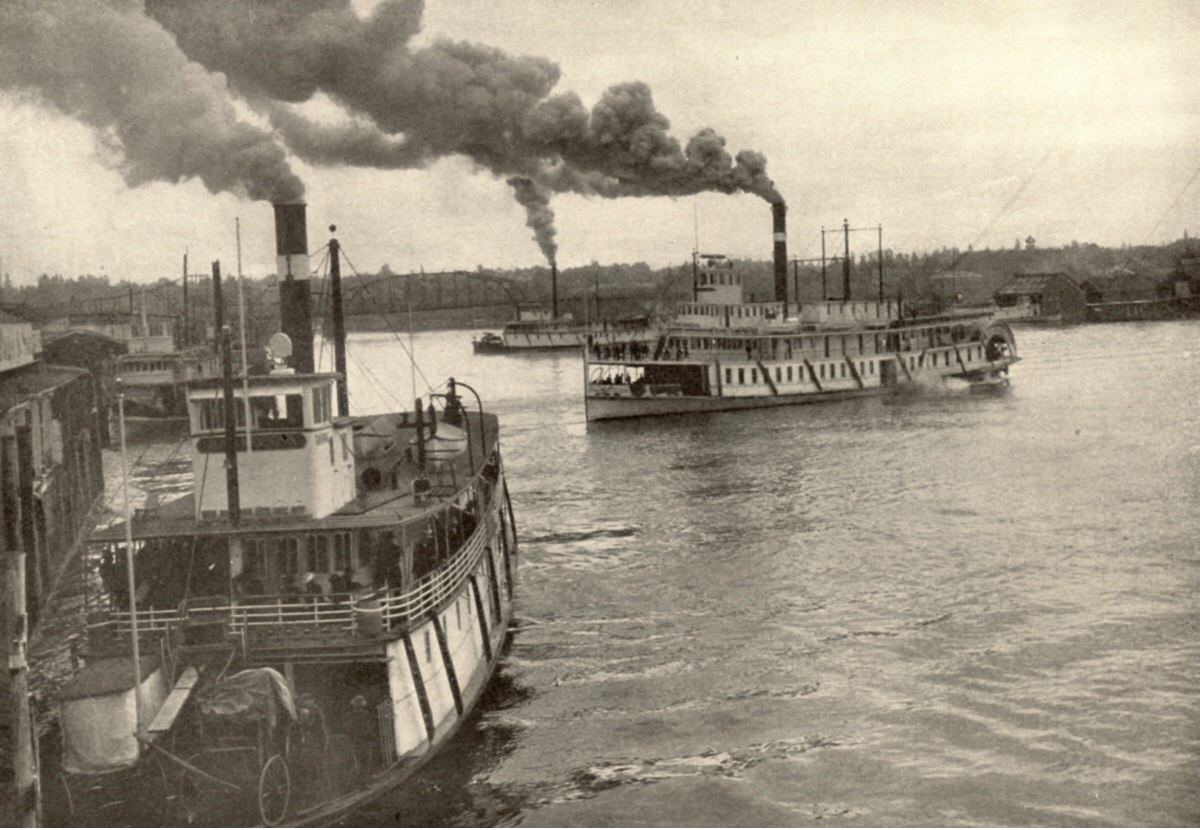
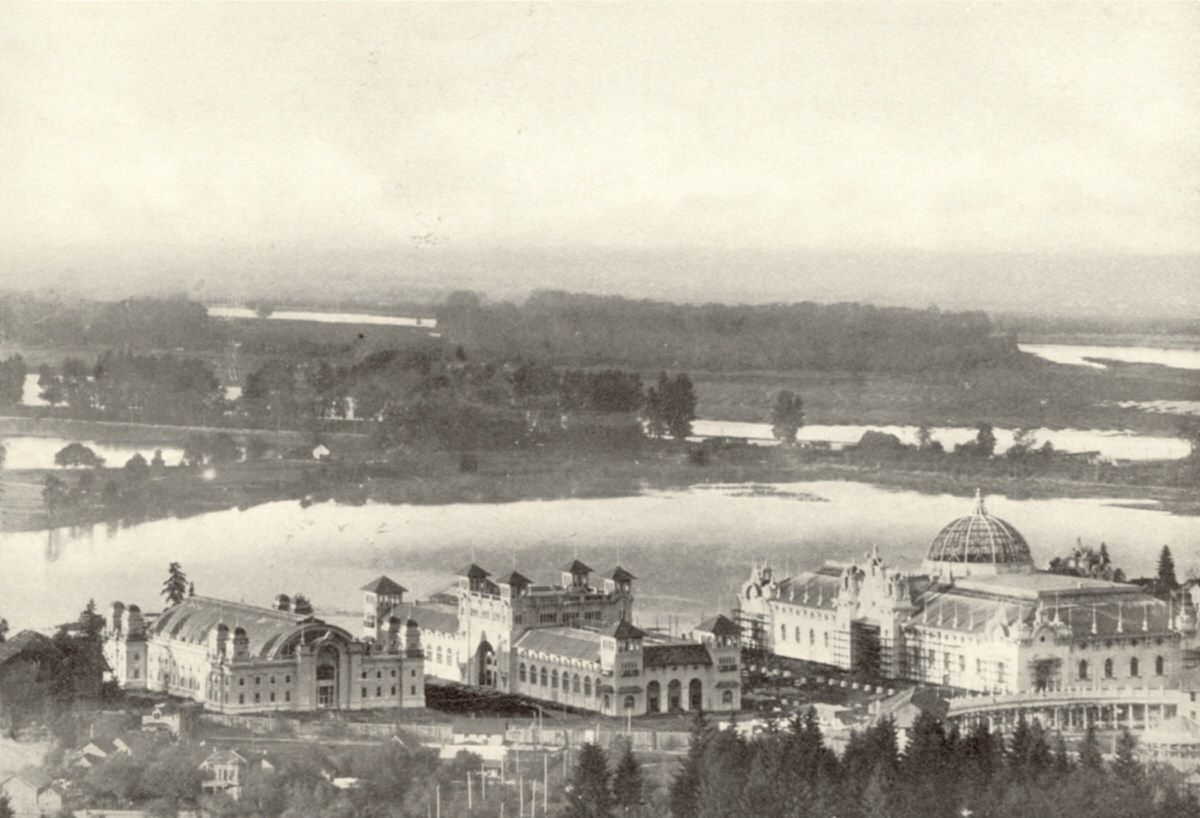
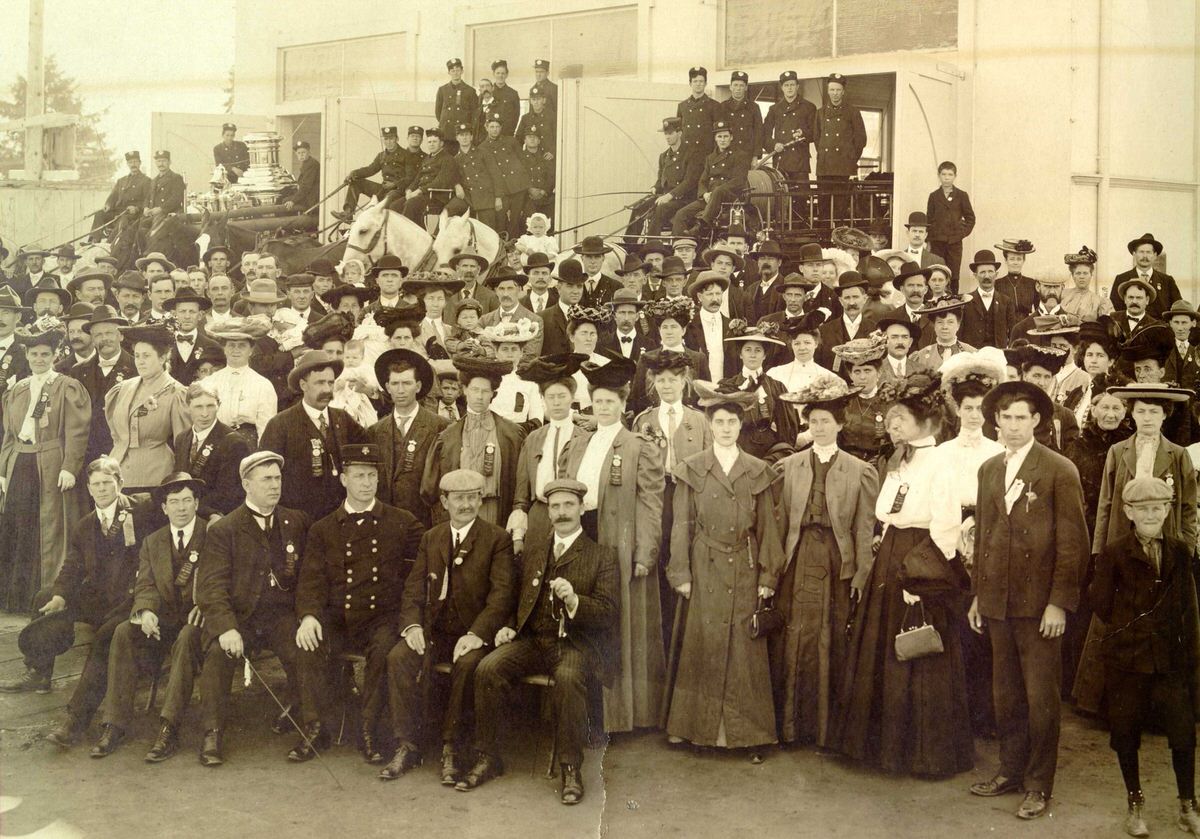
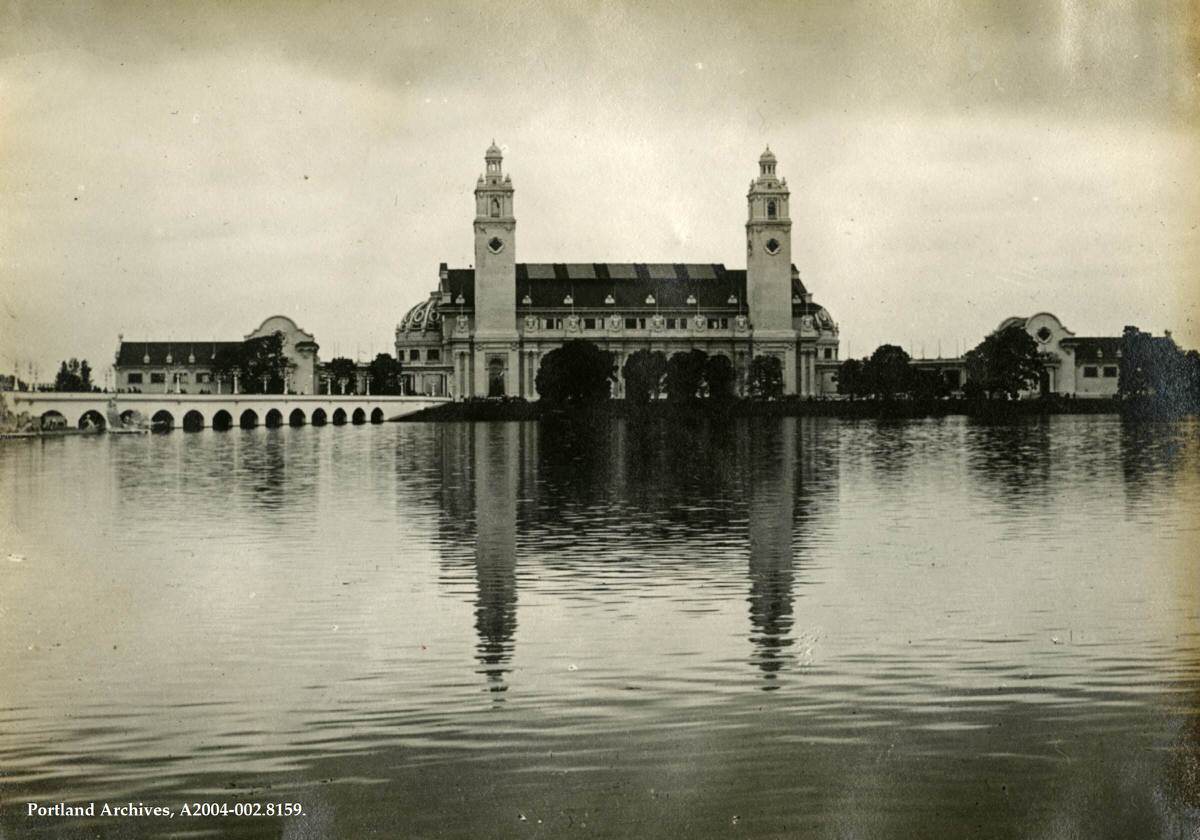
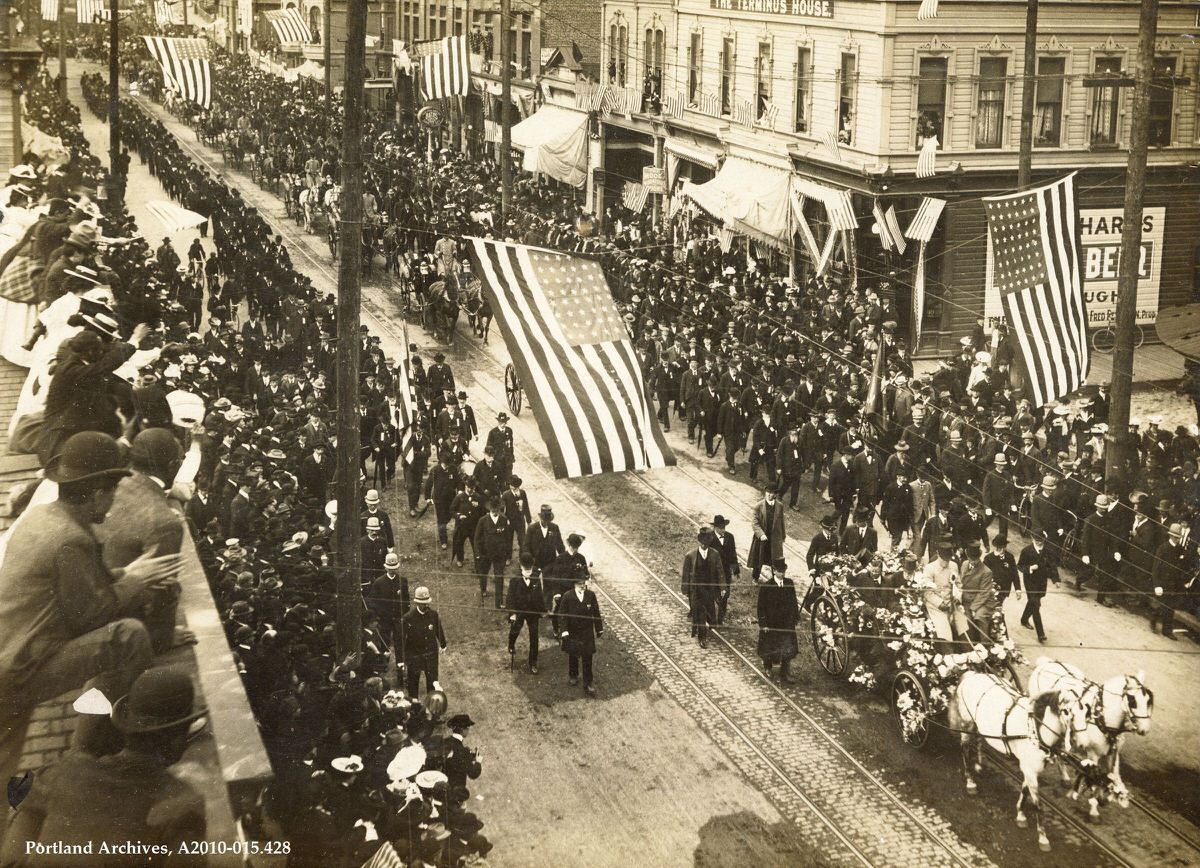
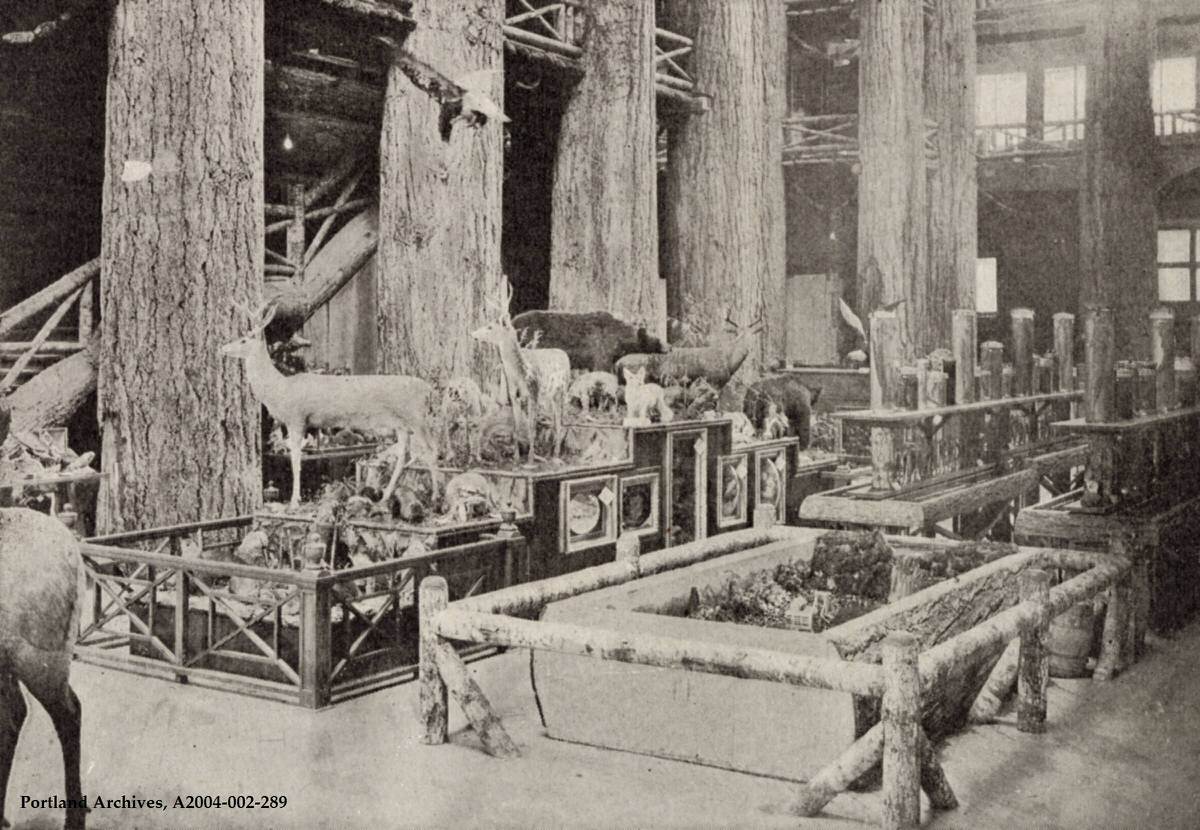
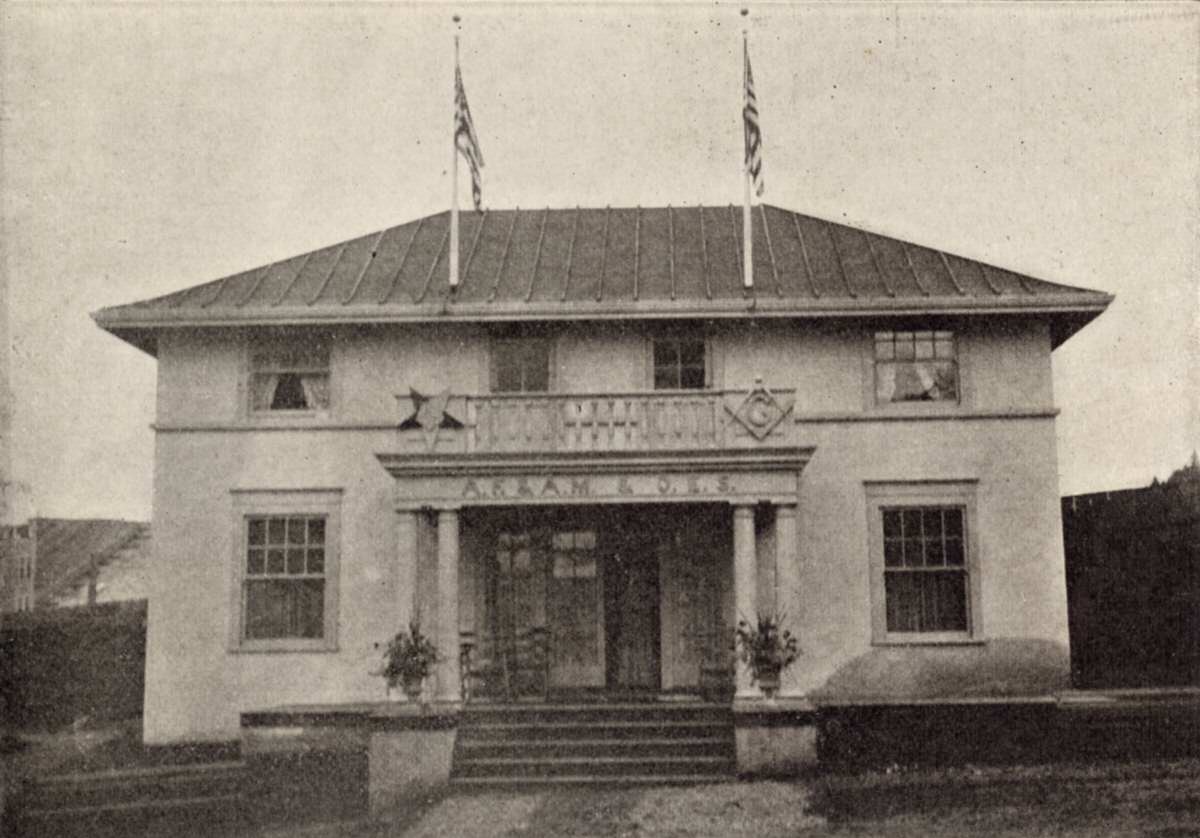
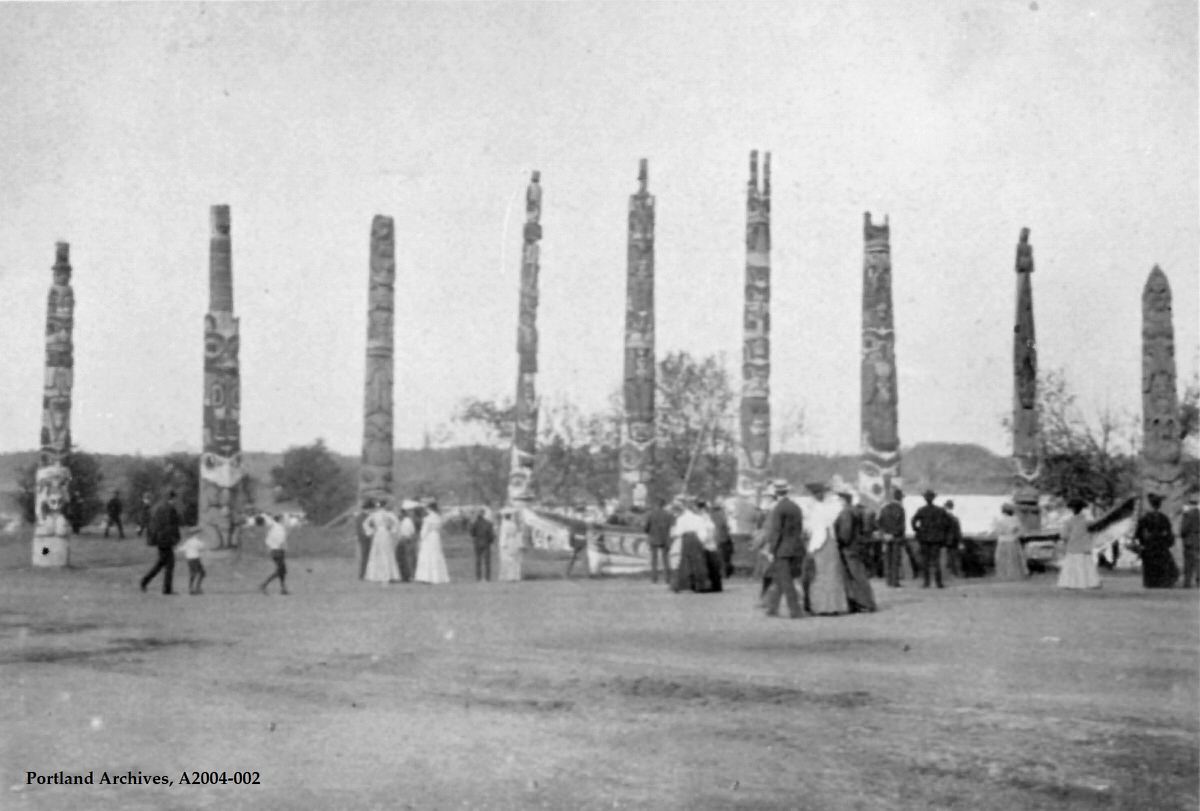
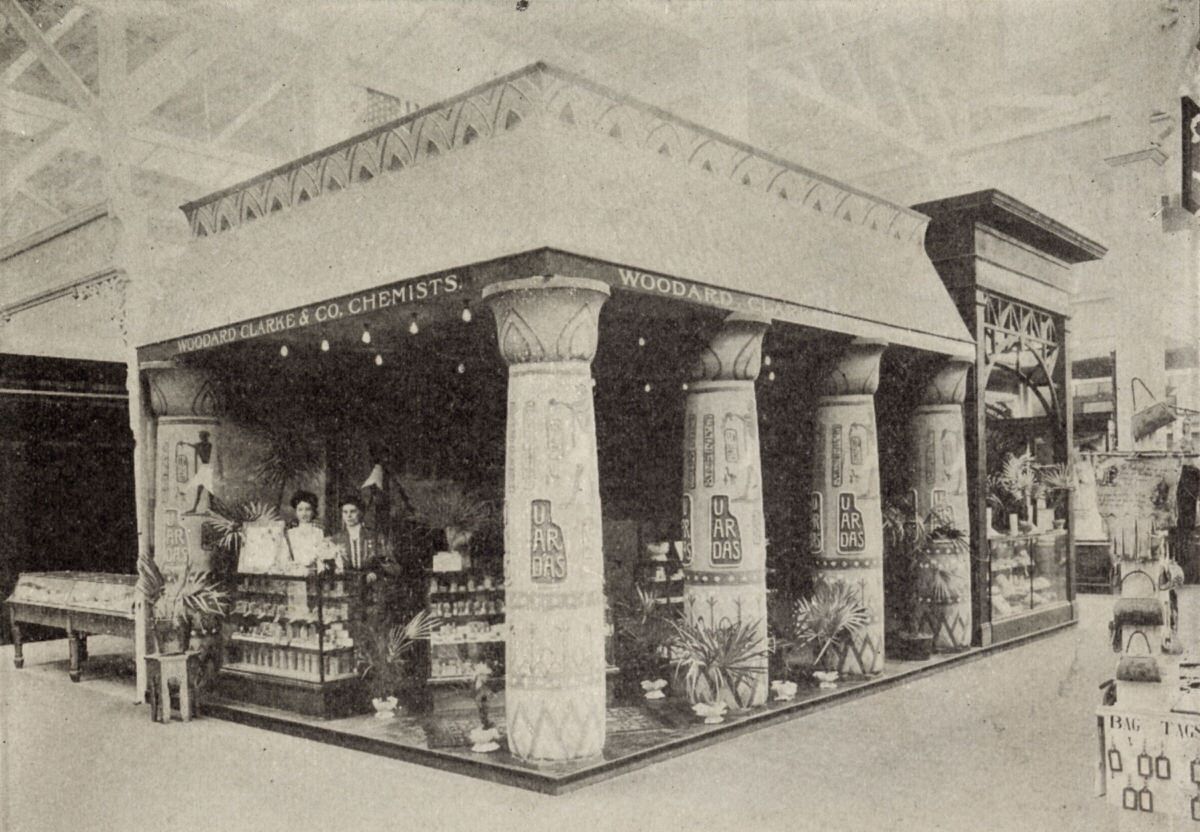
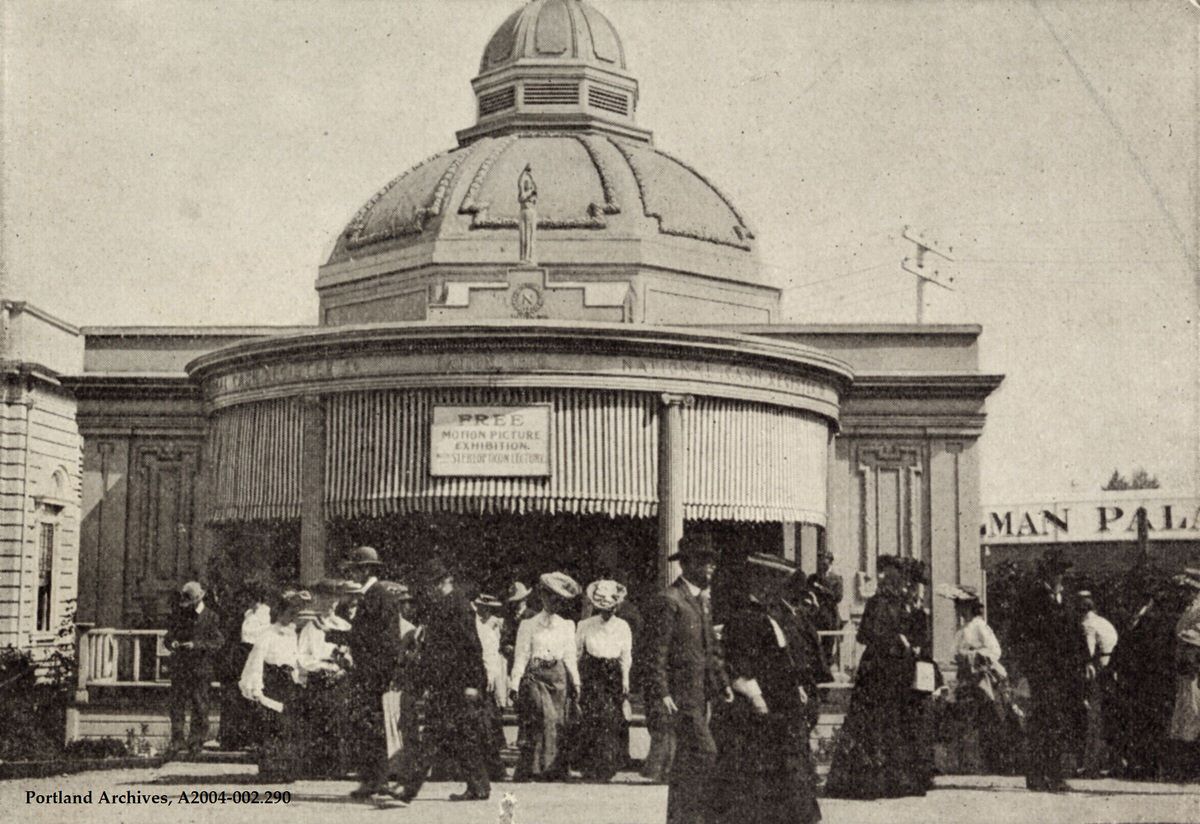
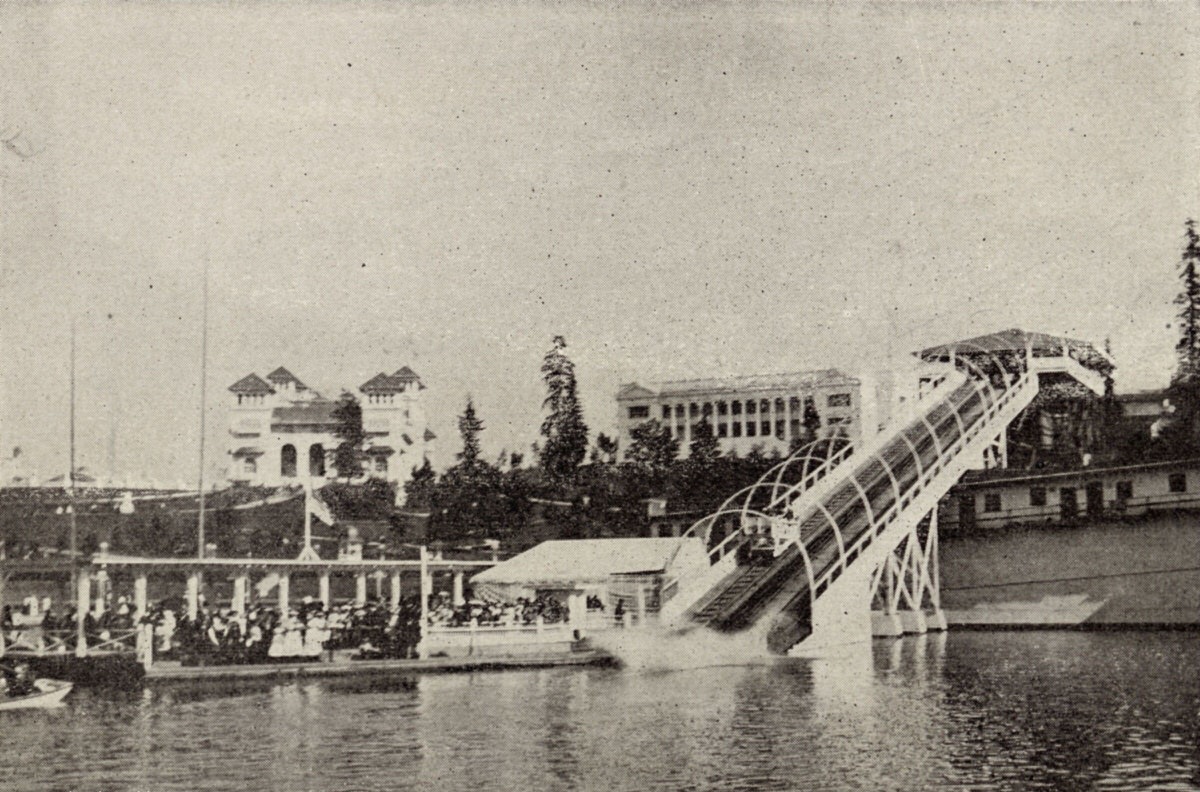
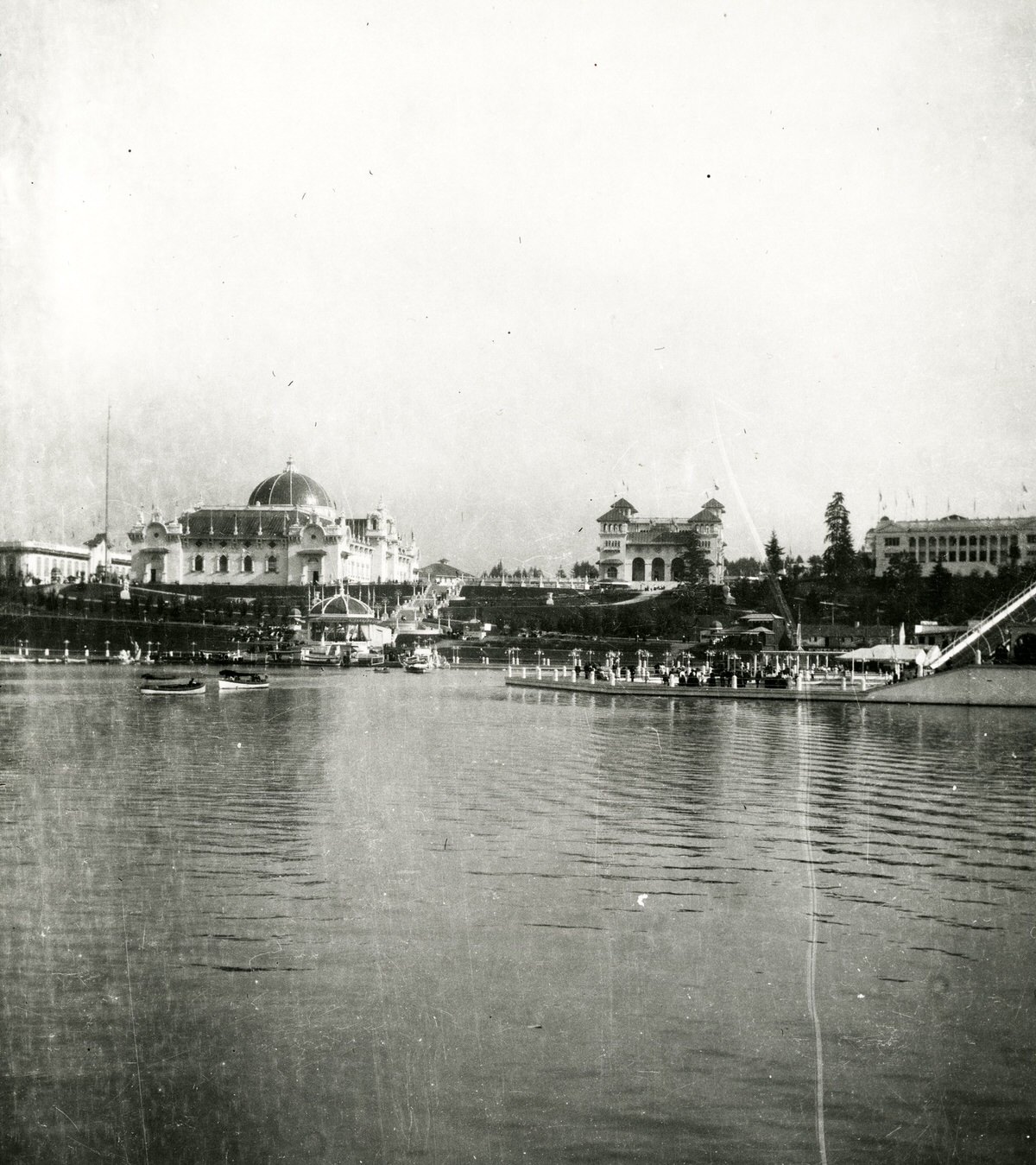
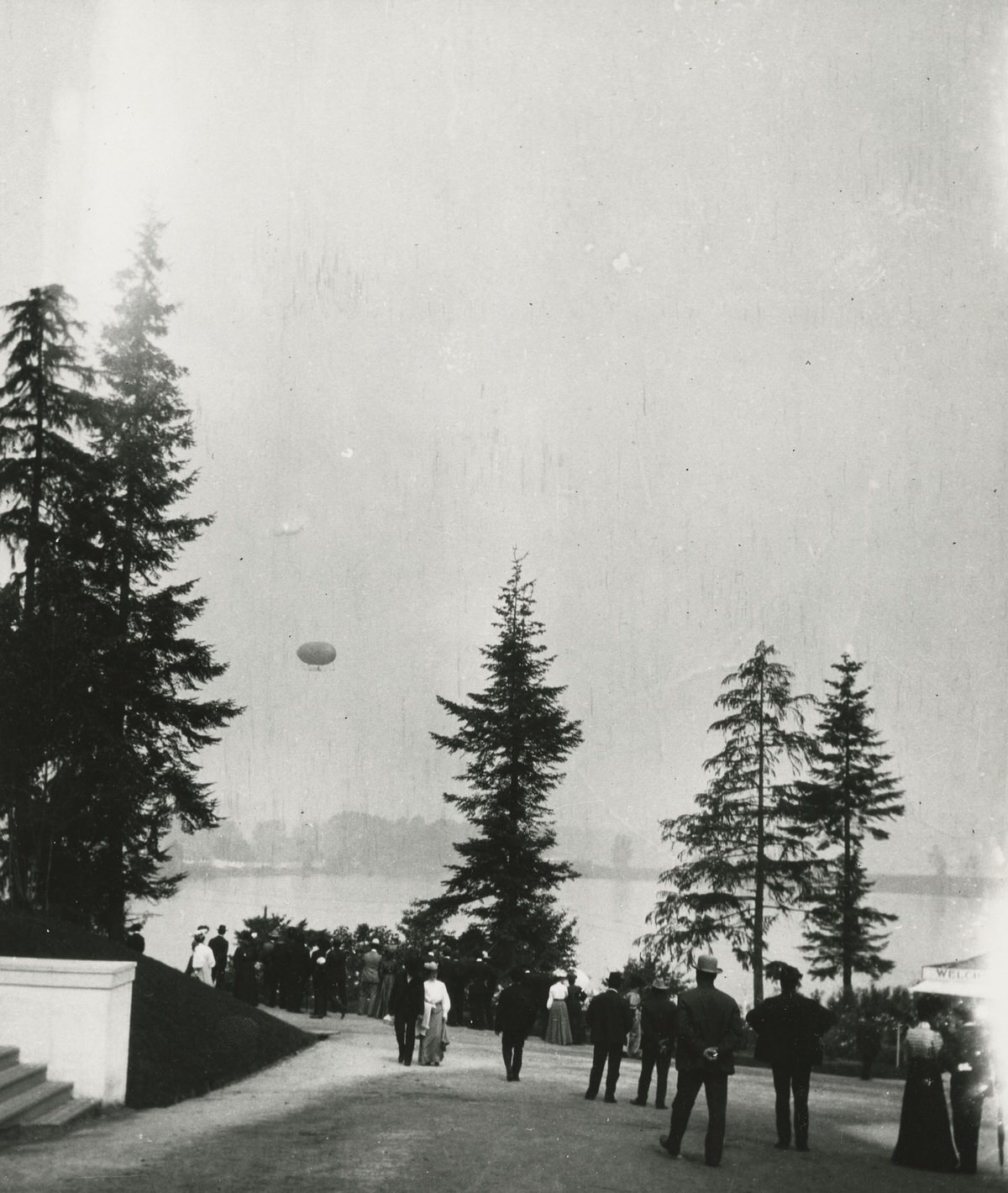
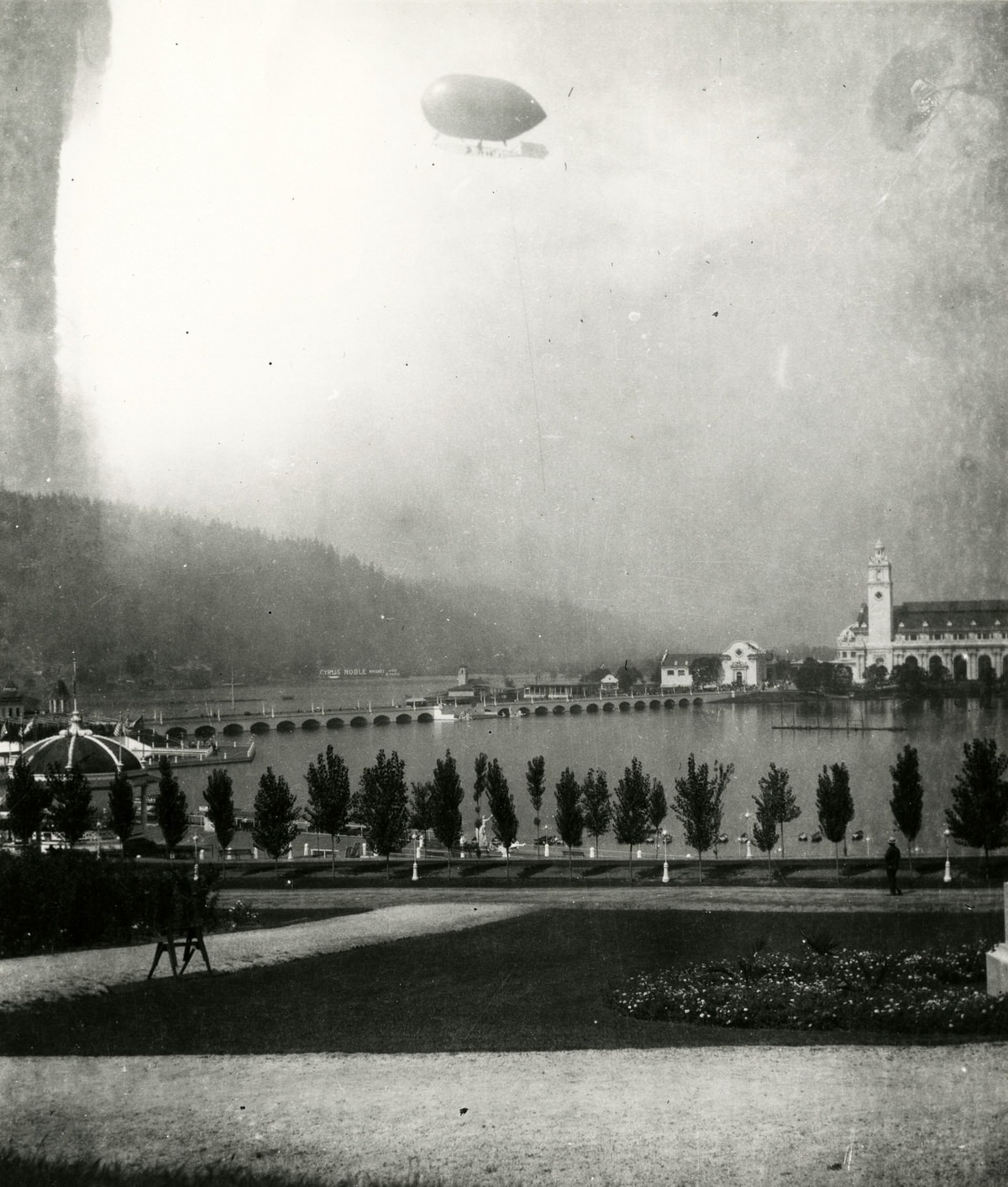
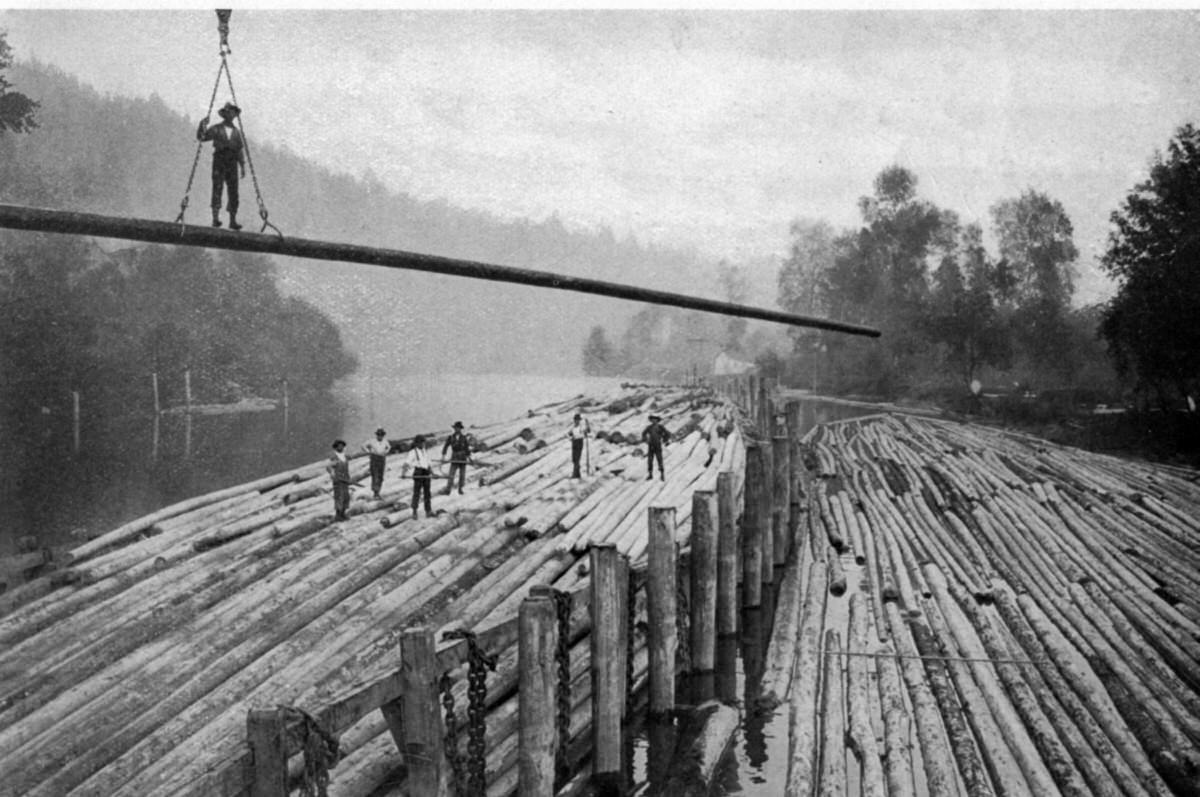
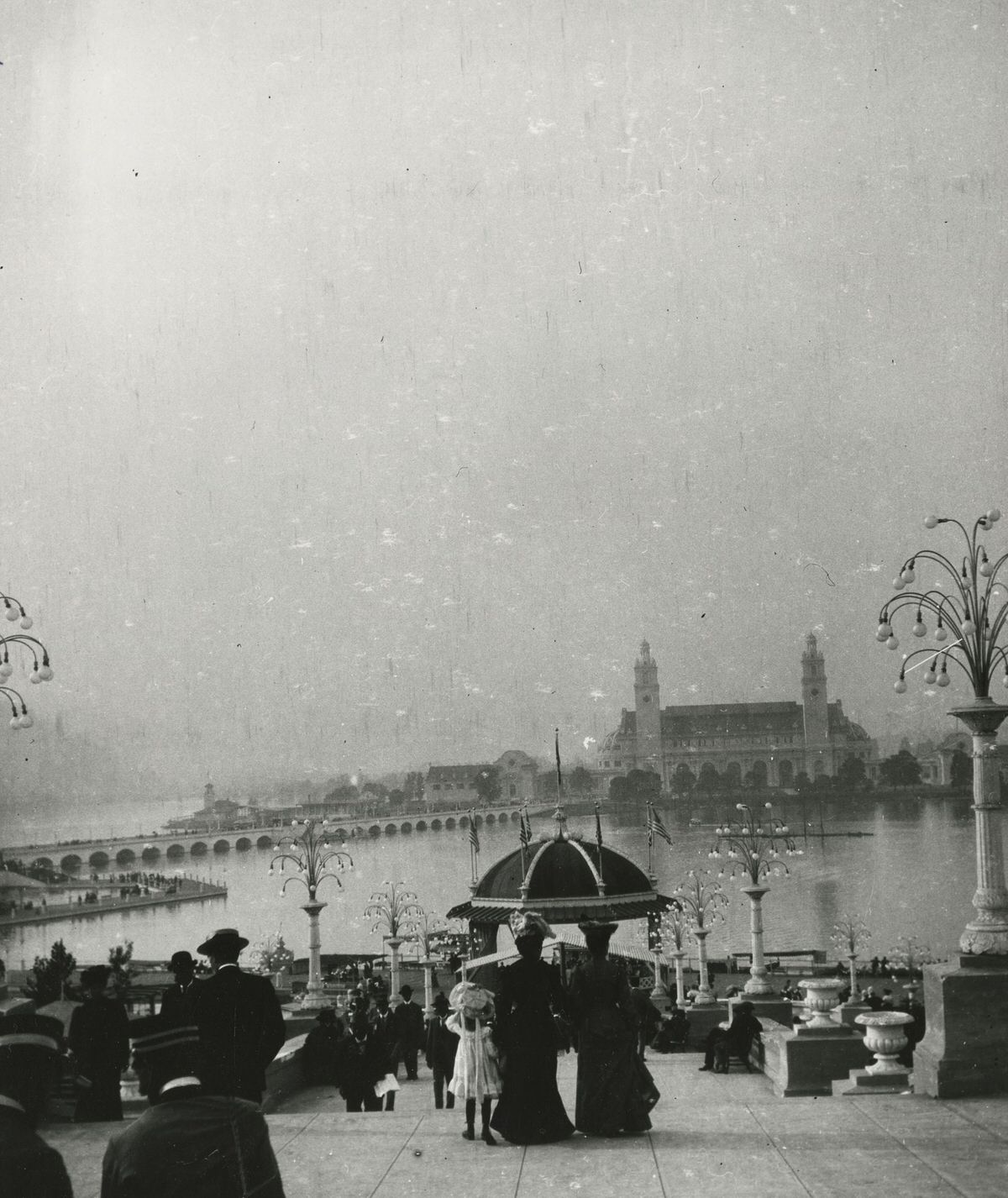
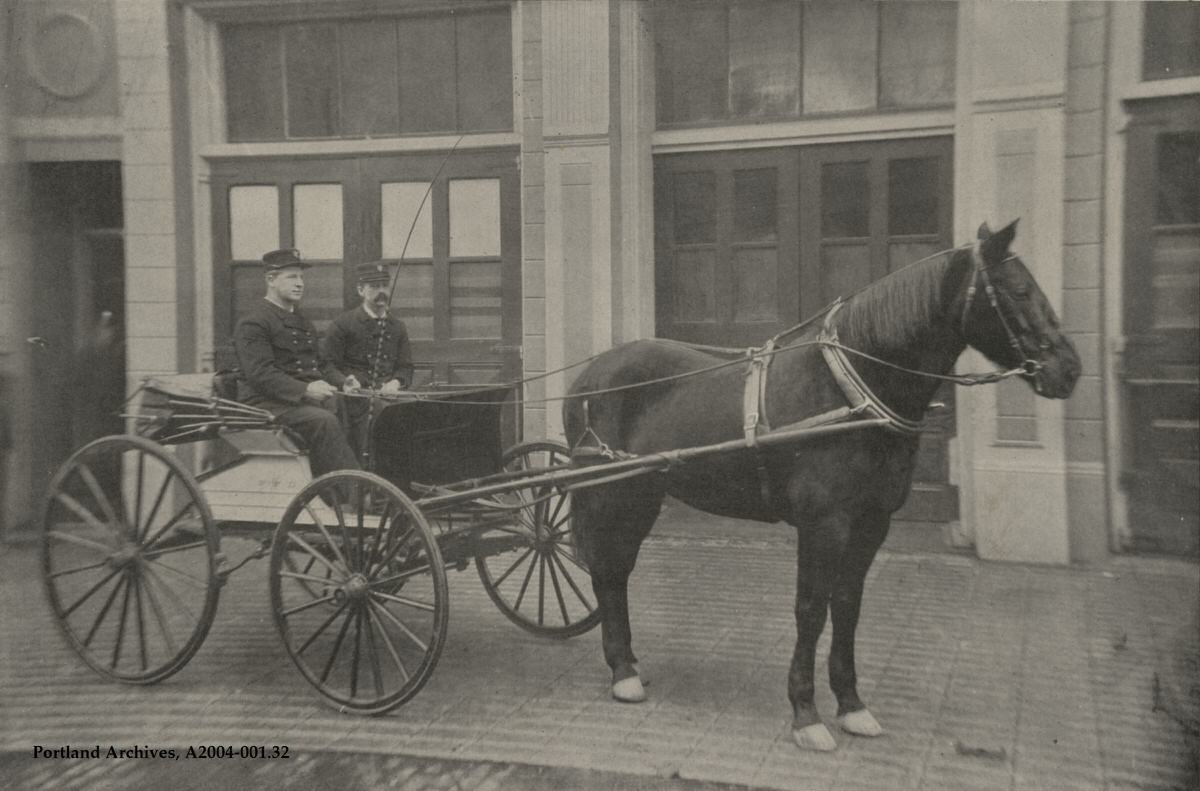
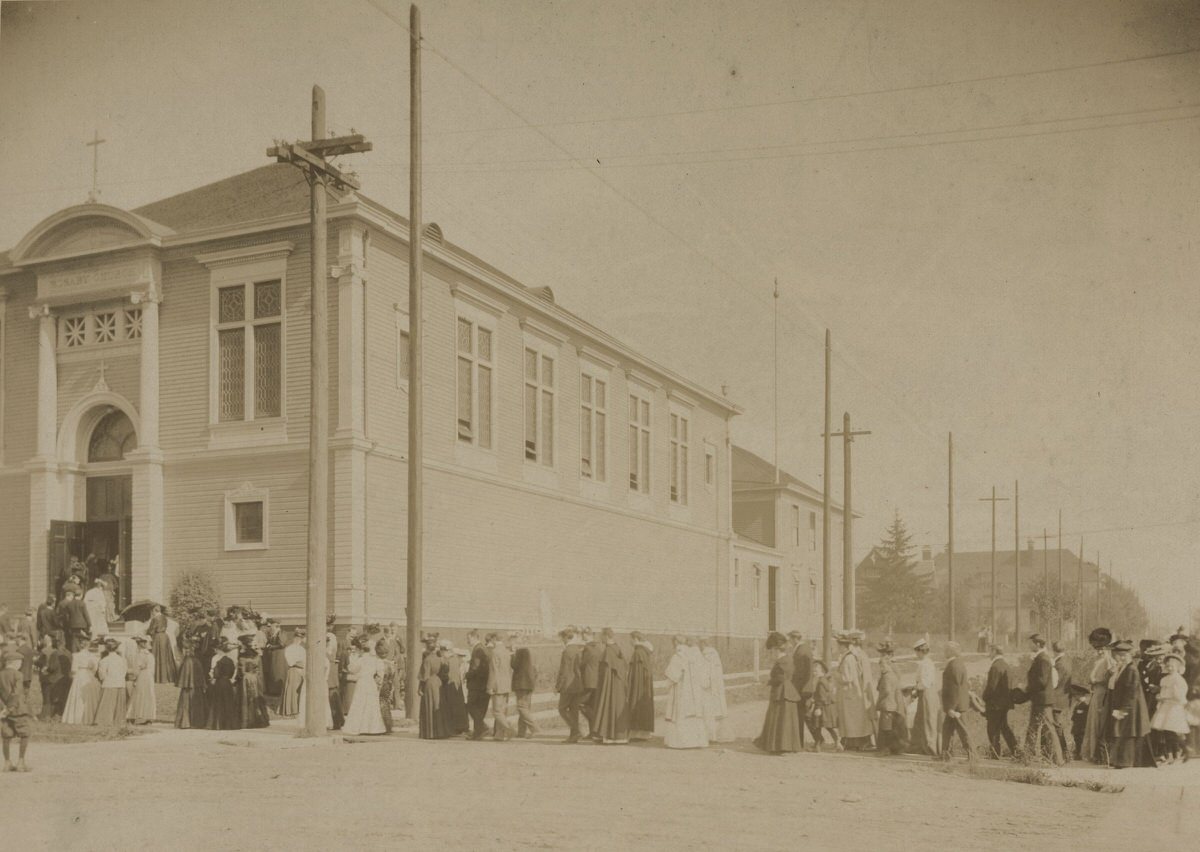
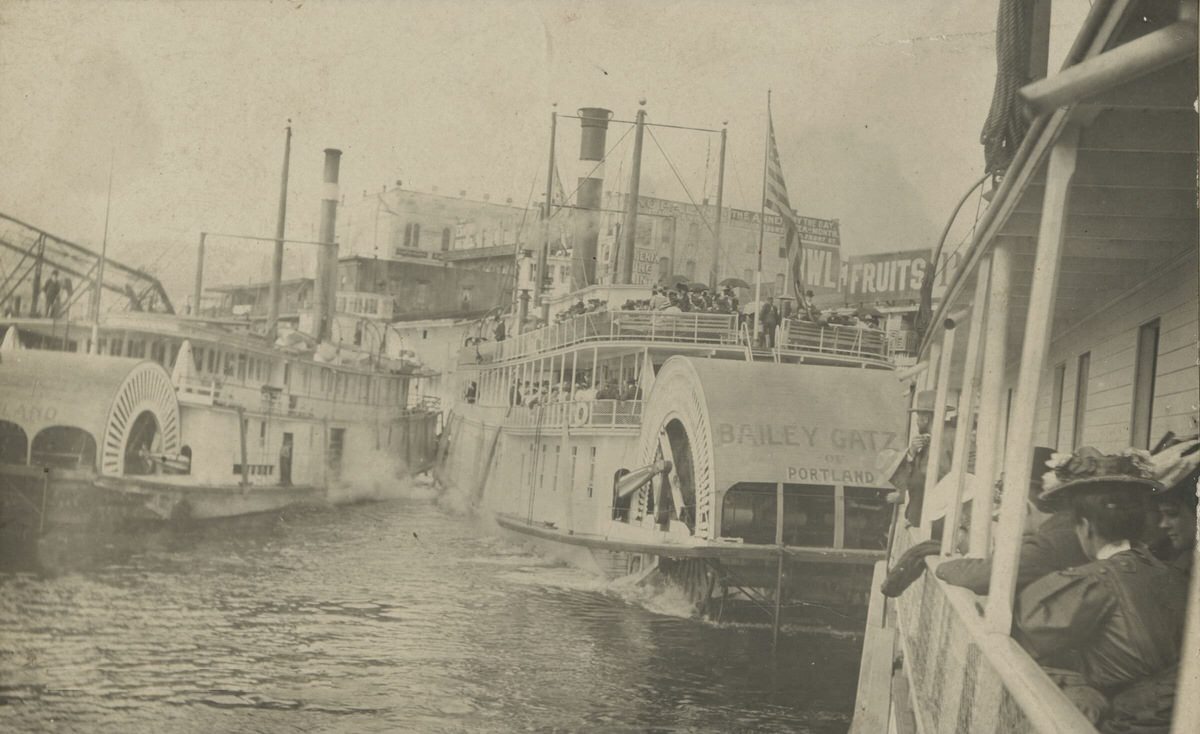
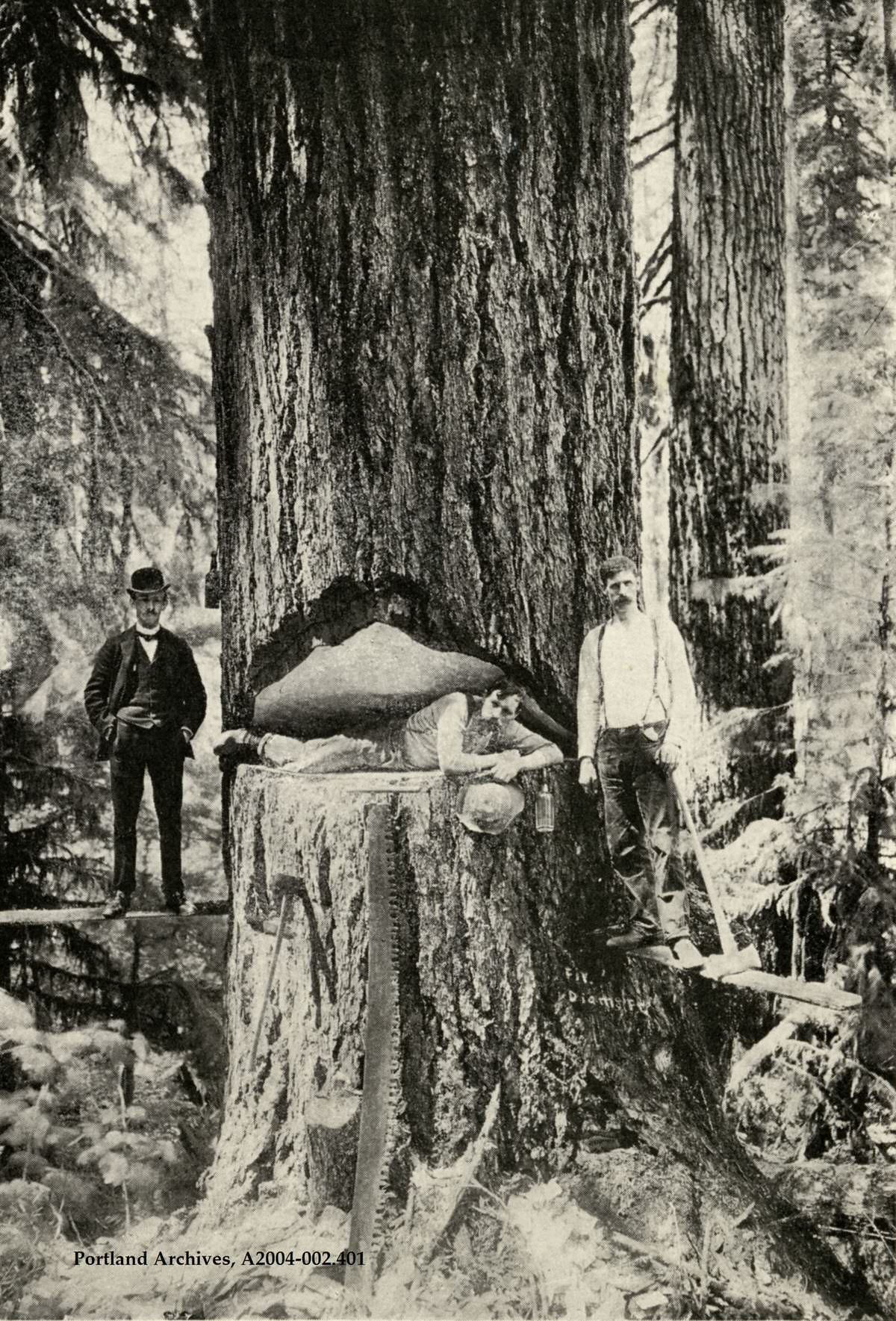
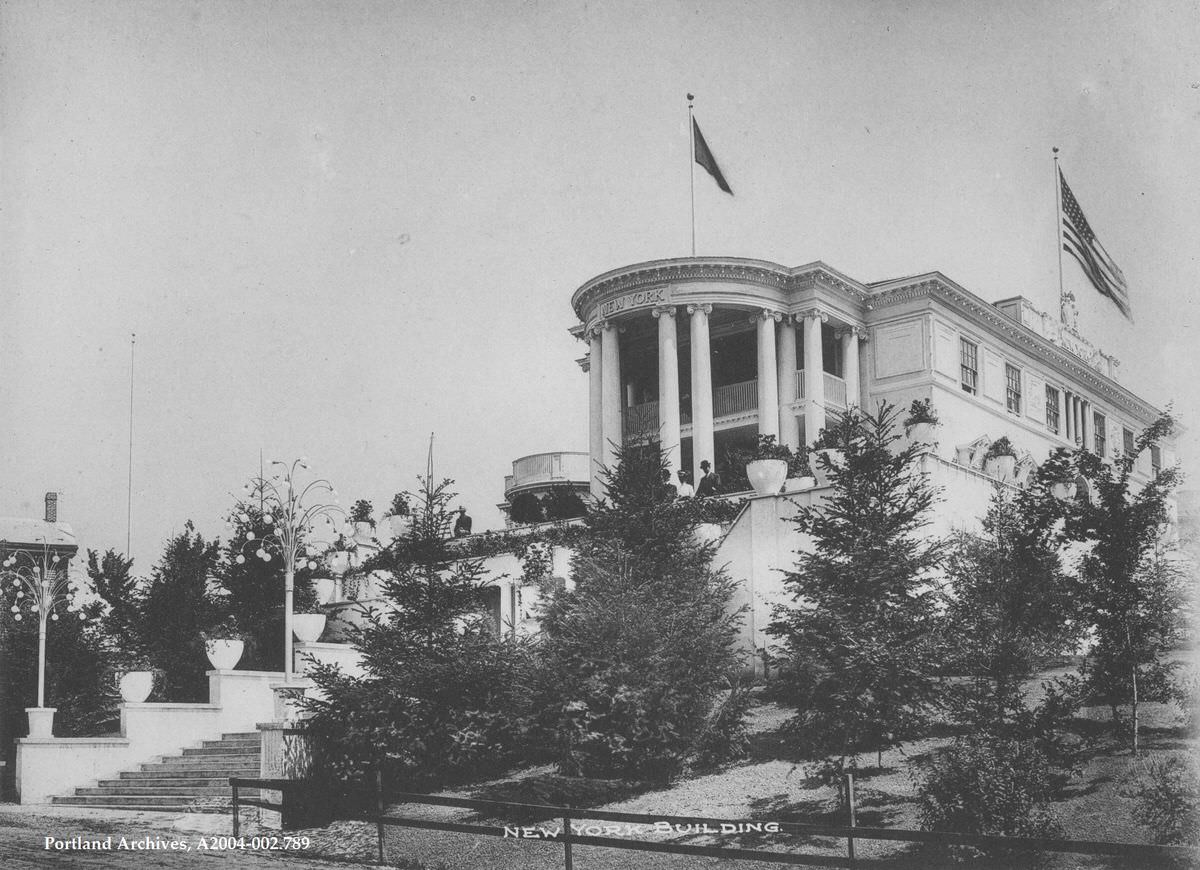
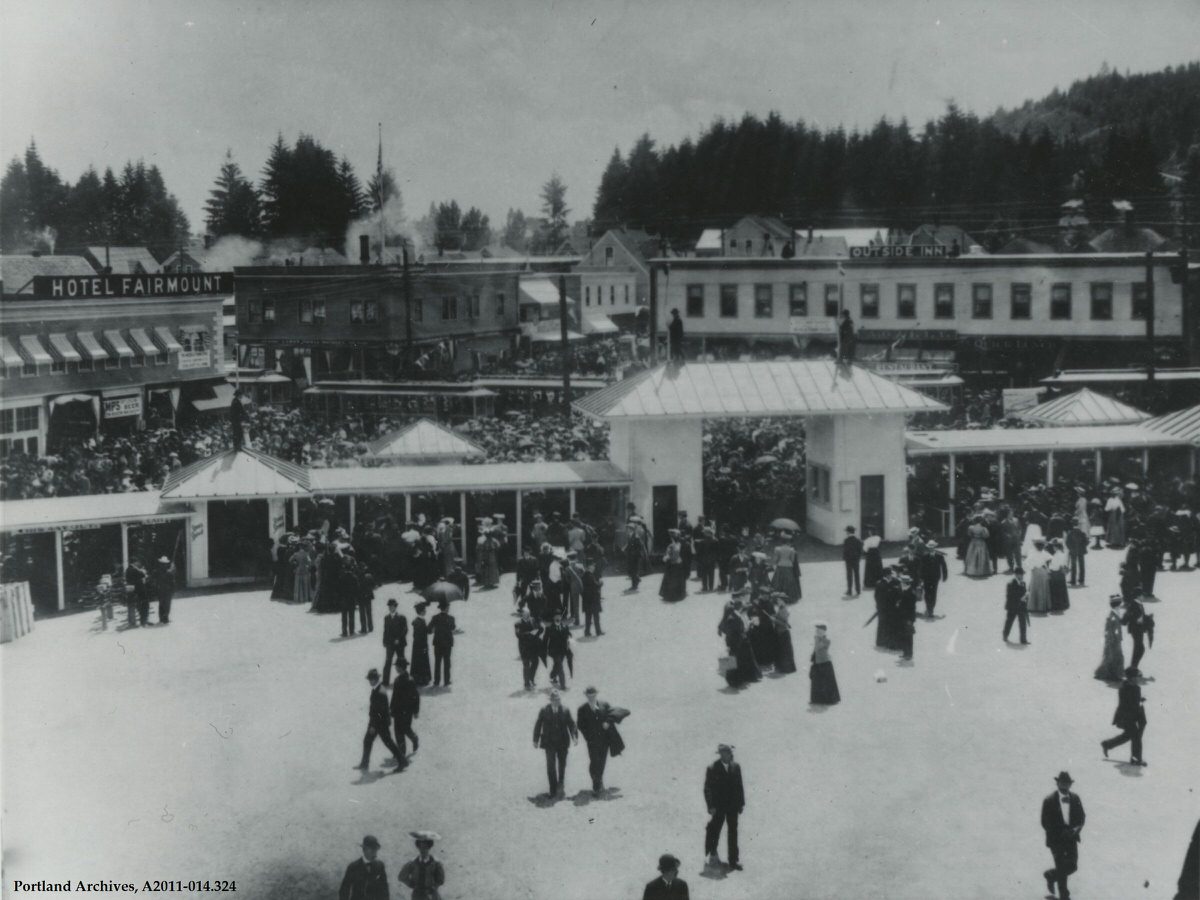
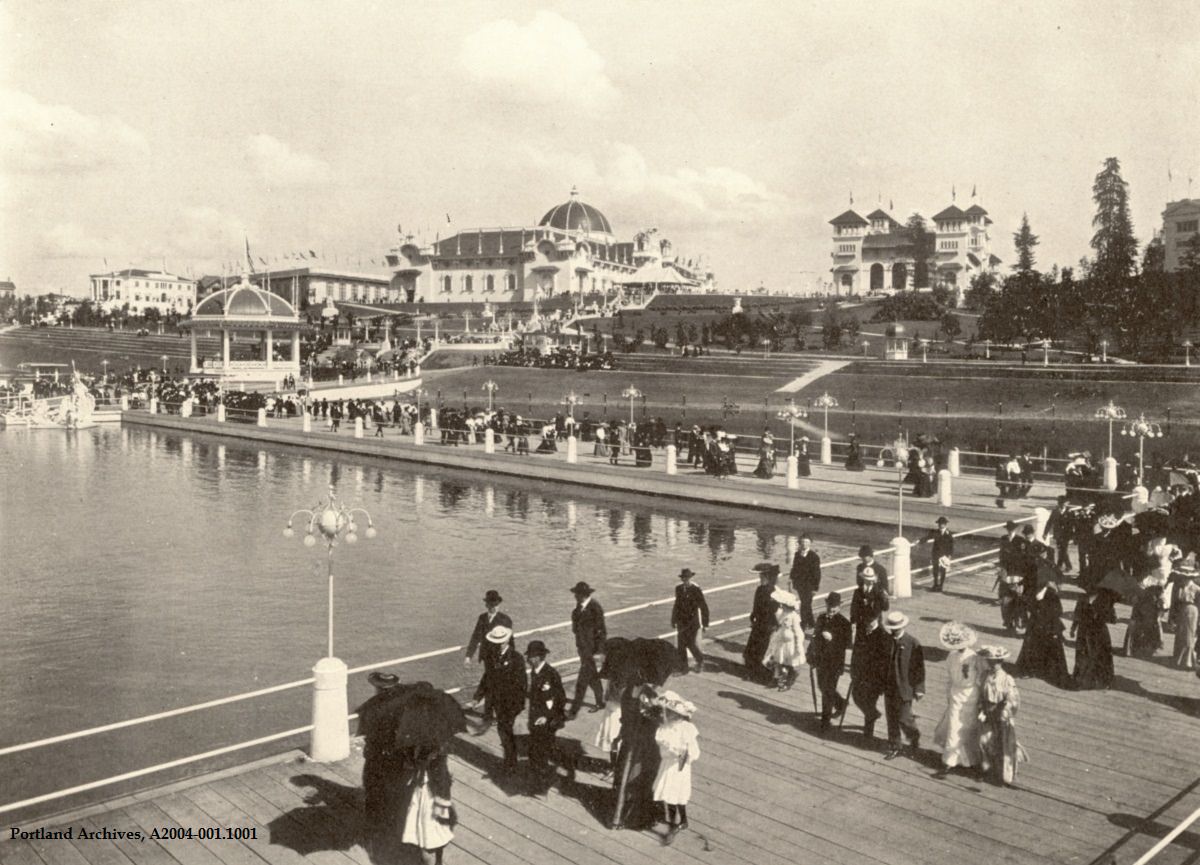
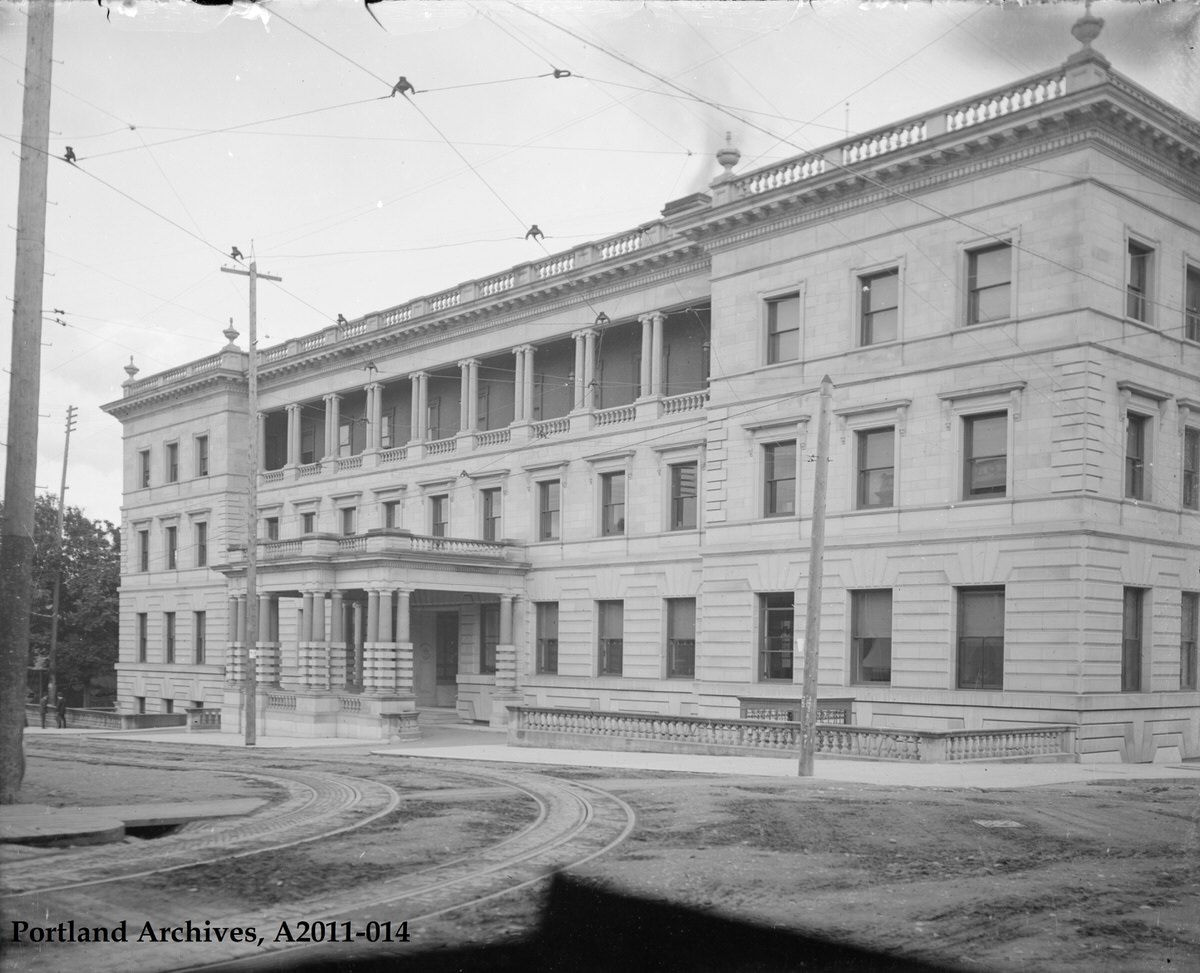
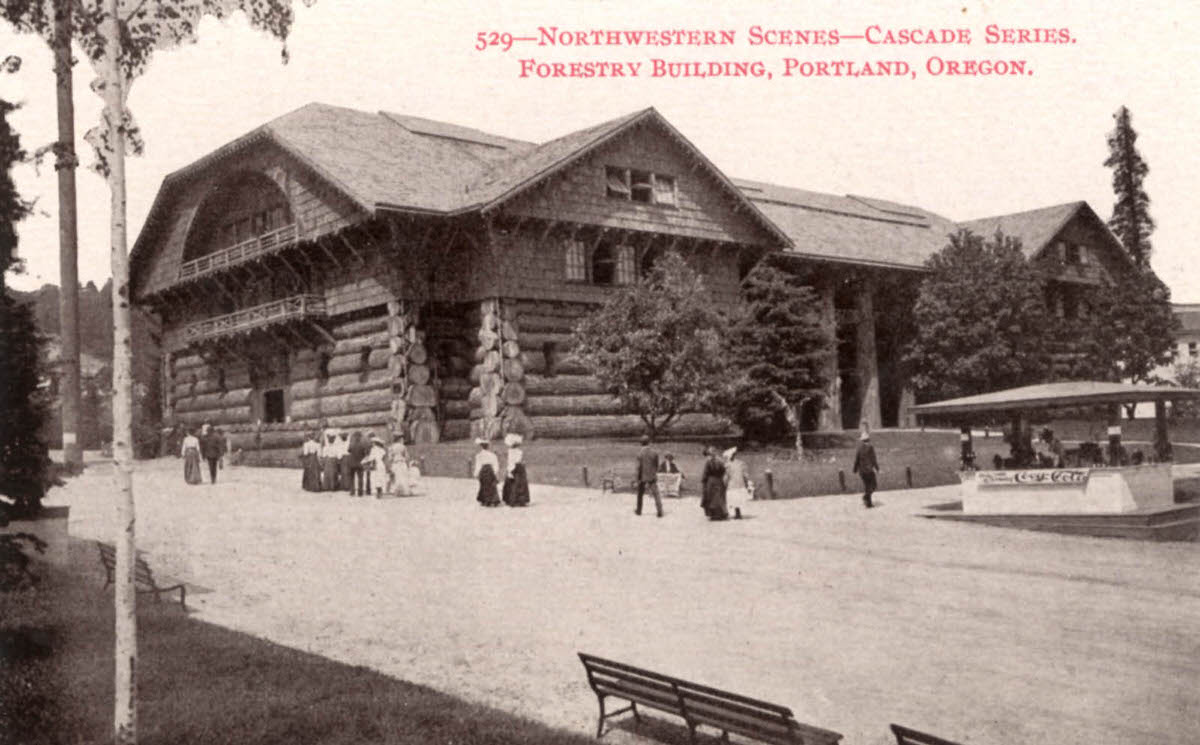
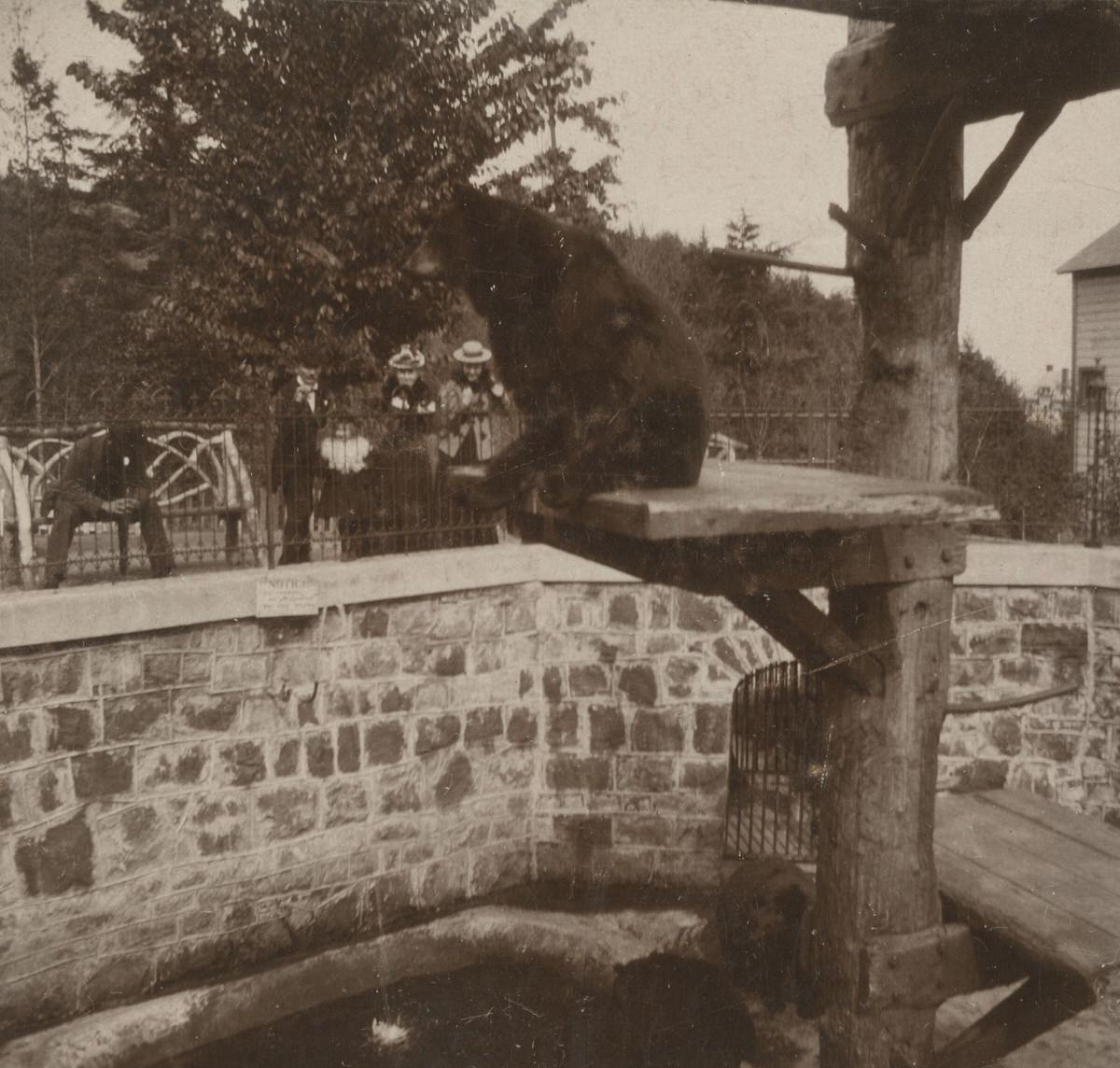
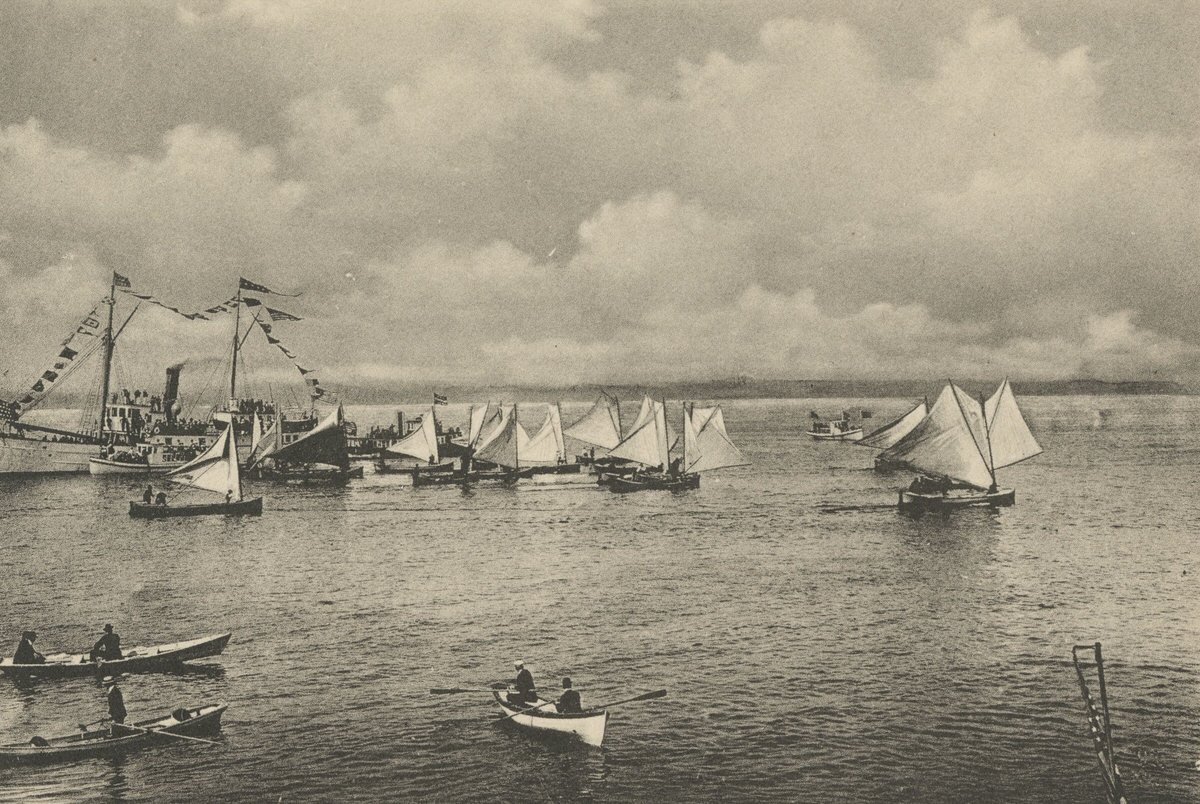
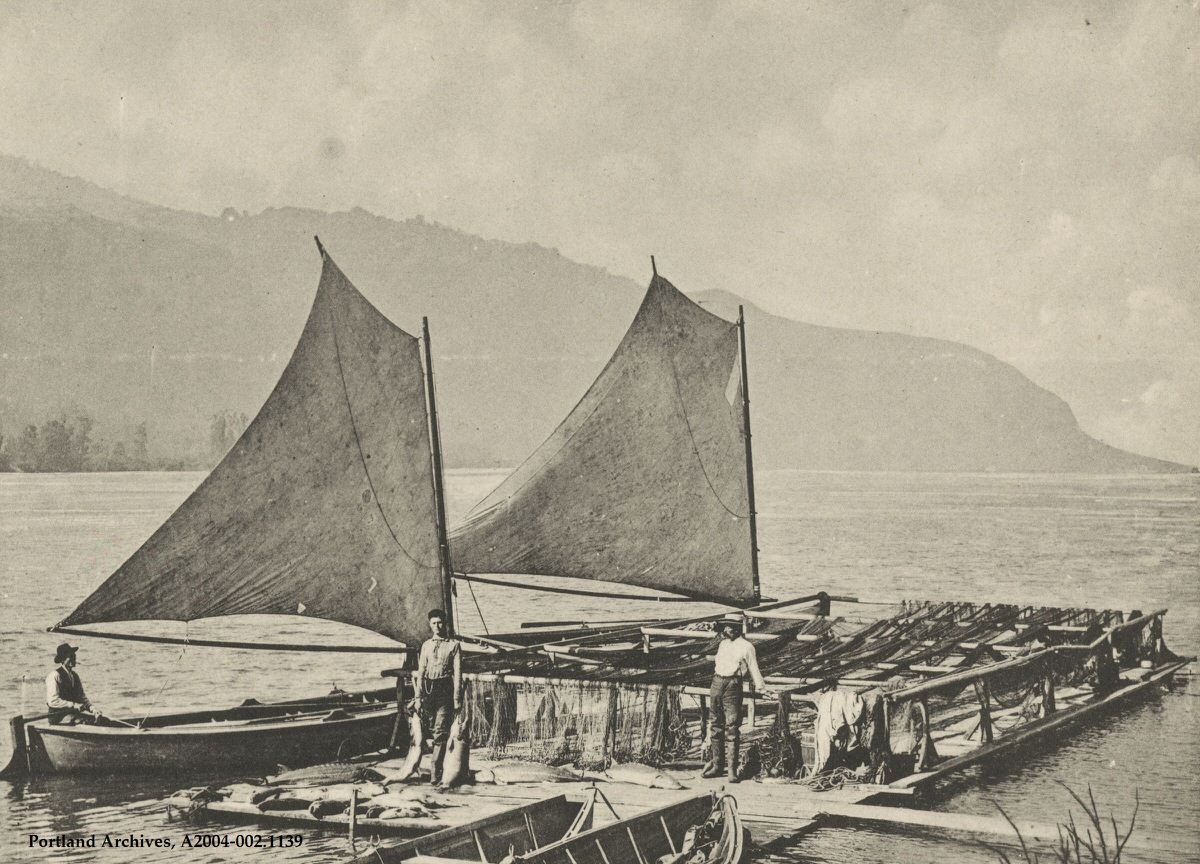
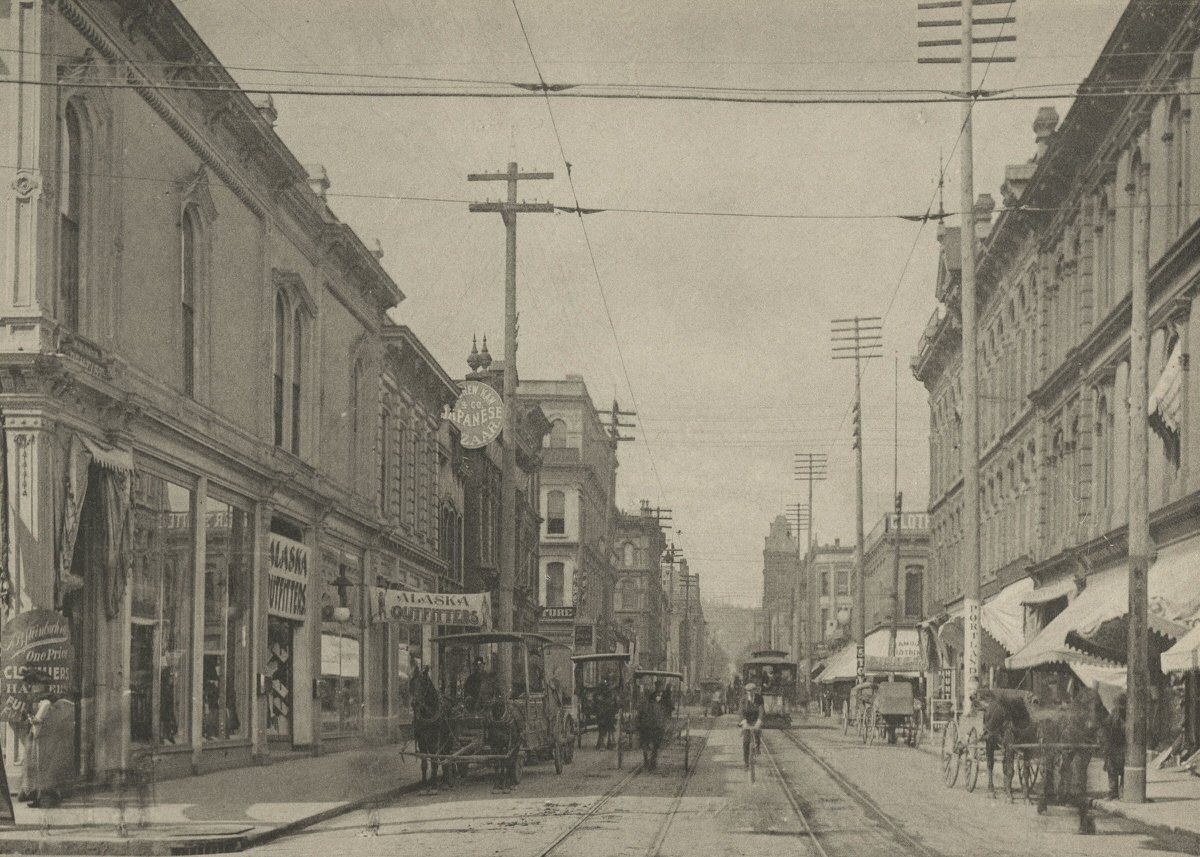
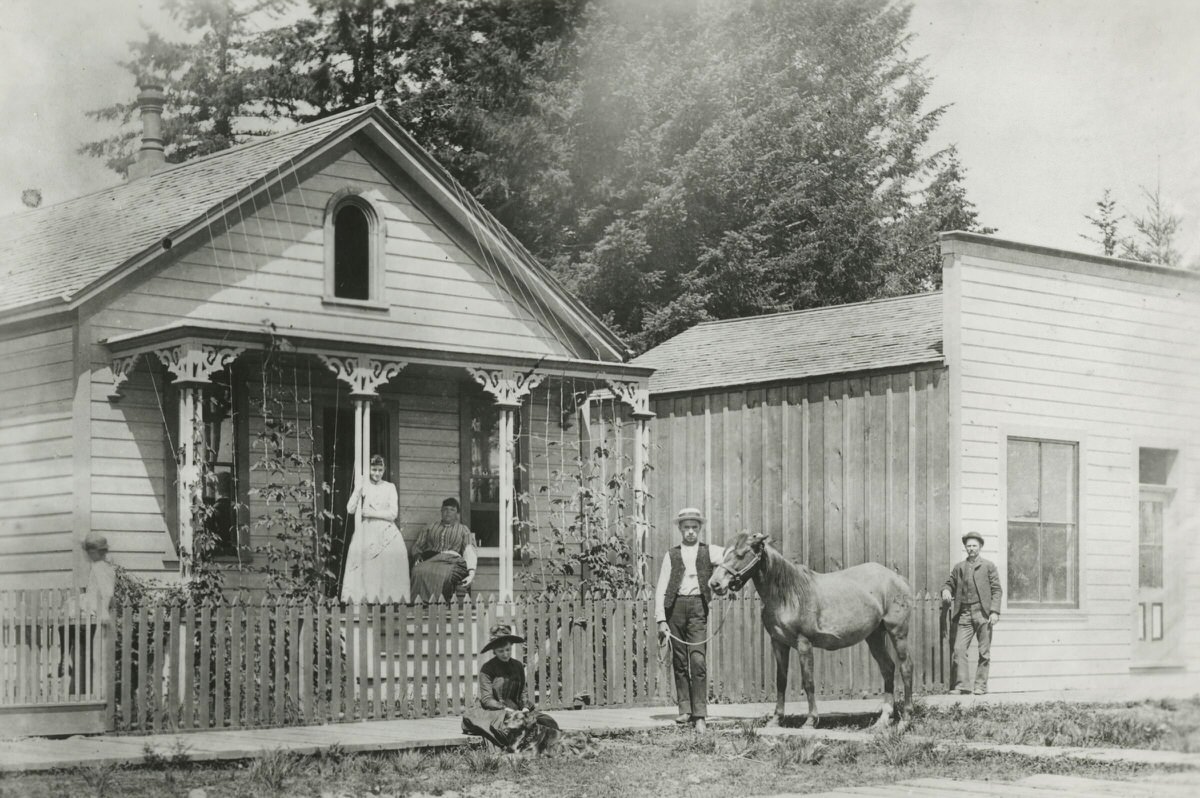
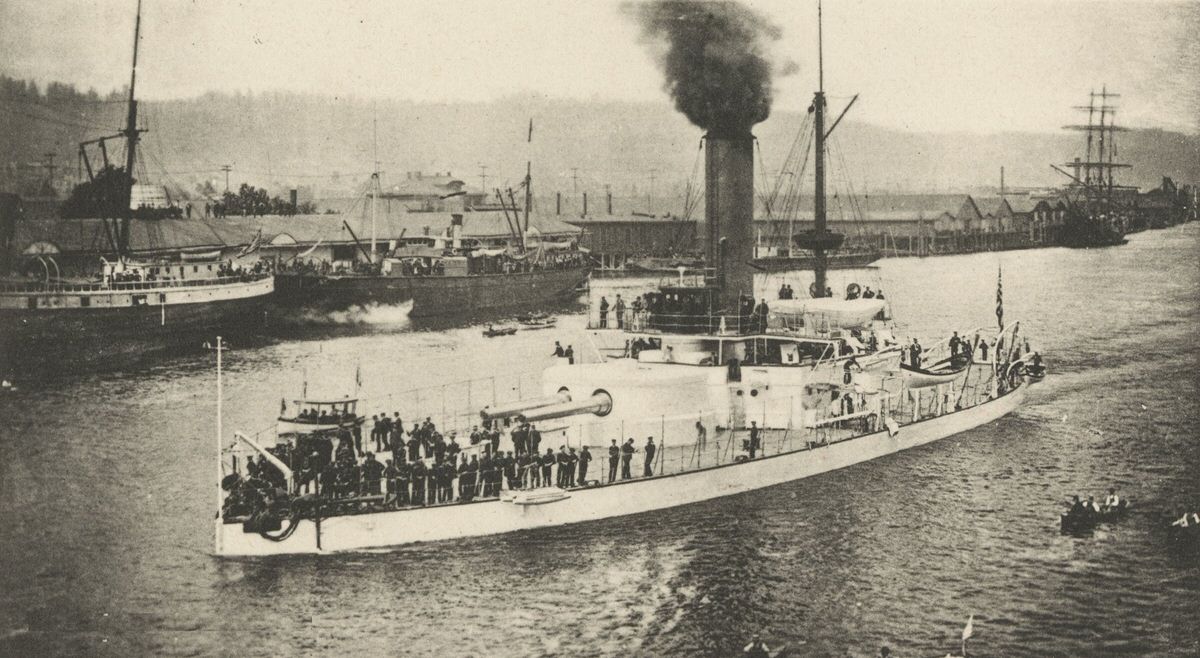
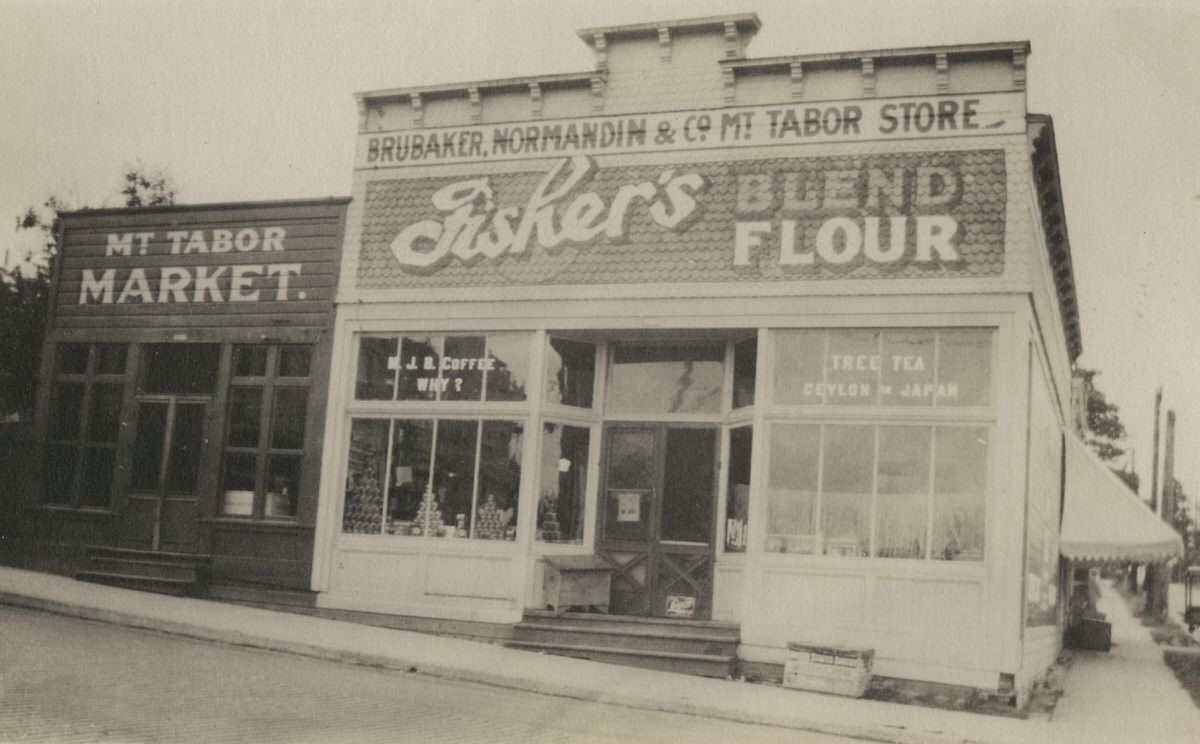
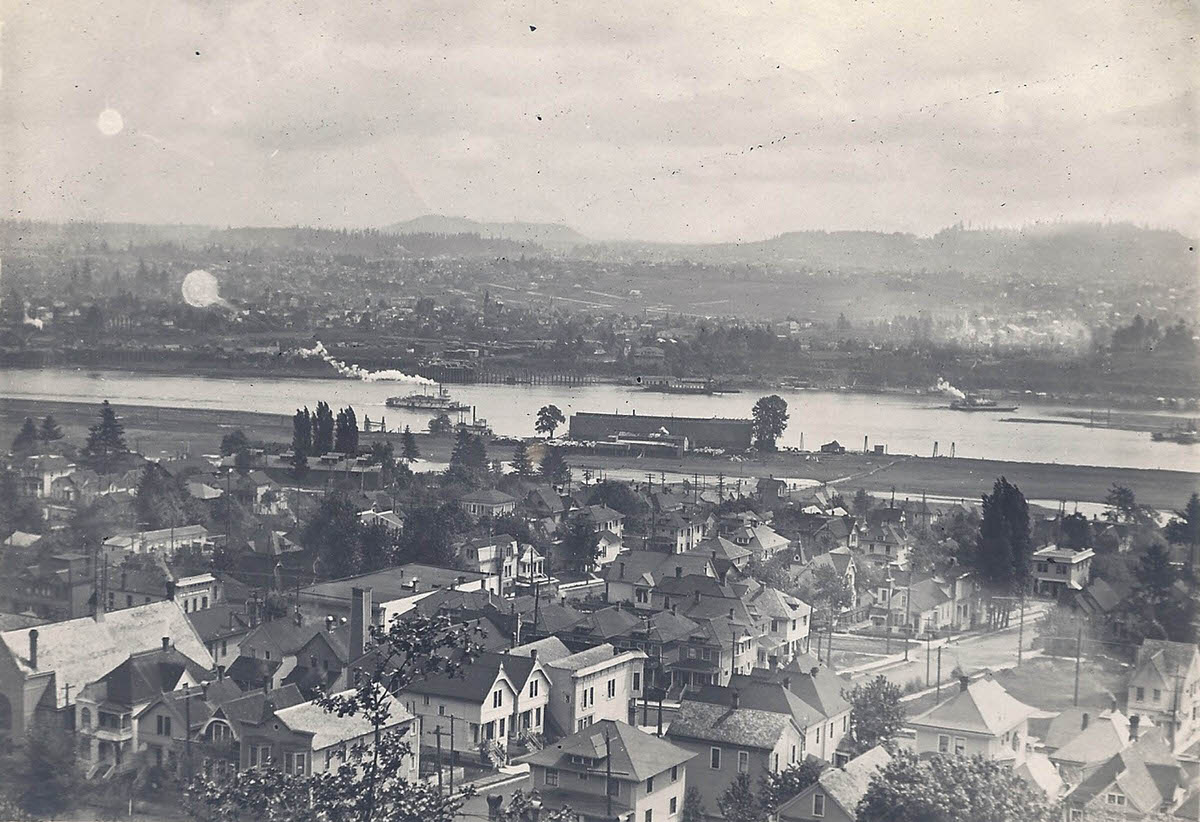
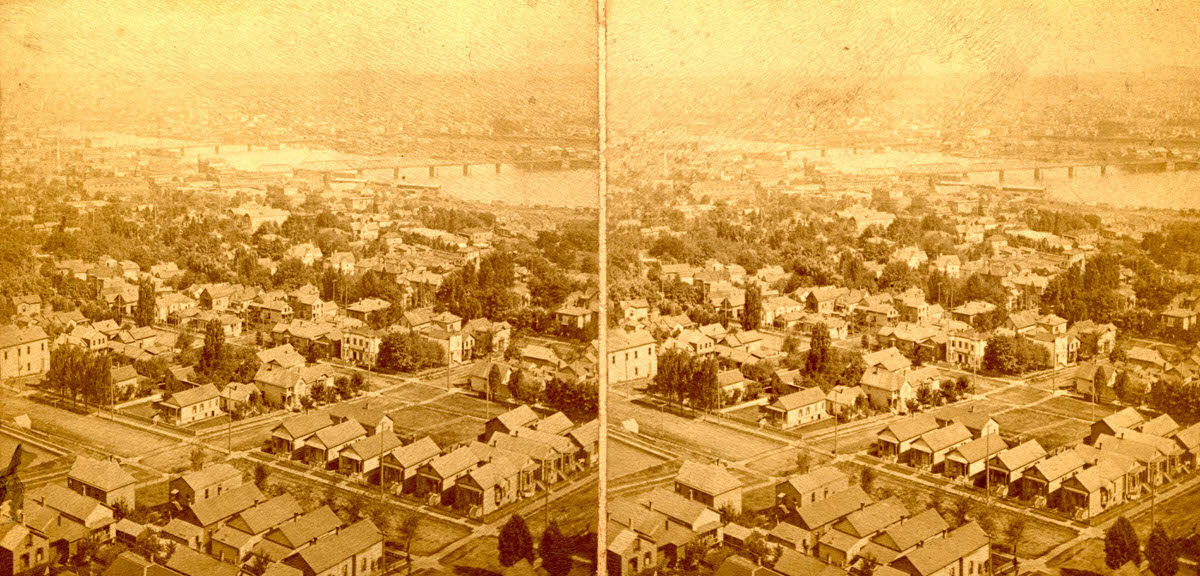
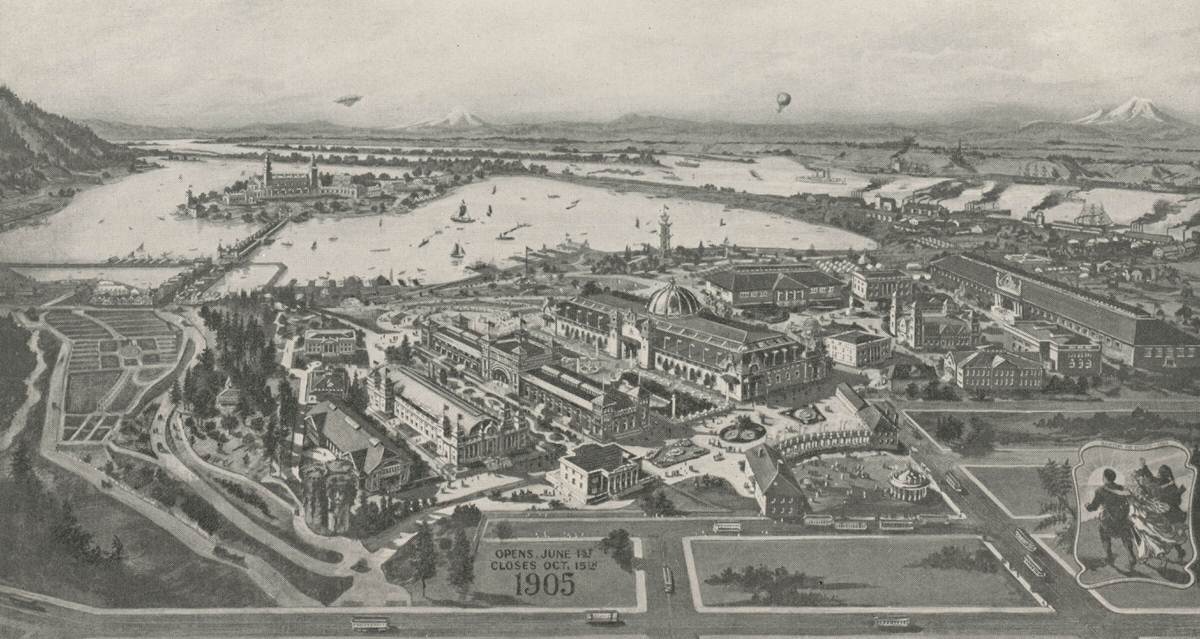

Those poor bears.
I’ve scrolled pretty far down… I wonder if goats were used in the Klondike gold rush.
It has been estimated that Larch trees were in abundance in this area around 1900.
Larch trees are pretty common in the area due to the presence of two Larch mountains.
These are just a novelty now to create a happy face in a sea of Douglas Fir.
There was much taxonomic confusion about Douglas Fir at the time. It was variously called “douglas spruce”, fir, larch, and even hemlock (that last confusion made permanent in its latin binomial Pseudotsuga menziesii). It is very doubtful that our current “Larch” mountains actually ever had any Larix species growing on them.
The 1970s were said to have been crime-ridden
It’s a real shame that the Portland Expo buildings didn’t survive
believe the IBM typewriter building survived, it moved and is the McMenamins St. Johns movie theater.
The real shame is the forestry building, it was gorgeous and lost due to a fire.
They were pretty, but most of them not built to last. Intentionally made with straw and plaster on skeleton beams to tear down shortly after.